
Home » Travel Guides » Germany » 15 Best Things to Do in Augsburg (Germany)

15 Best Things to Do in Augsburg (Germany)
The third oldest German city after Neuss and Trier, Augsburg was founded by the Romans in 15BC. The city had always been at the nexus of European trade, but its glory days arrived in Early Modern Age when the Fugger and Welser banking families amassed inconceivable wealth. That gave Augsburg the first Renaissance buildings north of the Alps, at the sublime City Hall and the lavish residence of the Fugger family.
Augsburg’s churches and galleries are brimming with Renaissance art, while the central Maximilianstraße has long rows of historic facades and three Mannerist fountains built for the city’s 1,600th birthday. With wealth came culture, and Hans Holbein the Elder and Leopold Mozart are just two Augsburg citizens who helped change the course of art and music.
Let’s explore the best things to do in Augsburg :
1. Fuggerei

The world’s oldest social housing project was started in 1516 by Jakob Fugger, the powerful merchant banker.
Within a decade 52 houses had been constructed, and the sequence of streets and squares, served by a church, became a kind of town of its own.
On eight streets, these long terraces of ivy-clad homes still have residents and the Fuggerei’s gates are still locked every day at 22:00. Those residents have to abide by similar rules to the ones set out 500 years ago, stipulating that they must be of the Catholic faith and pray for the souls of the Fuggers! The annual rent is a token €0.88, less than a quarter of what it costs to visit as a tourist.
One of the ground floor apartments has been kept as a museum to this extraordinary initiative.
2. City Hall

Built at enormous expense in the 1610s when Augsburg was at the peak of its powers, the City Hall is a reflection of the wealth and power of the city during the Renaissance.
On the outside that confidence is summed up by an outsized image of the Reichsadler, the Imperial Eagle beneath the pediment on the gable.
And inside the piece de resistance is the Goldener Saal, the Golden Hall, which is almost overwhelming for its brilliant gilded coffered ceiling, doorways and mural frames that hold allegorical paintings.
A bit more intimate and reserved is the Fürstenzimmer, which has intricate coffered ceilings, parquet floors and oil paintings on its wood-panelled walls.
3. Augsburg Cathedral

The oldest elements at Augsburg’s majestic cathedral are Romanesque and date to the 1000s, but the overriding style is Late Gothic from the 14th century.
This is what confronts you at the southern portal, which is rich in sculpture carved around 1356. The central column and tympanum has scenes from the Life of Mary, while the jambs and archivolts tell the stories of the apostles.
The northern portal from 1343 is just as decorative and depicts episodes from the Life of Jesus.
This is just for starters, at a church blessed with a wealth of art.
On the nave pillars are paintings by Hans Holbein the Elder, while medieval stained glass abounds, the oldest of which are high in the southern clerestory and were crafted at the end of the 11th century.
4. Schaezlerpalais

The former home of the 18th-century banker Benedikt Adam Liebert is a Rococo treasure in its own right.
It has dazzling gardens, courtyards and interiors, culminating in an exceptionally rich ballroom from the 1760s embellished with chandeliers, a grand ceiling fresco, high mirrors and masses of gilded stucco.
But the palace is also valued for its lavish art collections.
The German Baroque Gallery has pieces by 18th-century painters like Johann Heinrich Schönfeld and Georg Philipp Rugendas.
The Karl und Magdalene Haberstock Foundation is endowed with works by Canaletto, van Dyck and Veronese.
But maybe best of all is the State Gallery of Old German Masters, where you’ll find paintings by Hans Holbein the Younger, Lucas Cranach the Elder and Albrecht Dürer’s enduring portrait of Jakob Fugger.
5. Perlachturm

In the course of its 1,000-year history, Augsburg’s emblematic watchtower has come through a lot of changes.
The most significant was in the 1610s when it was altered to match the redesign of the City Hall.
Perlachturm now forms one of the most beautiful Renaissance ensembles north of the Alps.
The tower is 70 metres high and is open to visitors daily from Easter to November, as well as from Friday to Sunday during the Christmas market.
There are 258 steps to the top, and if a yellow flag is flying on the tower that means you’ll be treated to dreamlike vistas of the Alps.
Around St Michael’s Day on 29 September a gilded automaton of St Michael attacking the devil appears in the tower’s lowest window.
6. St Ulrich’s and St Afra’s Church

As an Imperial Abbey, St Ulrich’s and St Afra’s was essentially an independent enclave within the Free City of Augsburg.
The abbey was founded in the 900s while the current building has a Late Gothic design from the 15th century, easily recognised by its tower topped with a Baroque onion dome.
In the 93.5-metre nave you have to take some time to study the intricate star vaults, and the patterns become even more complex in the aisles.
In the choir you can inspect the altars carved from oak at the start of the 17th century by the sculptor Johann Schermer.
The church also holds the sarcophagi for the saints Ulrich, Afra and Simpertus, all former Bishops of Augsburg.
7. St Anne’s Church

Originally attached to a 14th-century monastery, St Anne’s Church experienced one of the key moments in the Reformation: In 1518 Martin Luther stayed here among the monastery’s Carmelite friars when he met the Papal Legate who wanted him to yield to the pope.
The church became Lutheran in 1545 and about 200 years later was given a Rococo update, decorated with dainty stuccowork and bold frescoes by Johann Georg Bergmüller.
The burial chapel of the Fuggers was started in 1509 and is Germany’s oldest example of Renaissance architecture.
You can locate the most famous member of the family, Jakob Fugger’s tomb and appreciate the vaults, stained glass and wall reliefs.
8. Augsburger Puppenkiste

Since 1948 the 17th-century Heilig-Geist-Spital (Holy Ghost Hospital) has been the home of Augsburg’s renowned puppet theatre.
The theatre earned a lot of fame in Germany during the second half of the 20th century when its adaptations of fairytales and contemporary children’s books were televised.
In this beautiful historical setting there puppet shows for kids, and still some more cerebral performances in the evenings aimed at grown-ups.
Upstairs all the theatre’s most famous marionettes are on display in the museum, and characters like Kater Mikesch, Urmel, Jim Knopf and Lukas der Lokomotivführer are beloved by generations of Germans.
9. Fuggerhäuser

The Fuggers themselves lived in a complex of interconnected houses and courtyards at Maximilianstraße 36. The first house and warehouse annexe was designed by Jakob Fugger himself from the 1510s onwards, using notes that he had made during his travels in Italy.
They became the first Renaissance home north of the Alps, and the complex expanded when neighbouring houses were bought absorbed into the original.
The courtyards are where the palace shines, and are the only elements open to the public.
The Damenhof for example was designed for the women of the family and has a beautiful arcade supported by marble Venetian columns.
10. Fugger-und-Welser-Erlebnismuseum

You may be keen to know more about the two merchant families who left an indelible mark not just on Augsburg, but also Europe and the rest of the world.
The Fuggers for instance took over from the de’ Medici family and had the European copper economy nailed down, while the Welsers’ power stretched to new German territories in the Americas like Venezuela.
The museum about the families is less about original artefacts, and instead tries to create an impression of the period through movies, ambient sound, projections and interactive displays.
It also tries to knit contemporary economic events into the time of these Renaissance mercantile families.
The building itself is a listed monument, built in 1530 and has loggias that have been closed up with windows.
11. Maximilianstraße

People have been walking this north to south street through the centre of Augsburg since the days of the Romans.
The northern stretch is on the Via Claudia Augusta Roman Road, a trade route from Germany to Rome.
The sheer number of historically significant monuments and buildings on Maximilianstraße is almost bewildering, and even after the attractions on this list there are three that deserve a mention.
These are the Mannerist fountains which as a trio are known as the Augsburger Prachtbrunnen (Augsburg’s magnificent fountains). They are the Augustus Fountain from 1594, the Mercury Fountain from 1599 and the Hercules Fountain completed in 1600. And all three are a link to Augsburg’s ancient origins having been crafted to commemorate the city’s 1,600th anniversary.
12. Augsburg Zoo

The city has had exotic animals since the 8th century when Charlemagne kept his pet Asian elephant here.
Fast-forward 1,300 years and Augsburg Zoo is now more than 80 years old, and one of the 20 largest in Germany, providing habitats for 1,600 creatures from 300 species.
The zoo is on the northernmost reaches of the Siebentischwald, a wide strip of woodland that pushes on to the south for 10 kilometres along the River Lech.
Some of the animals to keep in mind are the fur seals, the three-hectare savannah habitat with rhinos and giraffes, a new reptile house that opened in 2015. A big cat enclosure contains lions and tigers and there’s a sculpted rocky environment for mountain goats, ibexes and West Caucasian turs.
13. Botanischer Garten

What began as a nursery in the 1930s has flourished into a 10-hectare repository for flora from around the world.
There are now 3,100 species at this attraction, 1,200 of which are tropical and subtropical and grow in greenhouses.
Outside there’s an atmospheric Japanese garden, a rockery, a rose garden with 280 varieties, an apothecary garden, a farmer’s garden and a sunken garden for summer flowers.
On your amble along the paths you’ll pass some 450 species of shrubs and perennials.
The main greenhouse is a paradise of tropical specie like vanilla, banana trees, coffee bushes and cocoa trees.
And in late winter the smaller Victoria-regia house is filled with butterflies.
14. Mozarthaus

Such is the impact on European culture made by Wolfgang Amadeus Mozart that even places related to his family have become the objects of fascination.
The gabled 17th-century house where the great composer’s father, Leopold Mozart was born in 1719 is now a museum.
Leopold’s career was distinguished in its own way, as he also wrote music and became known as a leading music teacher through his “Violinschule”. He also taught Wolfgang Amadeus, discovered his talent and managed his career.
The audio-guided tour reveals handwritten letters, books, engravings, sheet music and musical instruments including an original grand piano by Johann Andreas Stein.
15. Zwetschgendatschi

One of the must-dos in Augsburg is to grab a slice of Zwetschgendatschi, a sheet cake with a shortcrust or yeast dough base covered with a layer of zwetschge plums.
It goes great with a cup of coffee, but there are few ways to try your Zwetschgendatschi: You can have it with whipped cream or a layer of Streusel, which is a crumbly mixture of sugar, butter and flour.
Purists on the other hand prefer it plain.
The cake has such a place in Augsburg’s heart that the city is sometimes called “Datschiburg”, and is supposed to be where the recipe was perfected.
15 Best Things to Do in Augsburg (Germany):
- Augsburg Cathedral
- Schaezlerpalais
- Perlachturm
- St Ulrich's and St Afra's Church
- St Anne's Church
- Augsburger Puppenkiste
- Fuggerhäuser
- Fugger-und-Welser-Erlebnismuseum
- Maximilianstraße
- Augsburg Zoo
- Botanischer Garten
- Zwetschgendatschi

18 Top-Rated Attractions & Things to Do in Augsburg
Written by Bryan Dearsley Updated Dec 22, 2023 We may earn a commission from affiliate links ( )
Augsburg, the third largest city in Bavaria after Munich and Nuremberg, should rank highly on your list of the top places to visit in Germany. This ancient and famous imperial city was once the home of the two great medieval merchant dynasties of the Fuggers and the Welsers and is now the chief town of the administrative region of Bavarian Swabia (Bayerisch-Schwaben).
Once connected with Verona by the Via Claudia, an ancient Roman road, Augsburg's favorable location promoted it as a center of commerce. These days, the city has a very active cultural life, something that grew exponentially after the University of Augsburg opened its doors in 1970.
Top things to do in Augsburg include exploring the historic old town on foot. This is an especially fun experience during the famous Augsburg Christmas Market (Augsburger Christkindlesmarkt). Also worth noting: one of the most popular tourist routes in Germany, the Romantic Highway (Romantische Strasse) runs from the main valley via Augsburg to Füssen on the Austrian frontier and includes some of the most quintessentially German scenery.
You'll find the best places to visit in this beautiful Bavarian city with our list of the top attractions and things to do in Augsburg, Germany.
See also: Where to Stay in Augsburg
1. 1,000 Years and Counting: See Augsburg Cathedral's Ancient Windows
2. step inside augsburg town hall, 3. climb the 1,000-year-old perlachturm, 4. take a stroll through augsburg's "little town": the fuggerei, 5. birth of a family legacy: leopold mozart house augsburg, 6. visit maximilianstrasse and the maximilian museum, 7. the german baroque gallery and schaezler palace, 8. st. ulrich's and st. afra's abbey, 9. stroll through augsburg botanical gardens, 10. take the kids to zoo augsburg, 11. ride a train at augsburg railway park, 12. try white water rafting at augsburg eiskanal, 13. enjoy a puppet show at augsburger puppenkiste, 14. internationales maskenmuseum (mask museum), 15. explore the augsburg textile and industry museum (tim), 16. the swabian craft museum & the red gate, 17. visit the birthplace of bertolt brecht: brechthaus, 18. be transported at the man-museum, where to stay in augsburg for sightseeing, map of attractions & things to do in augsburg.
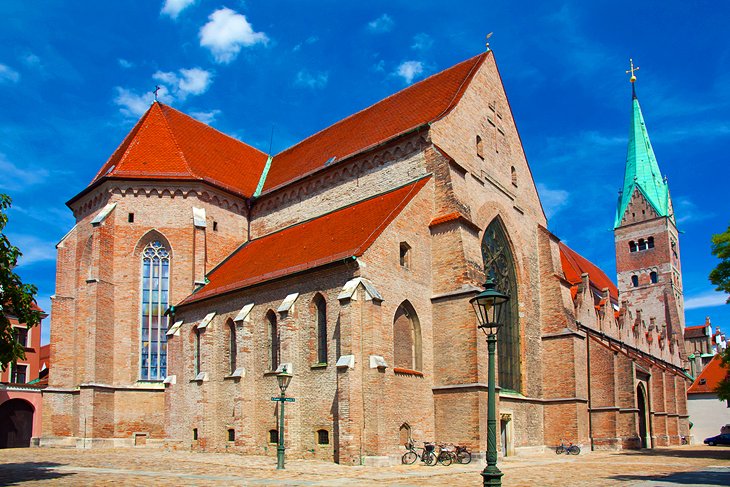
Augsburg Cathedral (Augsburger Dom), a Roman Catholic structure built around 1065 with additional features added later in the 14th century, is one of the city's top tourist draws. It's also one of Europe's more unusual cathedrals, largely due to its lack of a true façade, as well as its twin choirs.
Another notable feature is its large bronze door. Dating from the 11th century, the door is now located in the cathedral's Diocesan Museum (Diözesanmuseum) and is famous for its 35 relief panels depicting Old Testament scenes.
Perhaps the cathedral's best-known features, however, are the five stained-glass windows located on the south side of the nave. Containing what's believed to be the world's oldest surviving figural stained glass, these priceless windows date from around AD 1100 and are well worth taking a peek at. Known as the "Prophet Windows," these rare works of art depict biblical characters, including David, Jonah, and Moses.
Also of note are the cathedral's four side altars. These contain altarpieces by Hans Holbein the Elder, the Bishop's Throne with its pair of crouching lions, a number of important bronze tombs, and a 10th-century crypt.
Address: Frauentrostraße 2, D-86152, Augsburg, Germany
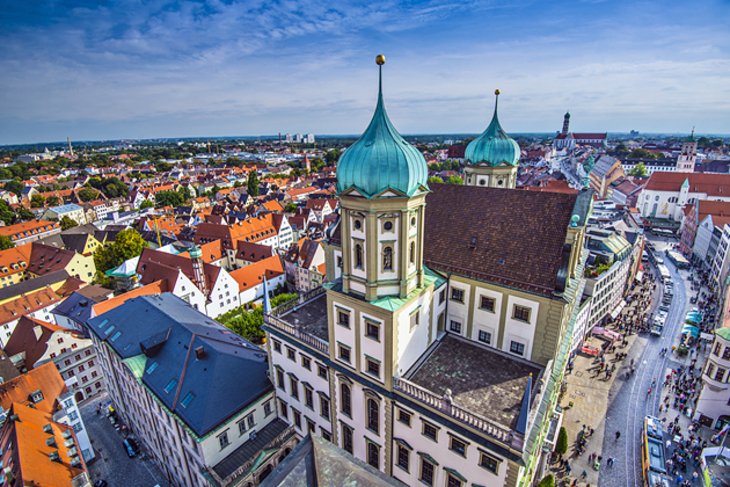
In the center of Augsburg stands the old Town Hall (Augsburger Rathaus). Completed in 1624, this massive Renaissance building is popular as much for its spectacular interior as it is for its exhibits relating to the city's rich and fascinating past.
Notable rooms include the Lower Fletz with its huge marble columns and vaulted ceiling, and the stunning Golden Hall, or Goldener Saal. Widely regarded as one of the most impressive examples of German Renaissance architecture, this massive hall with its 14-meter-high, richly-decorated ceiling and exquisite golden wall decor was completed in 1643.
A visit should include checking out the Lower Fletz, the ground floor area. This impressive public space is used to host a variety of interesting exhibits relating to the city's rich past.
Address: Rathausplatz 2, 86150 Augsburg, Germany
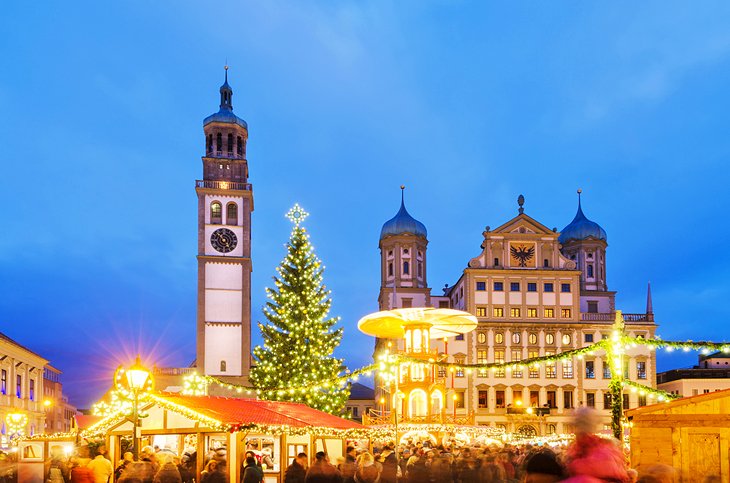
If you're able to tackle a 258-step climb, then right across from the Town Hall is the equally interesting Perlachturm. This remarkably well-preserved 10th-century watchtower boasts commanding views over the city from its observation deck.
One of the city's tallest buildings, this impressive 70-meter-high structure was built in AD 989 as a watchtower. Interestingly, however, it only attained its current height in the 16th century, when the clock face and a bell were added.
Believed to be named for its role as a place where official pronouncements were read to citizens, it has long been a focal point for celebrations and festivals. In fact, records indicate animals were caged in its lower section between performances (dancing bears were a thing in Europe in medieval times).
These days, the tower stands tall above such events as the city's spectacular Christmas Market. Although connected to St. Peter Church, it serves predominantly as a viewing platform.
Address: Rathausplatz, 86159 Augsburg, Germany
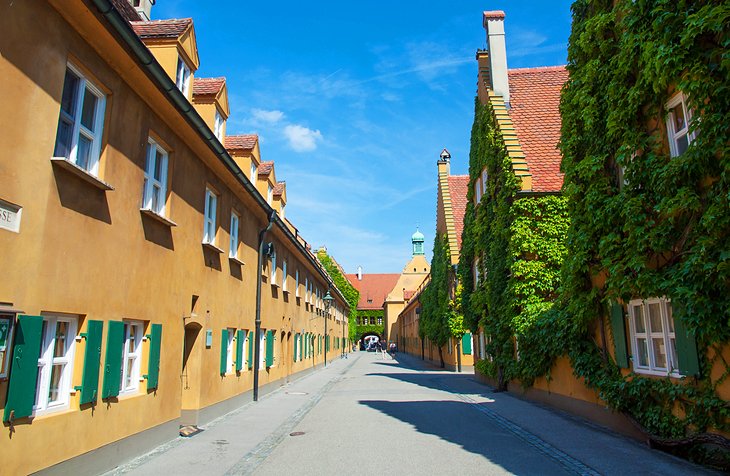
The Fuggerei, a little "town within the town" in Augsburg, is a wonderful area to explore on foot. You can enter through one of the community's four gates to see picturesque old homes, originally built to house the town's poorer Catholics. Founded by the Fugger family in 1521, the community consists of 67 buildings, 142 residences, and a church, and is the oldest social housing scheme in the world that's still in use.
Today's occupants are still only required to pay an annual rent of one Rhenish guilder, the equivalent of about '1. However, they must abide by a set of interesting rules that include a daily prayer with mention of the original founders. In addition to the excellent museum and display home with its original furnishings, visitors also have access to a WWII bunker.
Be sure to check out the charming small Catholic church located nearby, too. Also of interest is Fugger Palace , constructed in 1512 and with charming and attractive inner courts built in Italian Renaissance style (only the courtyards are open to the public). Guided tours are available.
Address: Jakoberstraße 26, 86152 Augsburg, Germany
Official site: www.fugger.de/en/home.html
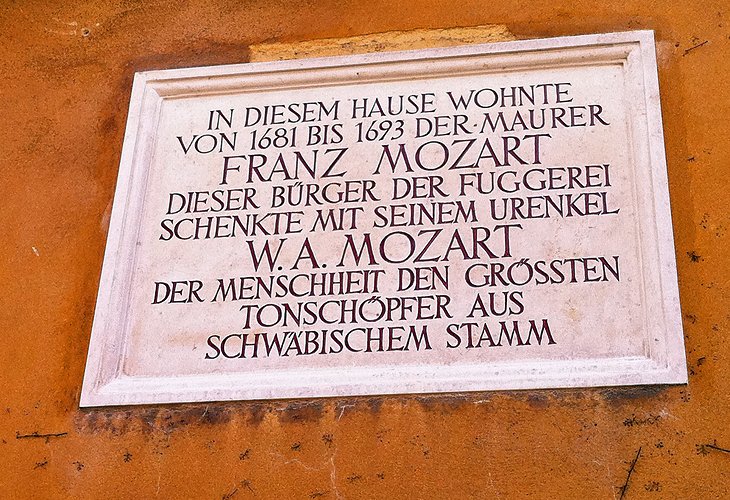
Leopold Mozart House Augsburg - formerly the Mozarthaus - is located in the historic Fuggerei area of Augsburg. It was here that Leopold Mozart, the great composer's father and an accomplished musician himself, was born in 1719. Now a fascinating museum, the attraction offers a glimpse into the life of the Mozart family. Exhibits include engravings, books, letters, and original musical scores, as well as a fine collection of historic musical instruments.
If visiting in late August to early September, be sure to catch the superb German Mozart Festival . This two-week event features performances of chamber music by Mozart and his contemporaries.
Address: Frauentorstrasse 30, 86152 Mozart, Augsburg, Germany
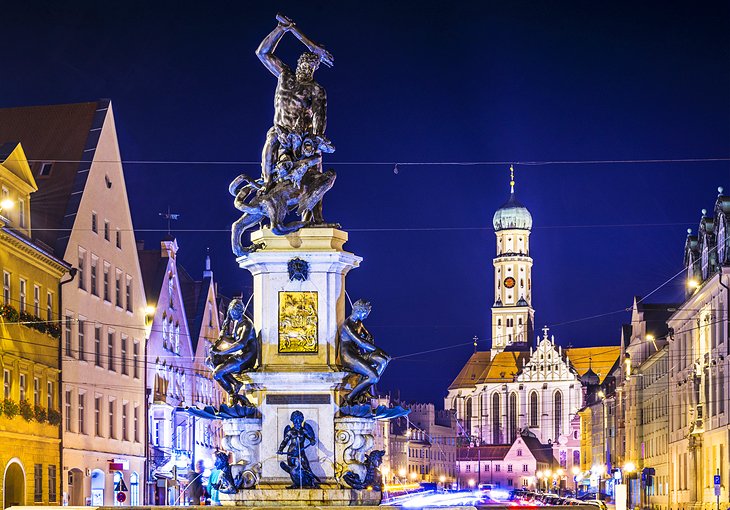
Maximilian Street - or Maximilianstrasse - lies in the heart of Augsburg where the old Roman road connecting Germany and Italy began. It's a marvelous old street to wander along. It's also a great shopping destination, especially at night. And if you're in the mood for a memorable dining experience after a day of gallery and attraction hopping, there are numerous restaurants to choose from.
A fun thing to do on this historic street is pay a visit to the Maximilian Museum with its vivid portrayal of the history, art, and culture of Augsburg. Located in a palatial 16th-century former merchant's house, the museum's exhibits of decorative arts include sculptures, work by local gold and silversmiths, and artifacts from the town's rich history.
Address: Fuggerplatz 1, 86150 Augsburg, Germany
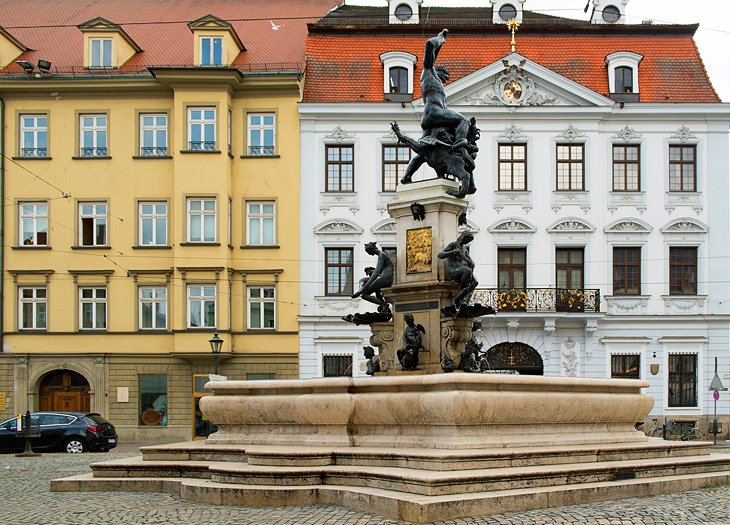
Schaezlerpalais, a lovely old Rococo mansion famous for its large and exquisitely decorated Baroque ballroom dating back to 1765, is now home to the German Baroque Gallery (Deutsche Barockgalerie) and the State Gallery . Highlights of these two excellent collections include early works by German masters such as Holbein the Elder, Hans Burgkmair the Elder, and Albrecht Dürer.
There are also a number of works from the Augsburg and Swabian schools dating from the Middle Ages and Early Renaissance. In front of the palace is the ornate Hercules Fountain . Another gallery of note - and in a much more modern building - is the Glaspalast , home to the Walter Art Museum and its more than 600 modern works of art.
Address: Maximilianstrasse 46, 86150 Augsburg, Germany
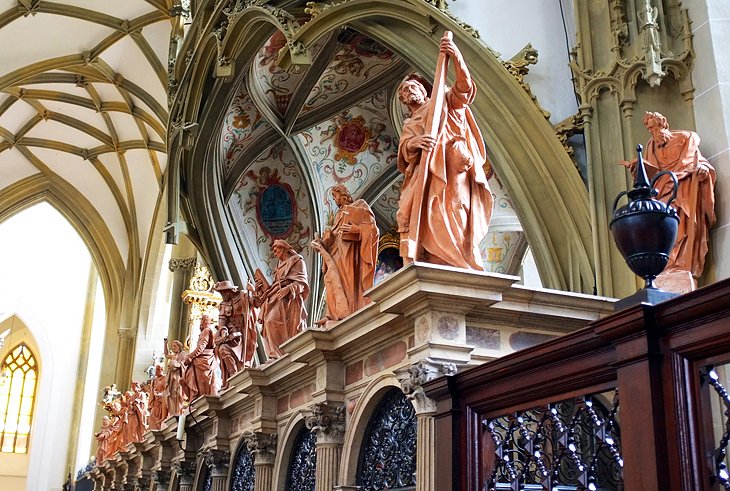
St. Ulrich's and St. Afra's Abbey (Kloster Sankt Ulrich und Afra Augsburg) is an old Benedictine structure built around 1500. Together with the quaint little Protestant St. Ulrich's Church , built in 1458, it forms an attractive architectural ensemble well worth exploring.
The abbey was built in the Renaissance and Baroque styles, and highlights include its Gothic furnishings and décor. Also here are the tombs of Saints Afra (who died in AD 304), Ulrich (died AD 973), and Simpert (died AD 807) in its crypt. Be sure to also visit St. Ann's Church , a medieval structure built in 1321, which is famous for its elaborate interior.
Address: Ulrichspl. 19, 86150 Augsburg, Germany
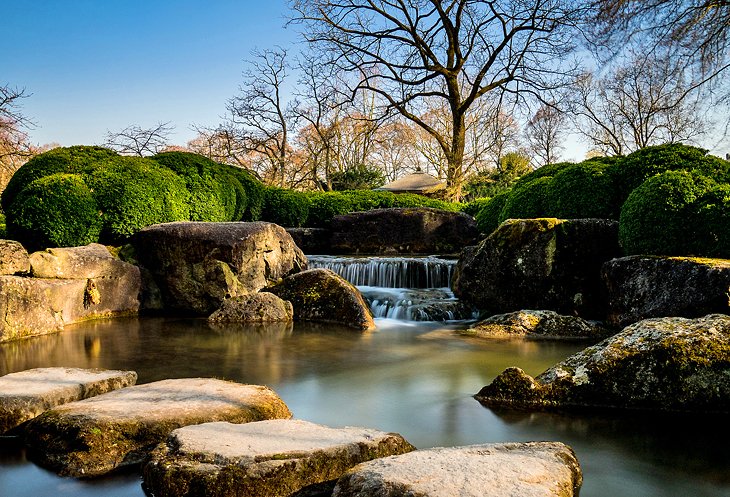
The 25-acre Augsburg Botanical Gardens (Botanischer Garten Augsburg) was built in 1936 and remains a lovely public space for a pleasant stroll. Highlights are the themed gardens, which include an authentic Roman-era garden (the area was once a Roman colony), a Japanese Garden, rose garden with more than 280 different varieties, medicinal herb garden, and vegetable and crop garden.
More than 3,000 species are found here, ranging from perennials to wild herbs and grasses. Particularly enjoyable are the 1,200 plant species under glass, as well as more than a million onion plants, cacti, climbing plants, and a sage garden. A good time for a visit are the months of February and March, when butterflies hatch and create a colorful display in the tropical greenhouses. Educational guided tours are available.
Address: Dr.-Ziegenspeck-Weg 10, 86161 Augsburg, Germany

Paying a visit to Zoo Augsburg is fun thing to do for families traveling with younger children and teens. In fact, Augsburg has a long tradition of playing host to exotic species of animals, with records showing that as far back as AD 800, Emperor Charlemagne kept his pet elephant within the city walls.
These days, the zoo is home to some 2,000 creatures representing 300 different species of mammals, birds, reptiles, amphibians, and insects. Spread across the 55-acre site are such animal favorites as rhinos, meerkats, giraffes, lions, zebras... and yes, elephants, too!
A visit to this zoo is a delightful experience to share with the kids, made all the more fun thanks to the wonderful shady walkways leading you past the enclosures, ponds, and meadows. There's also a restaurant on-site, as well as a fun adventure playground. English language guided tours are also available.
Those wanting to learn more about Bavaria's rich flora and fauna should include a visit to Augsburg's Natural History Museum on their itinerary. Highlights include interesting displays related to the region's wildlife through the ages, as well as its unique geology.
Address: Brehmpl. 1, 86161 Augsburg, Germany
Official site: www.zoo-augsburg.de/englisch/
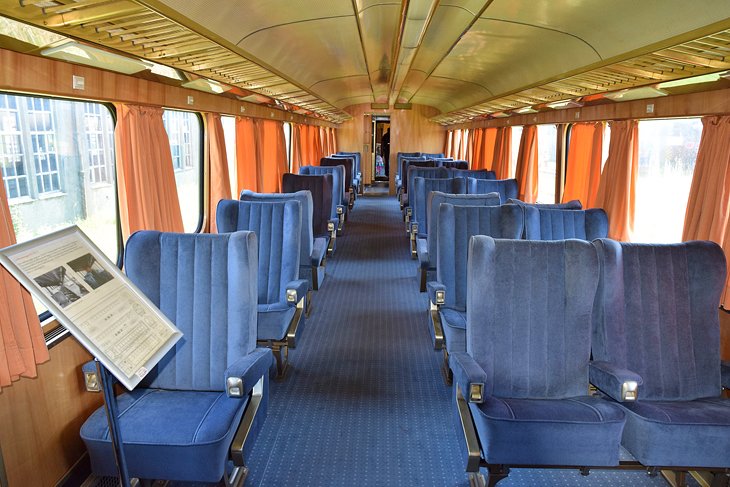
A popular point of interest for those with a hankering for steam trains and railways, Augsburg Railway Park (Bahnpark Augsburg) is well worth a visit. The park consists of displays of some 29 steam, diesel, and electric locomotives from across Europe. Best of all, you're free to wander around (and in some cases, in ) many of these mighty machines and the collection of rolling stock on display in its roundhouse.
For a real treat, try to time your visit to coincide with one of the special rail excursions , when select locos head out on the adjoining main line special tours. Other highlights include the huge turntable used to move the locomotives - some of which are over 100 years old - in and out of the roundhouse, three engine storage halls, plus a workshop and blacksmith shop still in use today.
One train you should definitely visit is an original engine and carriages from the famous Trans Europ Express (TEE) service. The museum also hosts special themed events focusing on the country of origin of any one of its engines, as well as regular jazz concerts during the summer. There's also an on-site restaurant, and a great model train display the kids will enjoy.
Address: Firnhaberstraße 22C, 86159 Augsburg, Germany
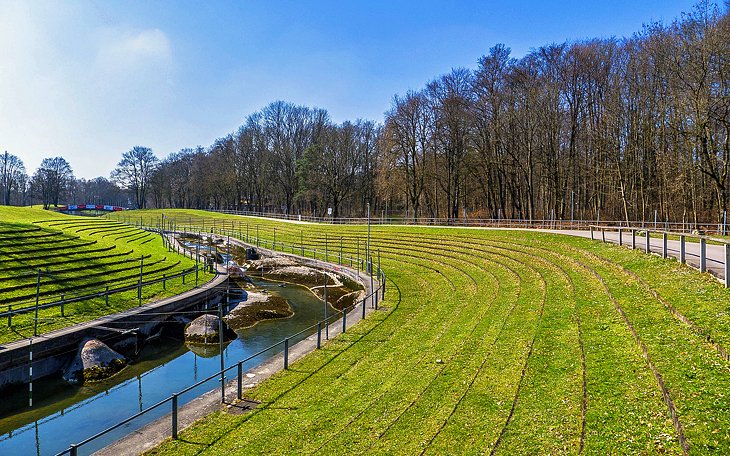
The Augsburg Eiskanal is well known as the world's first ever artificial white water river. It was built for the 1972 Summer Olympics held in nearby Munich and used for the canoe and kayak slalom events. A model for numerous Olympic white water venues since, as well as more than 50 similar facilities around the globe, Eiskanal is still often used for World Championship and World Cup events.
Visitors are now able to experience the facility for themselves thanks to a series of fun white water rafting excursions. The adventure includes a professional guide, and the rafts themselves can carry up to five guests (wetsuits provided). Even when not in use, it's wonderful as a backdrop to a stroll through what is one of the greenest areas of Augsburg.
Address: Am Eiskanal, 86161 Augsburg, Germany
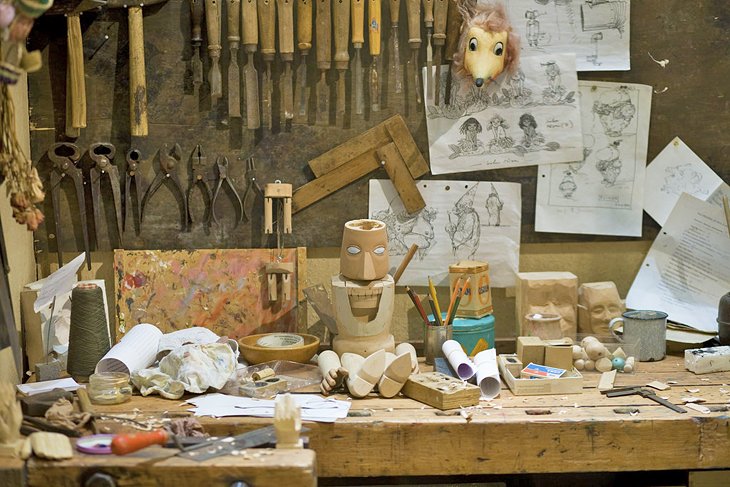
Looking for a unique cultural experience to share with the kids? If so, a fun thing to do is visit Augsburger Puppenkiste (Augsburg Puppet Museum). This quirky theater-cum-museum dedicated to the art of puppetry has been family-run since it opened in 1948.
The museum (Die Kiste) includes a variety of fascinating displays dedicated to puppets and marionettes, including a workshop showing how these wonderful wood creations are made and displays of historic puppets. It also features some of the sets used on the family's popular TV show that ran from the 1950s through to the 1970s.
The theater itself offers a variety of fun performances, including adaptations of famous fairy tales from the Brothers Grimm. Although most productions are in German, there's enough action for kids to understand what's going on in these familiar stories. If visiting at Christmas time, check out the theater's popular Nativity show, as well as its seasonal pantomimes. A number of shows aimed at an adult audience are also produced, including classic plays, operas, and musical works.
Address: Spitalgasse 15, 86150 Augsburg, Germany
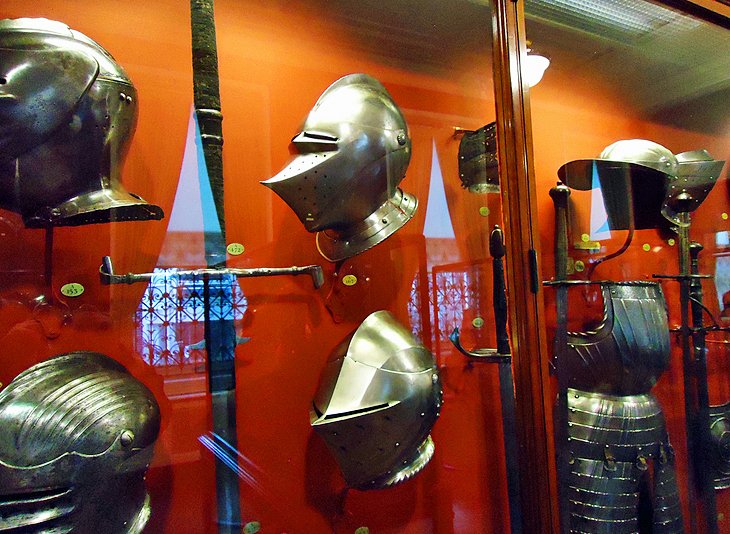
The fun and fascinating Internationales Maskenmuseum, also known simply as the Mask Museum, features more than 8,000 traditional and modern masks from across the globe.
Located in the small community of Diedorf just five kilometers from Augsburg, this amazing collection includes 1,300 masks from Europe, 1,200 from Africa, 500 from the Americas, 500 from Asia, and 150 from Oceania, each made from either cloth, wood, or clay. Guided tours are available, and entrance is by request only.
Address: Lindenstrasse 1, 86420 Diedorf, Germany
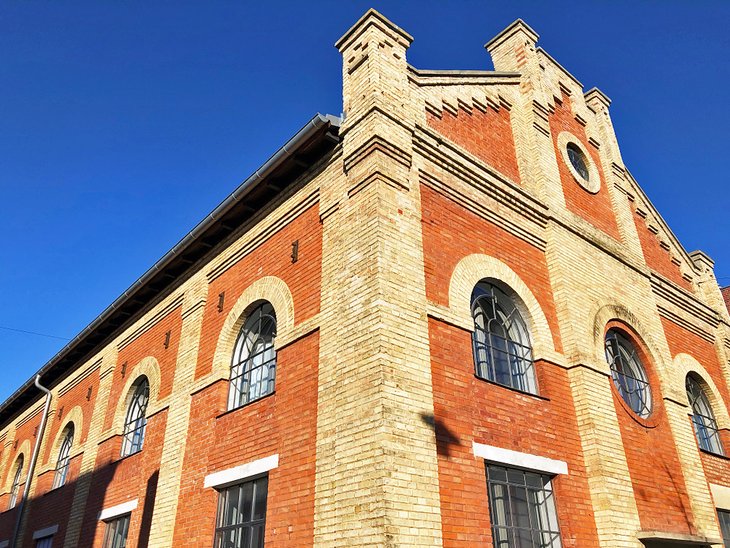
Augsburg has long been known as a center for producing quality textiles. The textile industry's importance can in fact be seen everywhere, from the presence of numerous old factories and warehouses preserved in the city's Textile District ( Textilviertel ), to a number of attractions dedicated to celebrating this rich heritage.
A great opportunity to learn more about the region's industrial past can be enjoyed at the Augsburg Textile and Industry Museum (TIM). Housed in an old spinning mill that was built in 1836 and in operation until 2004, this interesting museum provides a fascinating insight into what was Augsburg's main industry during the 19th century.
Original machinery is used to demonstrate the manufacturing process, from the creation of the textiles themselves right up to their being used for clothing. Other highlights include a huge collection of fabric designs from the 18th to 20th centuries, displays relating to the conditions for workers, as well as frequently changing temporary exhibits.
It's also a great place to teach the kids about textiles, especially with its many hands-on experiences, including a chance to see fashions up close on the museum's catwalk. If you can spare 1.5 hours of your time, be sure to book a guided tour of the facility, and if you're hungry, there's a first-rate restaurant on-site with a lovely outdoor patio.
Address: Provinostraße 46, 86153 Augsburg, Germany
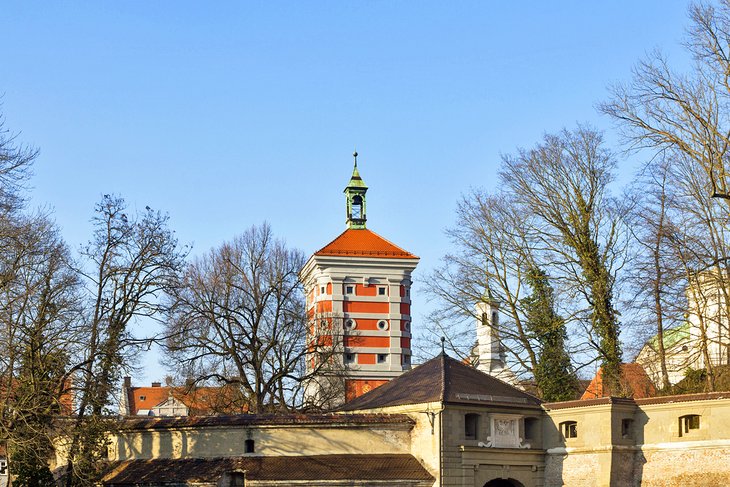
Located just around the corner from the puppet museum in the old part of Augsburg is the Swabian Craft Museum (Schwäbisches Handwerkermuseum). This interesting museum is worth a visit for its many displays of regional ancient crafts and trades, including authentic reproductions of period workshops and demonstrations of the kind of traditional skills that helped turn Augsburg into a commercial and industrial center.
Featured trades include everything from carpentry to shoemaking, with live demonstrations of the tools and customs associated with these once common trades. Given its location in old Augsburg, it's also worthwhile spending time exploring the other nearby attractions, from the historic city walls to Rotes Tor (the Red Gate ), notable for its tall 17th-century tower. Here, you'll also see two old water towers, the 17th-century Heilig-Geist-Hospital, and an open-air theater.
Address: Beim Rabenbad 6, 86150 Augsburg, Germany
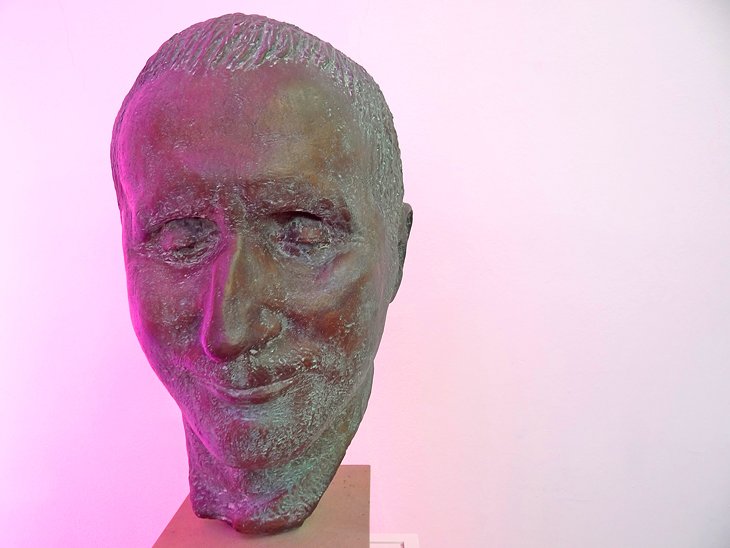
Another famous residence is Brechthaus, the home where poet and playwright Bertolt Brecht was born in 1898. Located in the city's old quarter overlooking a canal connected to the river Lech, the home - just steps away from the Town Hall - is worth visiting for the Bert Brecht Memorial . Here, you'll find a collection of interesting artifacts relating to the writer's life and times, including a number of first editions of his work and artworks he owned.
Other highlights are his mother's still-furnished bedroom, an original stage design, as well as an interesting collection of death masks belonging to his contemporaries. While here, you'll have access to a sizable reference library; fascinating video installation; as well as a useful video guide, which allows you to learn more about each of the exhibits as you view them.
Address: Auf dem Rain 7, 86152 Augsburg, Germany
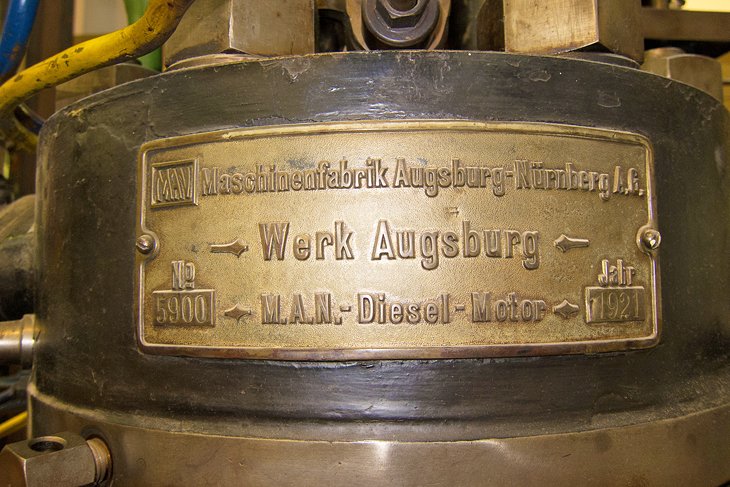
Another interesting attraction dedicated to Augsburg's deep connections to the transportation industry is the MAN-Museum. Celebrating the achievements of the creator of the first diesel engine, Rudolf Diesel , this fascinating museum makes good use of its displays of photos, models, and machinery to trace the history of the diesel engine through the decades since he built his first experimental engine in 1895, a machine that can be seen on display here.
Also on display are exhibits relating to the company's earlier products, which focused predominantly on printing presses. Other highlights include a variety of MAN products including buses, trucks, and service vehicles such as a fire engine.
Also worth checking out is the Mazda Classic Car Museum in Frey. This impressive museum constitutes the largest overseas collection of cars made by Japan's Mazda corporation, and includes 120 classics from the 1930s to the present day. To round off your day, head over to the interesting Balloon Museum (Ballonmuseum Gersthofen) for a fascinating look at a completely different mode of transport.
Address: Heinrich-von-Buz-Straße 28, 86153 Augsburg, Germany
Whatever time of year you choose to travel, Augsburg is a delightful historic city to explore and is easy to navigate on foot. To help you make the most of your stay in this exciting cultural destination in Bavaria, we recommend these centrally located hotels in Augsburg, all of them situated near top attractions such as Augsburg Cathedral and the town hall.
Luxury Hotels :
- Located in the heart of old town Augsburg, Hotel Maximilian's is a luxury hotel in a magnificent 18th-century building that offers a selection of standard rooms, as well as larger suites and apartments, some with kitchenettes (be sure to try out the Asian-style spa).
- Although a little farther away from the main attractions, its proximity to a railway station makes Ringhotel Alpenhof Augsburg a good choice, especially if you opt for one of the luxurious junior suites or, better still, the multi-roomed apartments.
Mid-Range Hotels :
- A great location for those looking to explore attractions such as the Puppet Museum, the City Hotel Ost am Ko is a good mid-range offering with fresh, modern décor, a free tasty breakfast, a sauna, plus a relaxation zone.
- Just steps away from the Fuggerei and Mozarthaus, the three-star Dom Hotel comes with a mix of comfortable rooms, suites, and apartments with kitchenettes. Amenities include an indoor pool and sauna.
- Also worth looking into is the charming Hotel Villa Arborea , located near the Augsburg Zoo, a three-star Mediterranean-themed hotel offering a free breakfast.
Budget Hotels :
- The Ibis Budget Augsburg City is a great choice for those seeking good quality, affordable accommodation near the city's top attractions (free parking included).
- Also worth considering are the Holiday Inn Express Augsburg , popular for its complimentary breakfast buffet; and the Übernacht Hostel , offering no-frills dorm-style accommodations, as well as a number of private suites and apartments.
More Related Articles on PlanetWare.com
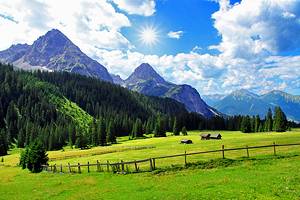
Beautiful Bavaria : Augsburg makes a great jumping-off point to explore the other attractions of beautiful Bavaria . Less than an hour to the southeast is the state's capital, Munich , home to some of the country's most spectacular palaces, public squares, and cathedrals. Less than two-hours' drive to the north (and just over an hour by train) is the city of Nuremberg , home to the National Germanic Museum, the country's largest collection of German art and cultural artifacts, and the majestic medieval Nuremberg Castle. Although a little farther than Nuremberg, the pretty university town of Würzburg is certainly worth the effort, especially for its many well-preserved historic buildings.
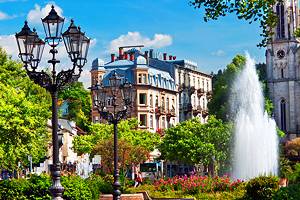
Easy Day Trips from Augsburg : Two hours west of Augsburg are more sightseeing opportunities in the beautiful city of Frankfurt . Famous for its Old Town (Altstadt), with its large Römerberg public square, it's a delightful historic city to explore on foot. Stuttgart is also an easy drive, and is the home of the famous Mercedes-Benz luxury car brand, and unsurprisingly, a great related attraction: the excellent Mercedes-Benz Museum. Drive just a little farther west, and you'll find yourself in Baden-Baden , famous for its hot springs and baths, and perhaps the most beautiful of Germany's many picturesque small towns.
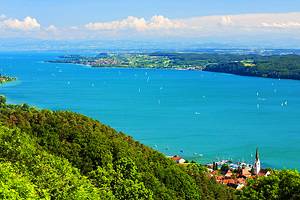
Back to Nature : For a change of scene from Germany's many beautiful towns and cities, head to the countryside for a fun back-to-nature experience. One of the most picturesque regions within an easy drive of Augsburg is Lake Constance , an area of outstanding natural beauty with numerous nature reserves, parks, and hills waiting to be explored. Then, of course, there's the famous Black Forest . One of the most visited parts of Germany, the region's tree-covered hills are a big draw for adventurers, from climbers to hikers and mountain bikers, and can also be reached easily from Augsburg. Even closer are the attractions of stunning Garmisch-Partenkirchen , a popular year-round holiday destination, situated in the Bavarian Alps, which is particularly popular for its excellent ski conditions.
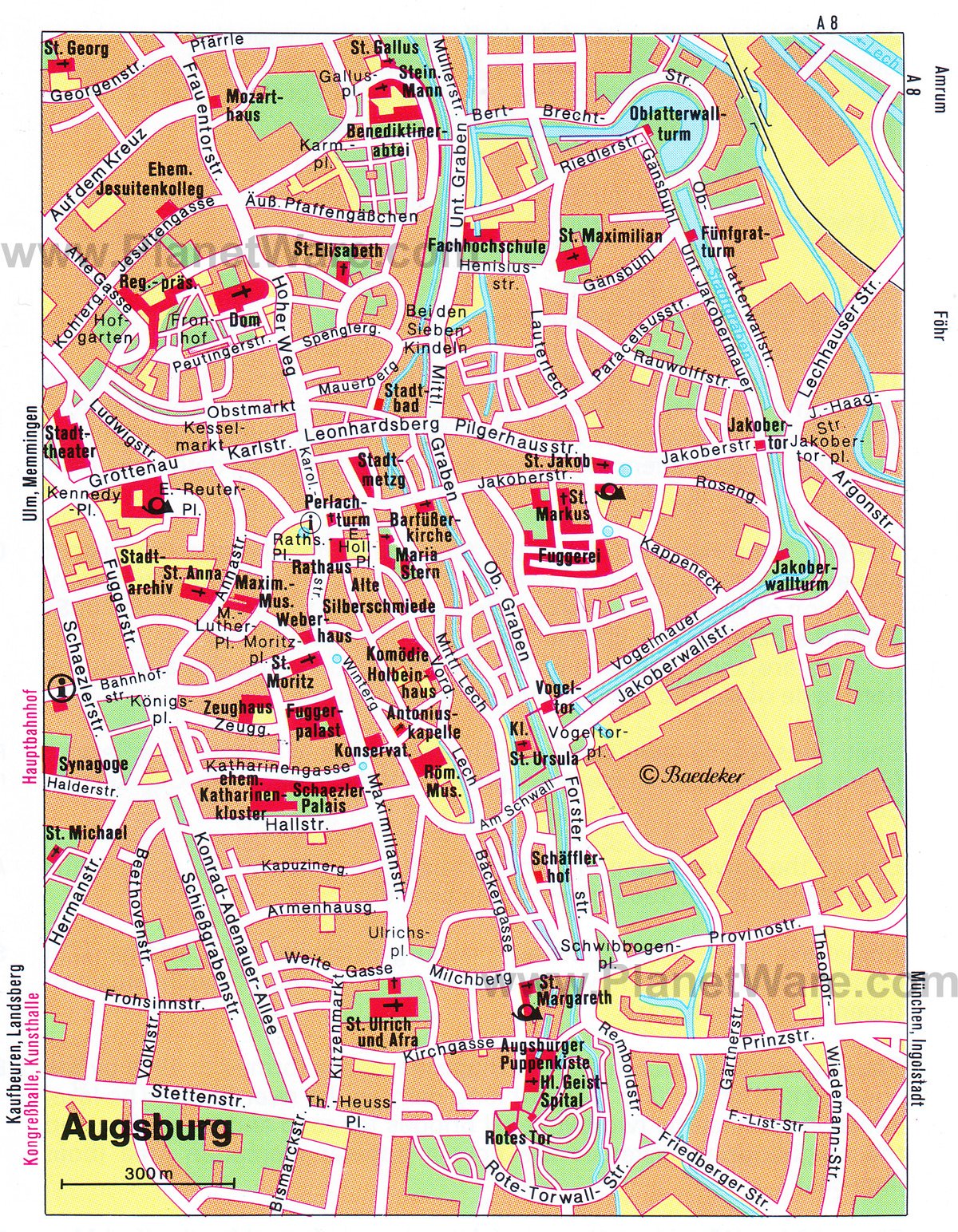
More on Germany

- 20 Must Visit Attractions Augsburg...
22 Must-See Attractions in Augsburg, Germany

The university town of Augsburg , Bavaria, was founded by the Romans in 15 BC, making it the oldest city in Bavaria and the second oldest in Germany. This city boasts a beautiful silhouette of historic architecture and is steeped in culture. Read on to find out how to get the most out of a stopover in Augsburg.
Perlach tower, augsburg rathaus, the german baroque gallery and the schaezler palace, augsburg cathedral.
Cathedral, Church

Become a Culture Tripper!
Sign up to our newsletter to save up to $1,200 on our unique trips..
See privacy policy .
Mozarthaus Augsburg
Augsburg railway park.
Museum, Park
Augsburg Zoo
Botanical Garden, Forest, Zoo
The Vogeltor
Augsburger puppentheatermuseum, botanical gardens, textil- und industriemuseum, maximilian museum, st. ulrich's and st. afra's abbey, fugger und welser erlebnismuseum, augsburg eiskanal, internationales maskenmuseum, st. anne's church.
Church, Building

See & Do
Craft and culture in the lesser-known gems of eastern germany.

Architecture
Breathtakingly beautiful buildings in germany.

The Underrated German City Perfect for a Weekend Getaway

Stay Curious: Experience Germany From Your Living Room

Guides & Tips
The story behind germany's neuschwanstein castle.

Places to Stay
The best hotels to book in thuringia, germany.

The Best Hotels in Germany for Every Traveller

The Best Spa Hotels in Baden-Baden

Top Tips for Travelling in Germany

The Best Hotels to Book in Garmisch for Every Traveller

10 Reasons Why You Should Visit Bavaria

A Voyage Through Germany: the Lowdown on River Cruising
Culture Trip Summer Sale
Save up to $1,200 on our unique small-group trips! Limited spots.

- Post ID: 1832499
- Sponsored? No
- View Payload
- Travel guides
- Luxury Hotels
- Munich guides

The 10 best things to do in Augsburg, Germany
Everything you need to know to plan your trip. where to stay, when to go and the best things to do in augsburg..
Are you planning to visit Germany? And are you wondering about the best places to visit in Augsburg? Then you certainly came to the right place: My detailed Augsburg travel guide will tell you everything you need to know.
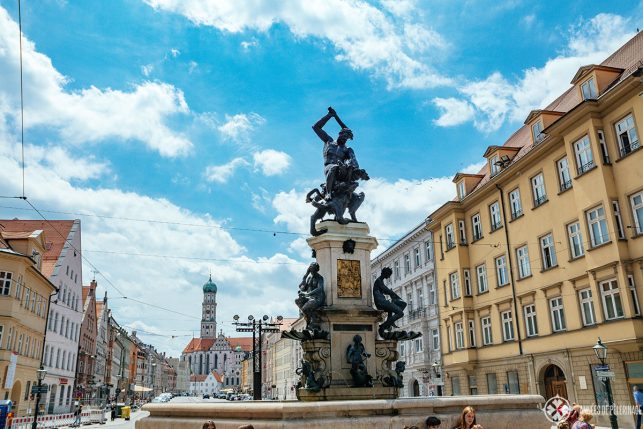
The Capital of Swabia surely is among the top 20 day trips from Munich . As a local, I made sure to include all the obvious and none-obviously tourist highlights and points of interest in Augsburg.
So, let’s get started with my list of the best things to do in Augsburg, shall we?
1. Augsburg Town Hall
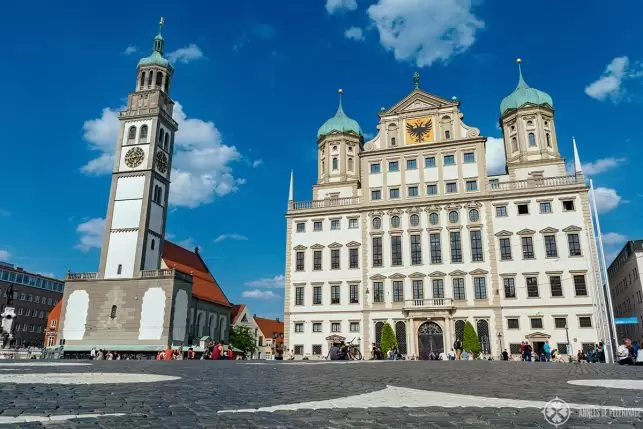
The most famous tourist attraction in Augsburg is probably the Augsburger Rathaus (town hall). It’s widely acclaimed as the most important Renaissance-style building north of the Alps and was build between 1615 and 1625.
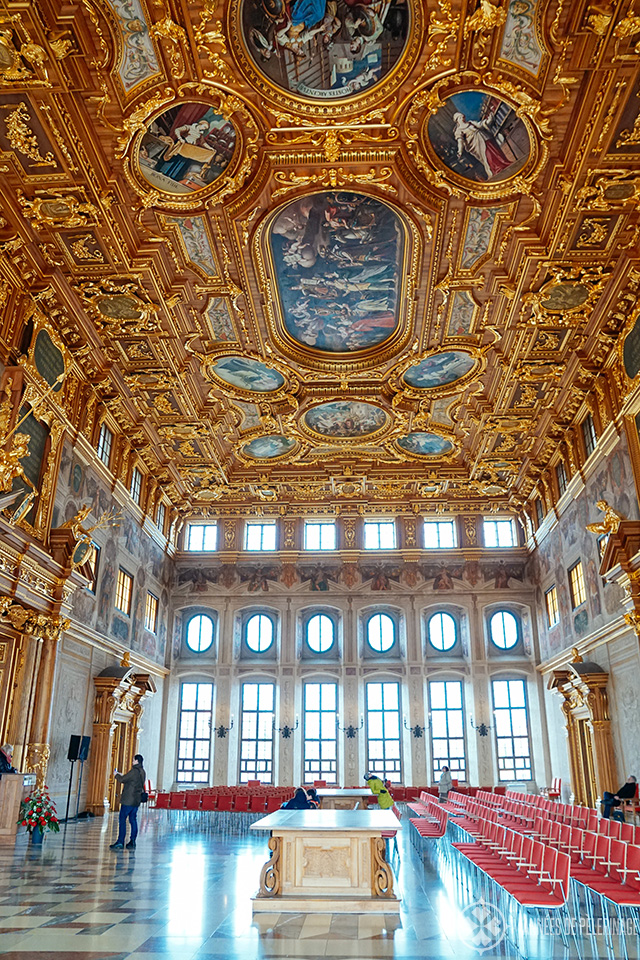
Go here to marvel at the impressive Golden Hall on the second floor . Sadly, the original burned down during World War II, but in the 1980ies it was reconstructed based on old photographs and paintings.
2. Fuggerei & Fuggerhäuser
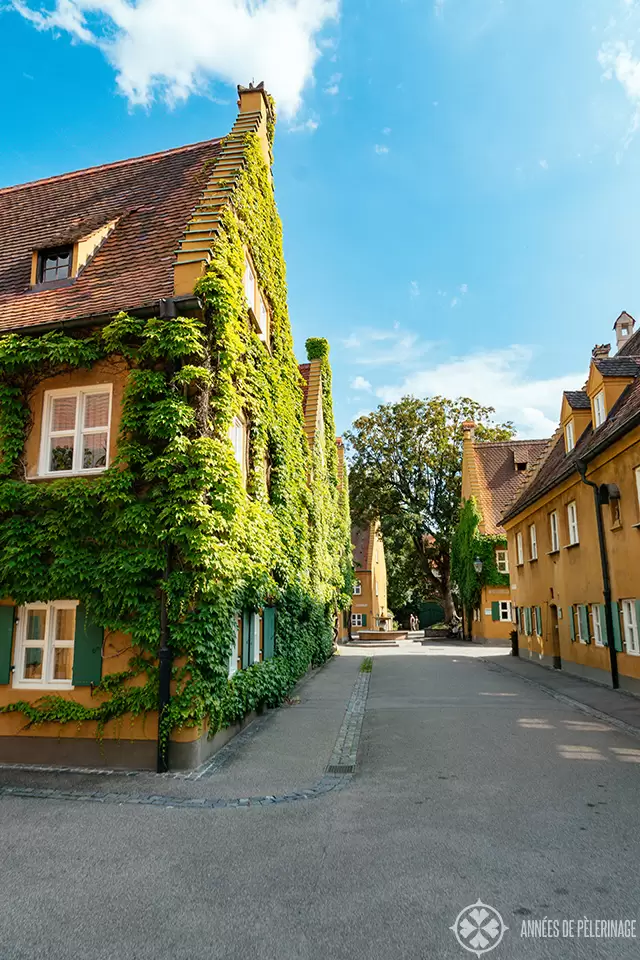
Did you know that Augsburg was once the financial center of Europe? In the middle of the 15th century, the Fugger family built a merchant empire spanning across half the world. Jakob Fugger is widely accepted as one of the richest persons of all time .
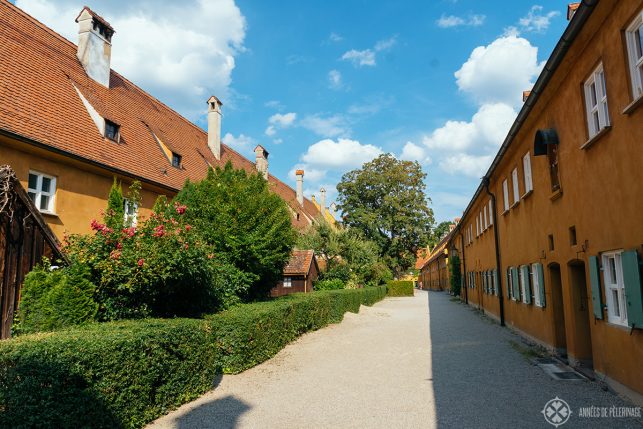
The Fuggers funded kings and wars, but they also built the world’s oldest social housing complex . Five centuries later, the family still runs the (very same) complex. A small part of the Fuggerei is converted into a museum.
Fun fact: The entry fee of 6,50 euros is eight times the annual rent of a house in the Fuggerei!
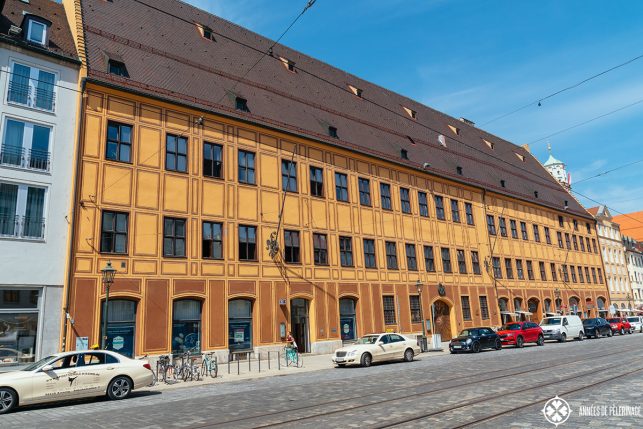
One of the houses you should also check out is the former headquarter of the Fugger on the central Maximilanstraße. You cannot go inside the so-called Fuggerhäuser (Fugger houses) – only the three courtyards are open to the public. Still, the first Renaissance-style building ever to be constructed north of the Alps is worth walking by.
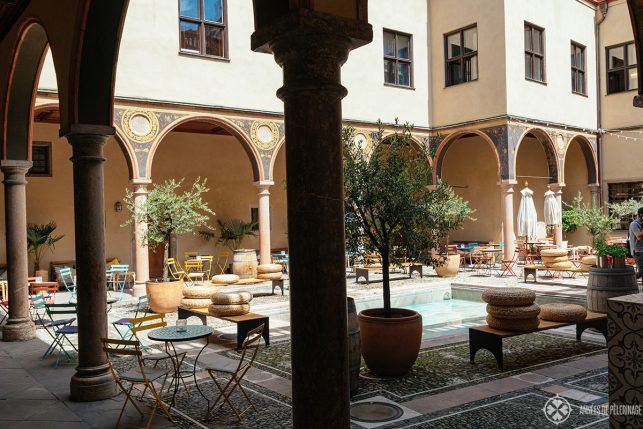
Note: The former Bathhouse (Badestube) is open to the public, you will have to call the tourist information to make an appointment, though!
3. Wasserwerk am Roten Tor
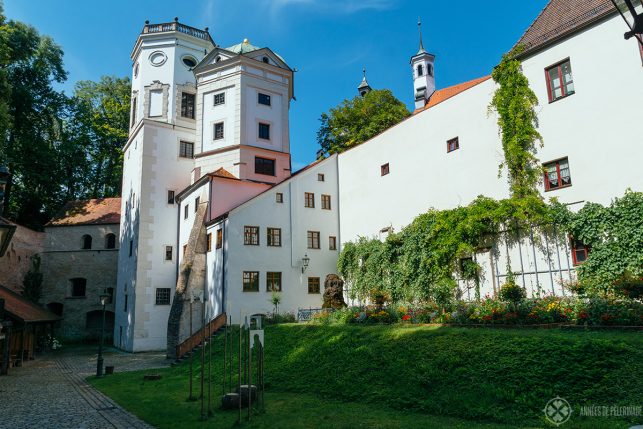
The Wasserwerk am Roten Tor (waterworks at the red gate) is the oldest waterwork in middle Europe. From 1416 until 1879 it provided fresh water to the inner city of Augsburg. A mighty aqueduct fed the waterworks with water and energy to power the pumps.
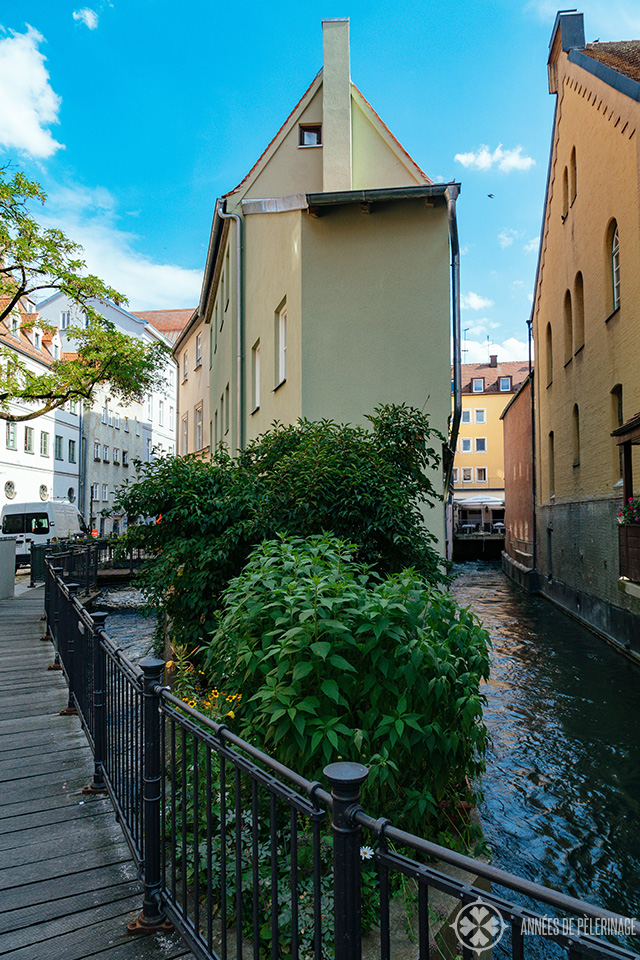
It’s only one of many sites in Augsburg along the old city wall, but certainly the oldest and most majestic. It’s a very early testament how mankind used the power of water to provide a modern city with a clear and unpolluted source of tap water , which is why the UNESCO inscribed it as a World Heritage site in 2019.
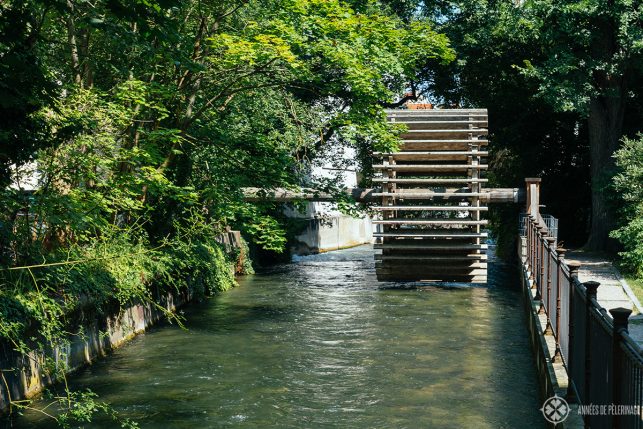
In 1879 the Wasserwerk am Hochablass (waterworks at the Hochablass) was built and the older once were decommissioned. Back then, the new steam-powered pumping technology was equally as novel as the red gate waterworks were in the early 15th century. Just one of the reason why this waterwork is part of the UNESCO World Heritage site historic waterworks in Augsburg as well.
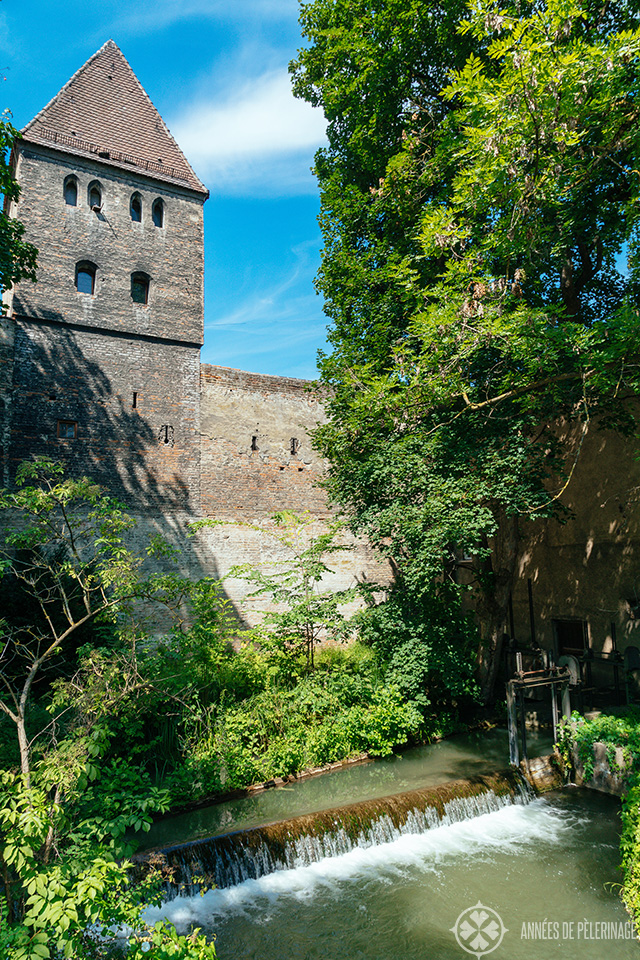
Note: All these sites are only open every first Saturday of every month! Via the tourism office, you can arrange for a private tour for a fee (around 70 Euros per attraction & group).
Looking for other UNESCO World Heritage sites in Bavaria? Then check out my guide to the amazing Church of Wies .
4. Augsburg Cathedral
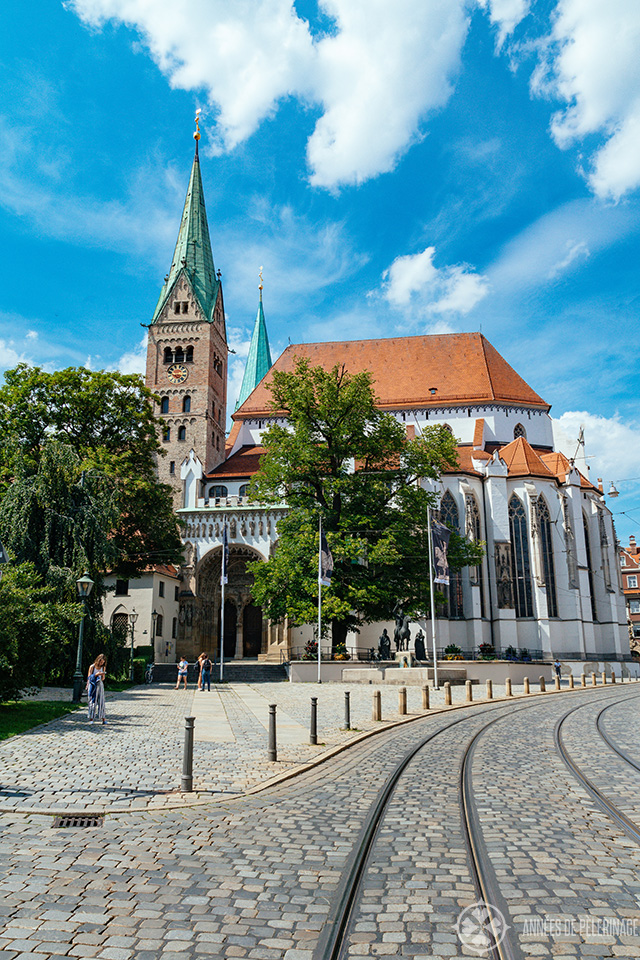
Churches in Germany are sometimes old, very old. The Augsburg Cathedral dates back to the year 995 AD but archeologists even found late Roman foundations as early as the 4th century. So, it really is a must-see in Augsburg .

Augsburg Cathedral is particularly famous for its five stained glass windows dating back to the 11th century – the oldest in Germany. They depict the prophets David, Jonah, Daniel, Moses, and Hosea.
The old bronze door is equally famous (probably very early 10th century), but it’s now on display in the adjacent museum to protect it from corrosion.
5. Schaetzlerpalais
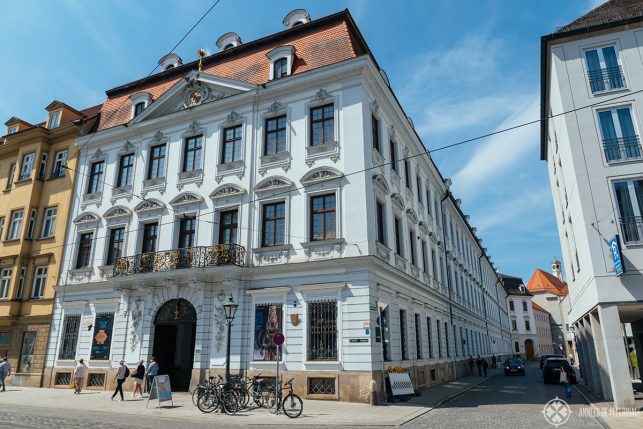
Want to know how the wealthy bourgeois lived in the 18th century? Then visiting the Schaetzlerpalais should be on your list of things to see in Augsburg. The unique rococo ensemble is the best-preserved house of its kind in Augsburg (and probably Germany as a whole).
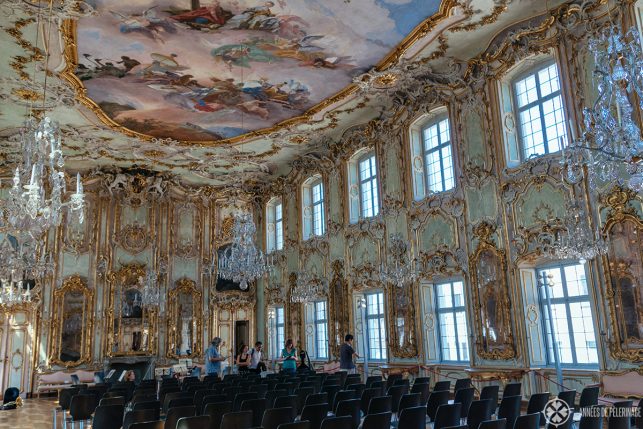
On the second floor of the richly decorated house, you’ll find a wonderful museum (included in the ticket price). The garden of the Schaezlerpalais is also quite worth a visit, even if you don’t want to see the museum! Here’s the website .
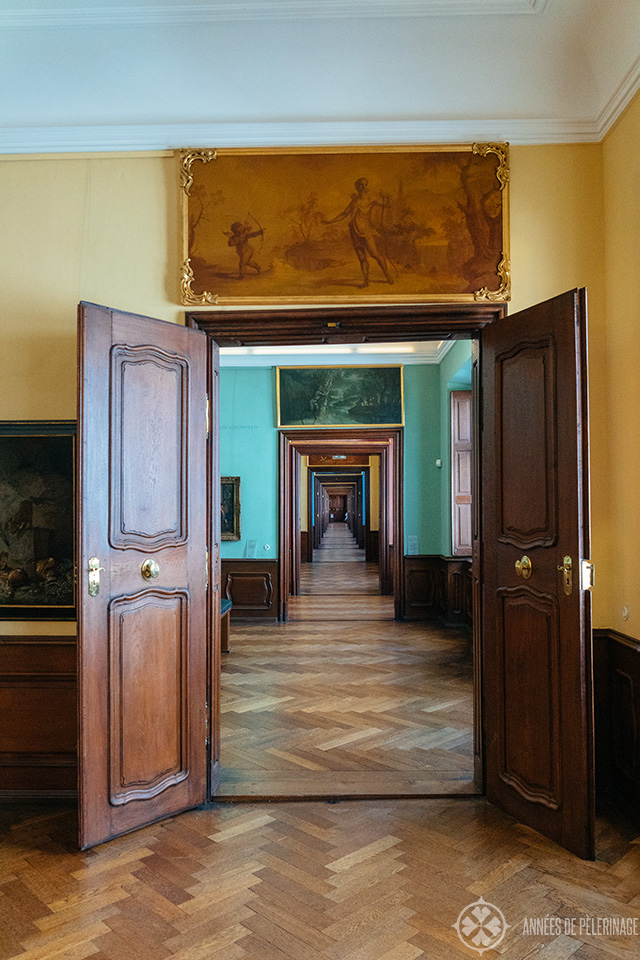
That being said, especially the old german masters’ section of the museum is truly outstanding and you absolutely should visit!
6. Maximilianmuseum
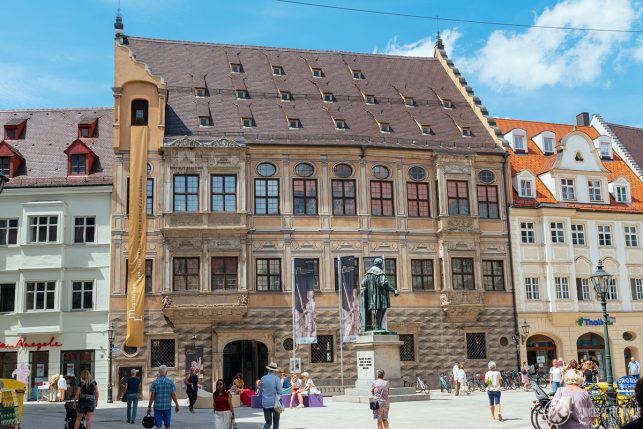
Silver from Augsburg has been a household name for between the 16th and 19th century. No other city in Europe produced more beautiful goblets, plates or candleholder. Even today Augsburg silverware is priced beyond all others and fetches extraordinary prices on international auctions.
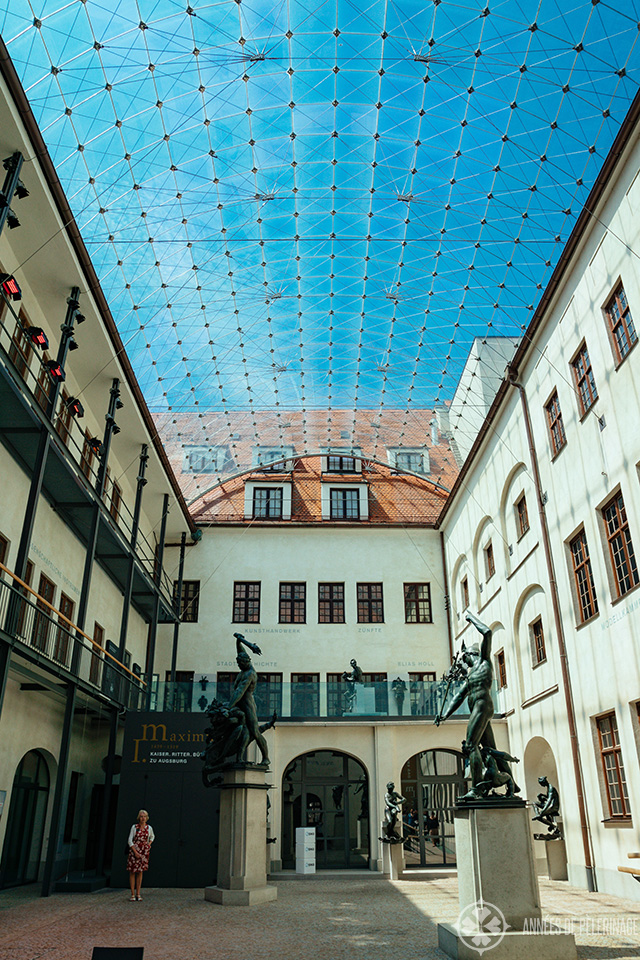
If you want to catch a glimpse of the mastership of Augsburg’s silversmiths, then visiting the Maximilianmuseum is a must. Here’s the official website to plan your visit.
7. St. Ulrich and Afra
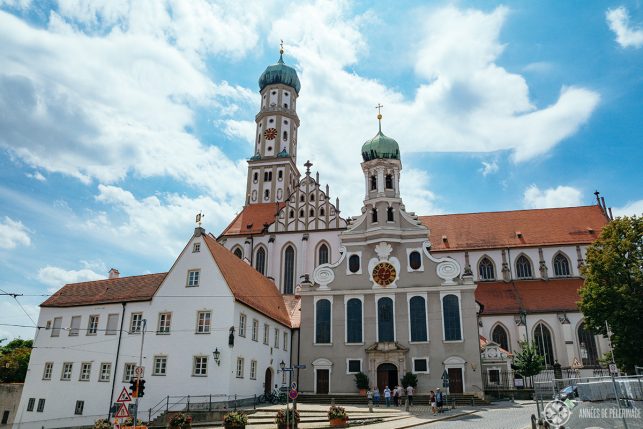
At the far end of the majestic Maximilanstraße, you cannot help but notice the imposing Basilica of St. Ulrich and Afra. Pope Johann Paull II visited in 1987 which should give you a good indication of the significance of the unique renaissance church.
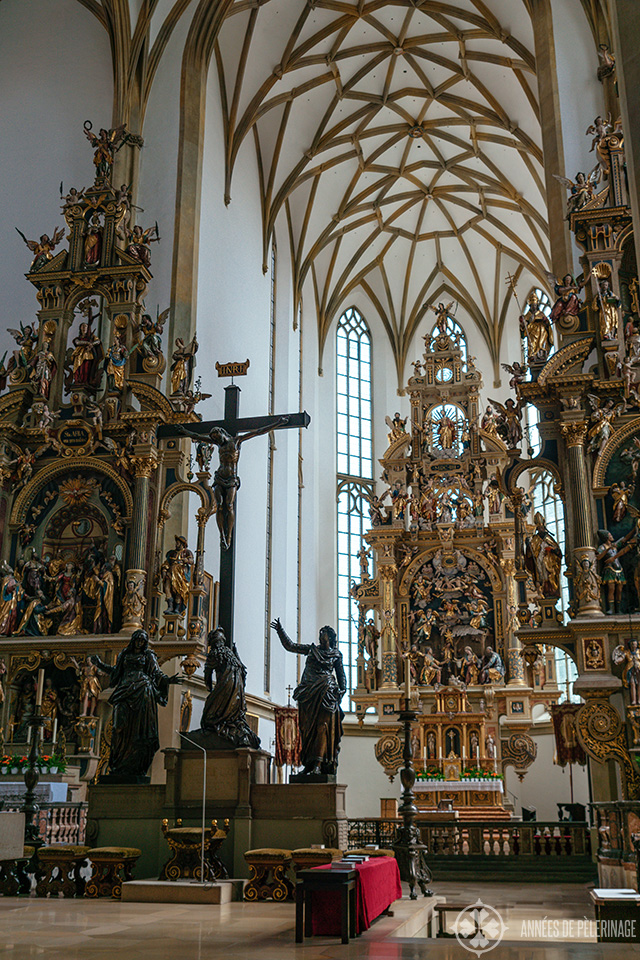
The interiors are quite serene (it fell victim to the Iconoclasts in the 16th century) but the high altars and statues that survived are a marvel in itself. Do visit!
8. Perlachturm
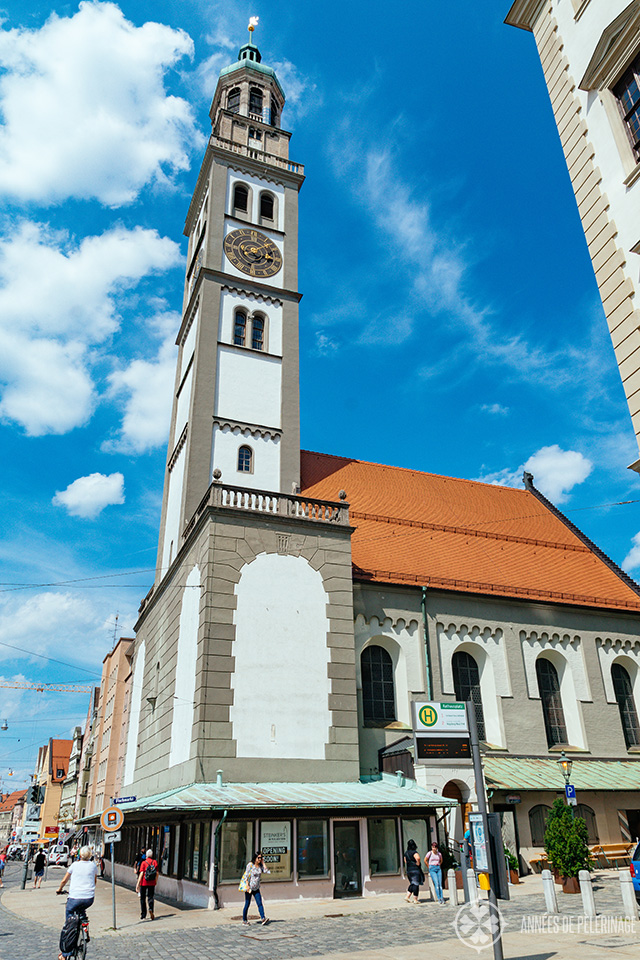
The Perlachturm is a 70 meter (230ft) high tower right next to the town hall. It once served as a guard tower (as early as 989) but what you see now largely dates back to around 1612. Once, you were able to go all to the top, and enjoy a beautiful view of Augsburg but due to ongoing renovations, the tower is currently closed to visitors.
9. The monumental fountains in the old town
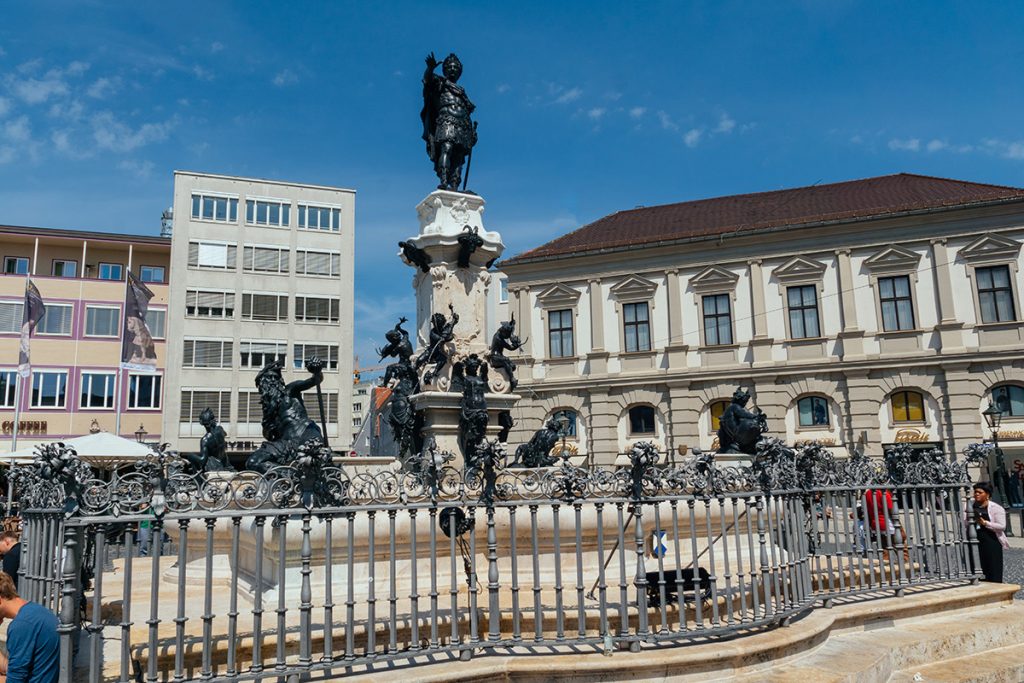
I already mentioned the many waterworks of Augsburg are a designed UNESCO World Heritage site ever since 2019. Back in the late medieval age, running water wasn’t the norm – it was a grand exception. Wells (if at all), and certainly not lavish fountains provided the burgher households with precious waters.
The ornate bronze fountains of Augsburg were a grand display of wealth, power, and knowledge like no other – a bit like a monorail in these days.
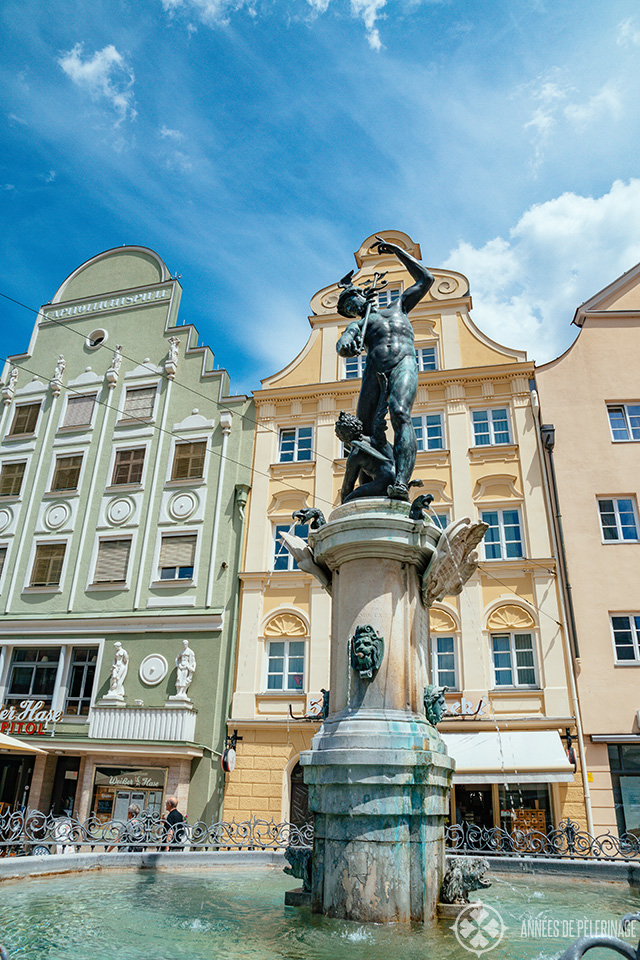
Augsburg’s monumental fountains need to be seen in exactly this historic context. They are a visual sign of a free imperial city that stood at the height of its power .
10. Augsburger Puppenkiste
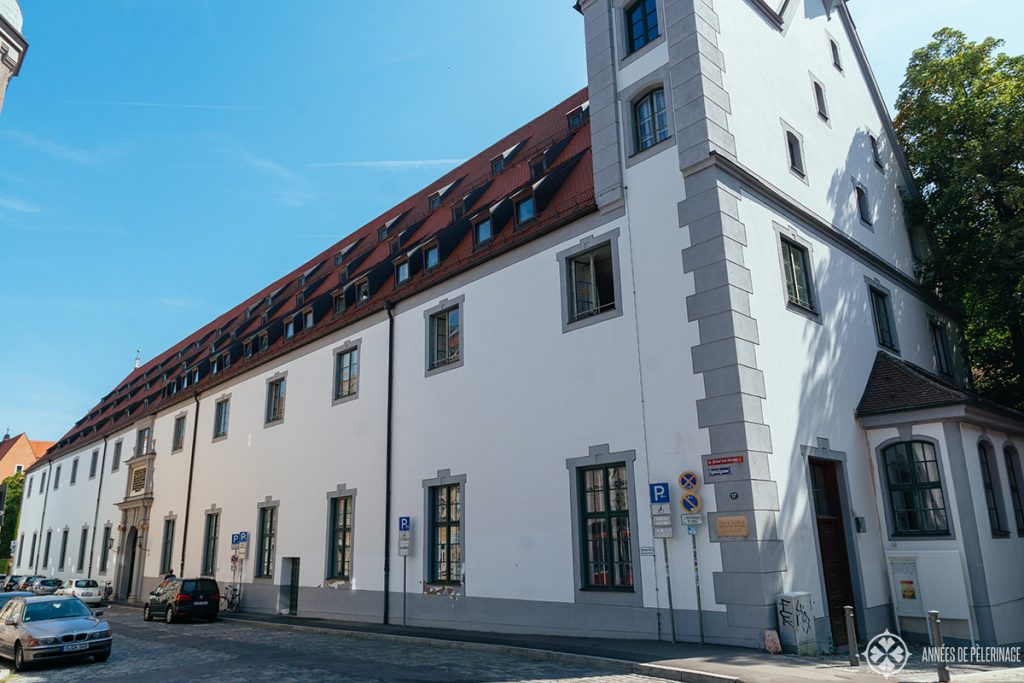
One of the best things to do in Augsburg with kids is visiting the famous Augsburg Puppet Theater. You’ll find it inside the ancient Holy-Ghost-Hospital and there is hardly a German who doesn’t know it . The productions are very detailed (there also some shows for adults)and the skill of the ensemble is unparalleled!
Here is the official website where you can reserve tickets (German only; so use google translate)
Other things to do in Augsburg, Germany
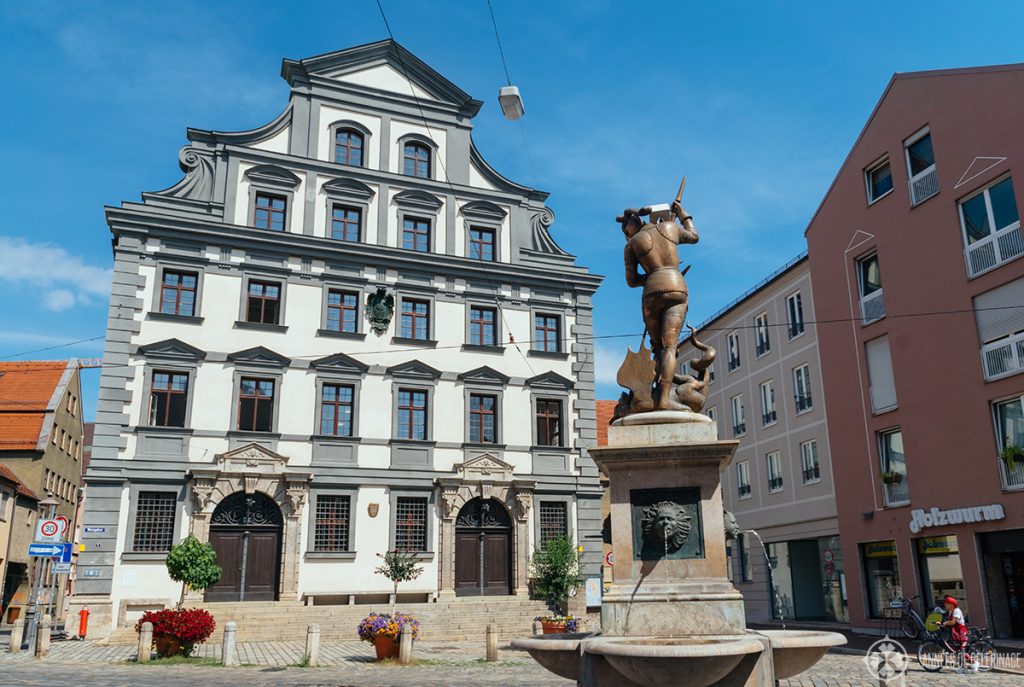
Augsburg has a long history and dates back to the year 15 before Christ. Back then the Romans erected one of the castras on the banks of the River Lech. You cannot help but notice all that history as you walk through the city. My list of things to see in Augsburg may be long, but it’s far from complete.
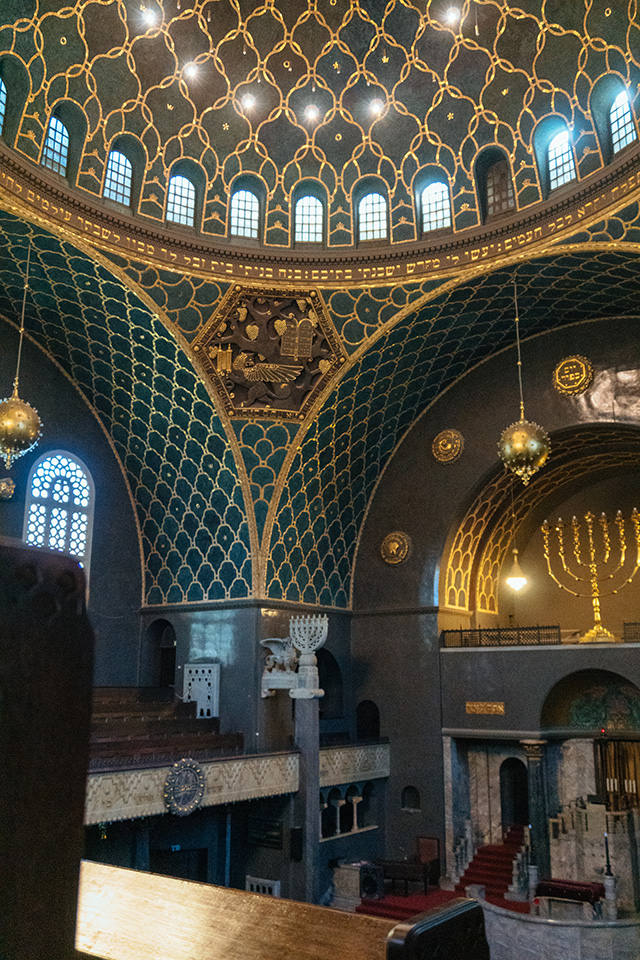
One of the most famous buildings I didn’t mention so far is the so-called Stadtmetzg, the former butcher’s hall. You cannot go inside, sadly. You can, however, visit the beautiful Synagogue in Augsburg . The interiors are stunning, though the museum just explains Judaism in general and can be skipped.
You should also be aware of the Zoo ( click for the official website ), which is rather small, but maybe a good thing to do in Augsburg with kids. Right next to the zoo you will find the Botanical garden , which makes the trip worthwhile.
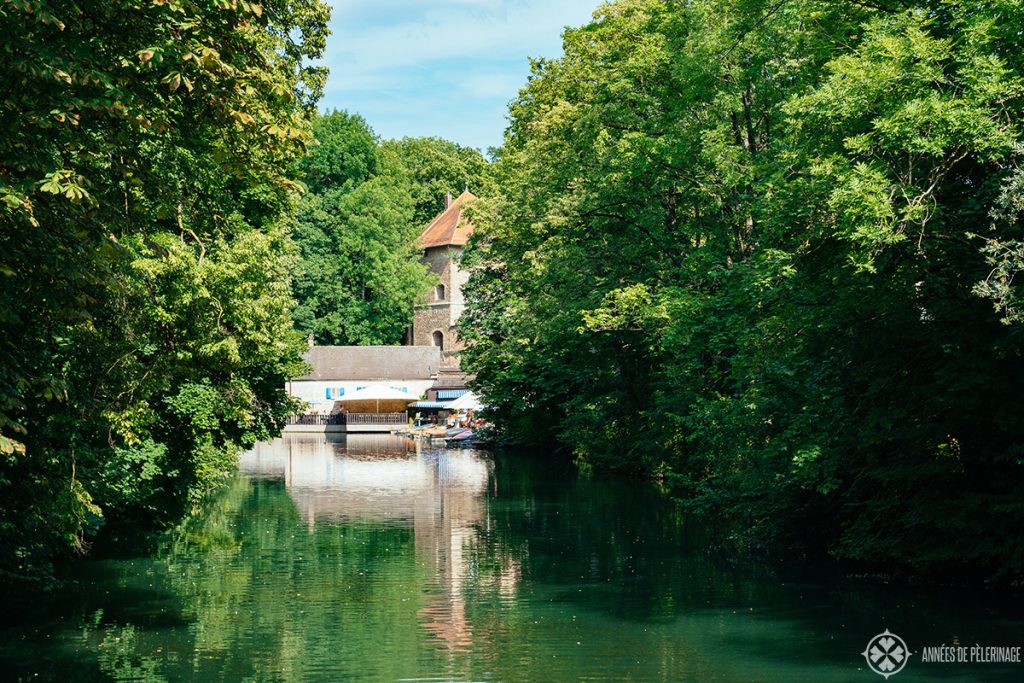
Other than that, you’ll find a couple of other beautiful churches sprinkled throughout the city, and I do recommend to go for a walk around the city wall. You can even go kayaking – the Zur Kahnfahrt Restaurant would be where you need to go then (quite the beautiful spot!)
So, is Augsburg worth visiting?
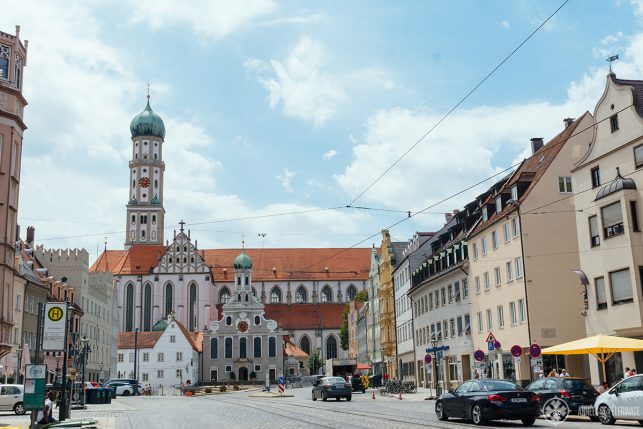
Augsburg became a UNESCO World Heritage site in 2019. I think this fact alone proofs the ancient city is totally worth visiting. And as there are so many beautiful things to do in Augsburg, it is so easy to reach from Munich , a (day) trip to Augsburg should be en essential part of every Germany itinerary
Just in case you are coming that way: Check out my list of the top 50 things to do in Munich .
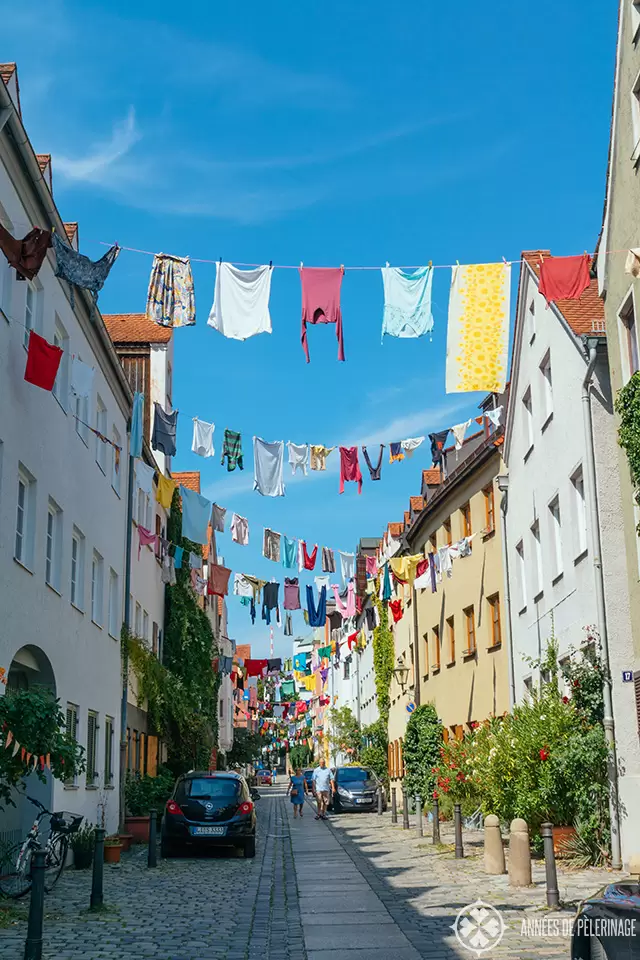
I feel weird whenever somebody asks me if Augsburg is worth visiting. Sure, it’s not castle Neuschwanstein or the Oktoberfest ( make sure to read my guide ), it really can’t compete with these top attractions. Augsburg’s beauty is more low-key. You need to dig a bit, but then you won’t regret visiting!
How to get from Munich to Augsburg
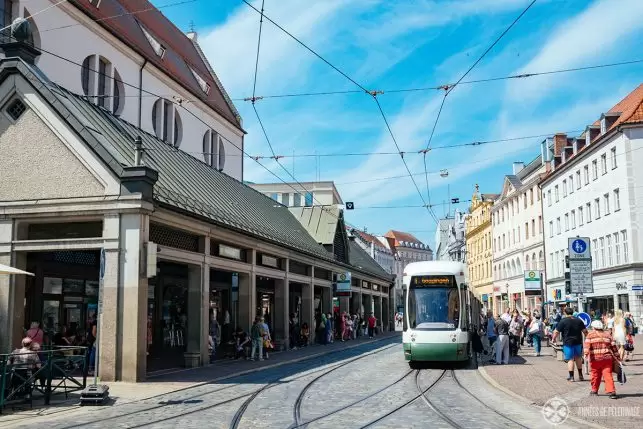
By far the easiest, cheapest and fastest way to get from Munich to Augsburg is by train . Trains leave every half hour from Munich central station and it takes about 30 minutes if you take the ICE (the high-speed train). Calculate around 22 Euros each way.
You could also take the regional train (which has multiple stops on the way). It will be cheaper (15 Euros) and takes about 50 minutes.
Check out the official website of the Germany railway service for the timetable and to book your tickets.
You could also rent a car, but quite frankly it will be slower and more expensive, so I do not recommend it. If you are traveling in a group, you can buy a group train ticket, and again, it will be cheaper and faster than a car.
There are no regular tourist buses I’m aware of.
Best hotels in Augsburg
Note: I do earn a small commission from purchases through the links in this article .
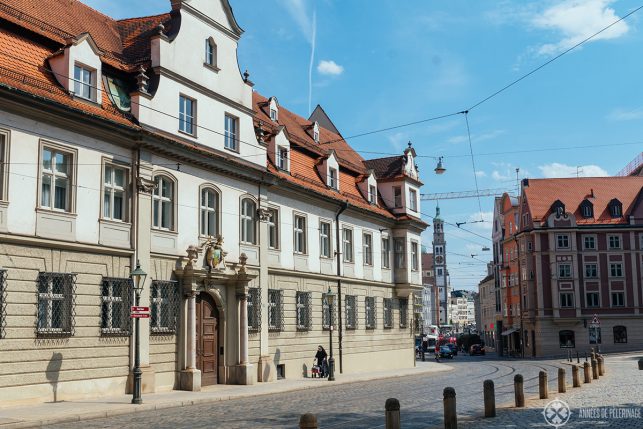
Augsburg is quite a small city, so there aren’t all that much options for travelers. A day trip from Munich is entirely feasible, but if you still want to stay, I really dug deep to find the best options for you
Probably one of the best hotels in Augsburg is the Dom Hotel ( book it here ). It’s right in the city center, there is an indoor pool, and you get to enjoy views of Augsburg cathedral directly from your room.
A good alternative in the city center would be the Hotel Augusta ( book it here ). The reviews are good and the location perfects if you want to explore the city at night.
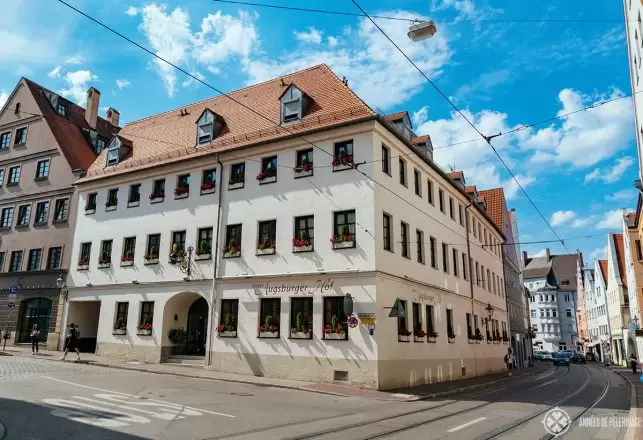
While not directly in the immediate center, the Hotel Augsburger Hof ( book it here ) is a lovely little property inside a historic building and offers a great bang for your buck. It’s not directly in the center, but a 5minute’s walk will get you where you need to be.
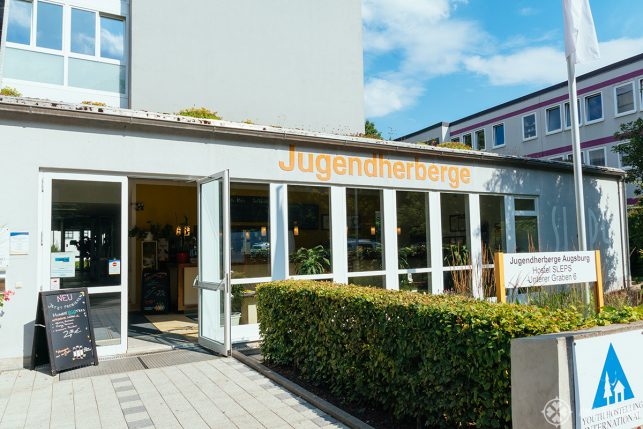
A good budget alternative would be the Hostel SLEPS ( check it out here ). It has a wonderful location and it’s one of the cheapest hotels in Augsburg. The rooms are small but serviceable and clean.
Further reads:
- How to spend one perfect day in Munich
- Altötting – Bavaria’s hidden gem
- The 5 best hotels in Munich
So, this was my guide to the best things to do in Augsburg, Germany. Hope I was able to convince you a day trip from Munich is totally worth it. Got any questions? Comment below!
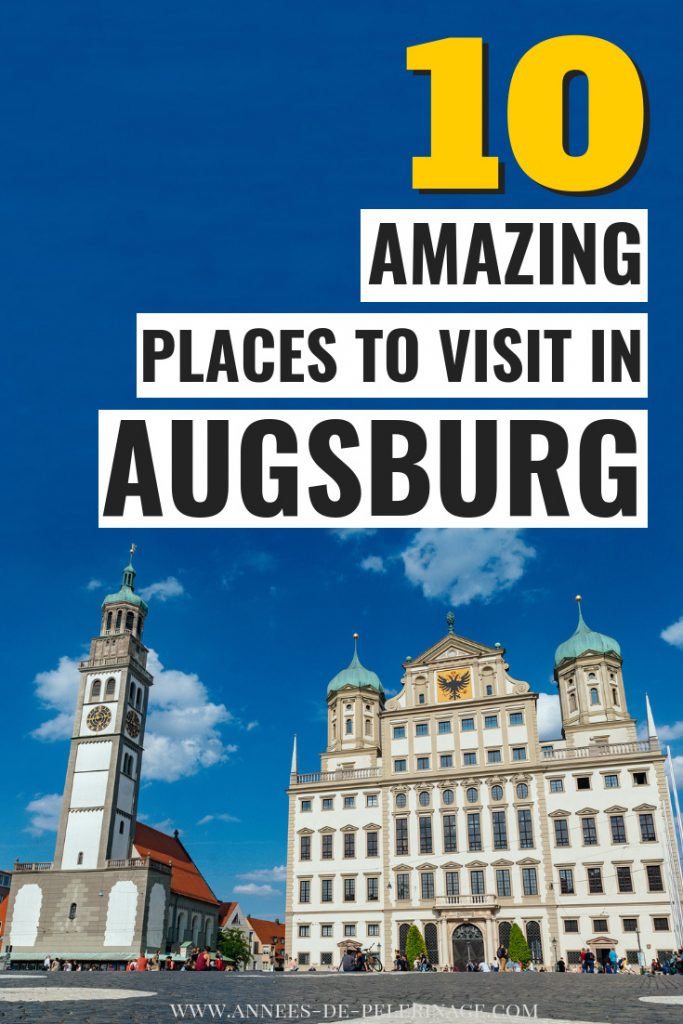
RELATED ARTICLES MORE FROM AUTHOR

The 15 best things to do in Stuttgart, Germany
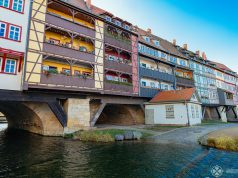
The 10 best things to do in Erfurt, Germany
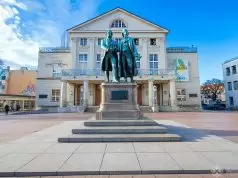
The 15 best things to do in Weimar, Germany
Leave a reply cancel reply.
That's okay for me
Save my name, email, and website in this browser for the next time I comment.

The latest post on my travel blog

The best things to do in Madeira, Portugal
- Terms & Conditions
- Site notice
- Data Privacy Statement

Getty Images/Cultura RM
The largest city on the Romantic Road (and Bavaria's third largest), Augsburg is also one of Germany’s oldest, founded by the stepchildren of Roman emperor Augustus over 2000 years ago. As an independent city state from the 13th century, it was also one of its wealthiest, free to raise its own taxes, with public coffers bulging on the proceeds of the textile trade. Banking families such as the Fuggers and the Welsers even bankrolled entire countries and helped out the odd skint monarch. However, from the 16th century, religious strife and economic decline plagued the city. Augsburg finally joined the Kingdom of Bavaria in 1806.
Attractions
Must-see attractions.

The legacy of Jakob Fugger ‘The Rich’ lives on at Augsburg’s Catholic welfare settlement, the Fuggerei, which is the oldest of its kind in existence…

St Anna Kirche
Often regarded as the first Renaissance church in Germany, the rather plain-looking (and well-hidden) St Anna Kirche is accessed via a set of cloisters…

Dom Mariä Heimsuchung
Augsburg’s cathedral has its origins in the 10th century but was Gothicised and enlarged in the 14th and 15th centuries. The star treasures here are the…

Maximilianmuseum
The Maximilianmuseum occupies two patrician townhouses joined by a statue-studded courtyard covered by a glass-and-steel roof. Highlights include a…

Opened in 1998 to celebrate local boy Bertolt Brecht's 100th birthday, this house museum is the birthplace of the famous playwright and poet, where he…

Goldener Saal
Located on the 2nd floor of Augsburg's Rathaus, the meticulously restored Goldener Saal is the city's resplendent main meeting hall. It's a dazzling space…

Rathausplatz
The heart of Augsburg’s Altstadt, this large, pedestrianised square is anchored by the Augustusbrunnen, a fountain honouring the Roman emperor; its four…

Rising above the Rathausplatz are the twin onion-domed spires of the Renaissance Rathaus, built by Elias Holl from 1615 to 1620 and crowned by a 4m-tall…
in partnership with getyourguide
Book popular activities in Augsburg
Which neighbourhoods are cool and worth a stroll? Which buildings, museums, monuments and other sights should you visit? In addition to our story on Augsburg, we tell you what you need to see and experience in Augsburg
11 Things To Do in Augsburg
Over 500-year-old social settlement of 67 terraced houses for "innocently impoverished Augsburg citizens", initiated by Jakob Fugger the Rich. With two museums and a restaurant. fugger.de/en
The Renaissance building by Elias Holl dominates the town hall square; it is considered the most impressive secular building from the period north of the Alps. The showpiece inside is the famous Golden Hall. augsburg-tourismus.de/en
tim - National Textile and Industrial Museum Augsburg
This museum documents the evolution of the city as the home of Europe’s most important textile industry. It is located in the Augsburg Kammgarnspinnerei, a worsted yarn mill that was one of Bavaria’s first factories. timbayern.de (only in German)
Schaezlerpalais
The jewel of this building is the fantastic Rococo ballroom. It also houses numerous art collections, including the German Baroque Gallery. schaezlerpalais-augsburg.de (only in German)
The “Glass Palace” of 1920 was one of the biggest and most advanced industrial buildings of its day. Today it houses modern and contemporary art collections. glaspalast-augsburg.de (only in German)
Project Grandhotel Cosmopolis
An empty residential home in the Old Town was turned into refugee accommodation with an integrated hotel - a project that has attracted a lot of attention far beyond the city limits. grandhotel-cosmopolis.org (only in German)
Hohes Friedensfest
Unique: the Hohe Friedensfest is a special celebration only marked within the Augsburg metropolitan area. It dates back to the Treaty of Westphalia of 1648 and is celebrated on 8 August each year. The focus is on the tolerant and peaceful coexistence of cultures and religions.
Sonnendeck city beach
A city beach on the top deck of a car park: cocktails and cola up above the city rooftops - or at least on the same level. sonnendeck-augsburg.de (only in German)
Siebentischwald
To the north of the Augsburg, the city forest acts as its green lung, and is easy to reach by bicycle. The Botanical and Zoological Gardens are both situated on the edge of this green space. Tip: the romantic fountain of Schaezlerbrunnen, hidden in the woods.
Augsburger Puppenkiste
This famous puppet theatre belongs on every itinerary. Since 1948, it has been performing fairy tales, plays and cabaret in a massive Renaissance building. augsburger-puppenkiste.de (only in German)
Kräutergarten am Roten Tor
This herb garden near the city’s Red Gate is a mass of flowers and herbs. The “Fuggerstadt Augsburg” rose variety has a particularly sweet scent. It is the perfect place for a breather.
Fancy a visit to Augsburg?
The latest bavaria listicles, munich summer 2024: day trips.
Are you coming to Munich to see Adele, Coldplay or other great acts? Extend your Bavaria stay and trip with our tips
16 x Summer Tobogganing Fun
Summer tobogganing is like riding a rollercoaster - only in the great outdoors. Into the bend, out of the bend. 16 tips for Bavaria
16 Wonderful Boat Trips in Bavaria
Bavaria's lakes and rivers invite you to go on excursions. Whether electric-powered ship, nostalgic paddle steamer, sailing yacht or raft, your choice
14 Nuremberg Tips for Kids and Teens
We show you where and how a vacation in Nuremberg with kids and teenagers is particularly fun. 14 cool tips for unforgettable experiences
Street Art in Bavaria
Street art makes grey concrete blossom! Subways and building façades in Bavaria are pimped up legally, often on public commission. 18 must-sees!
10 UNESCO World Heritage Sites
This listicle introduces you to all ten UNESCO World Heritage Sites in Bavaria, i.e. monuments, architectural ensembles and cities
News from Bavaria
Get first-hand tips on stories, travel reports and events!
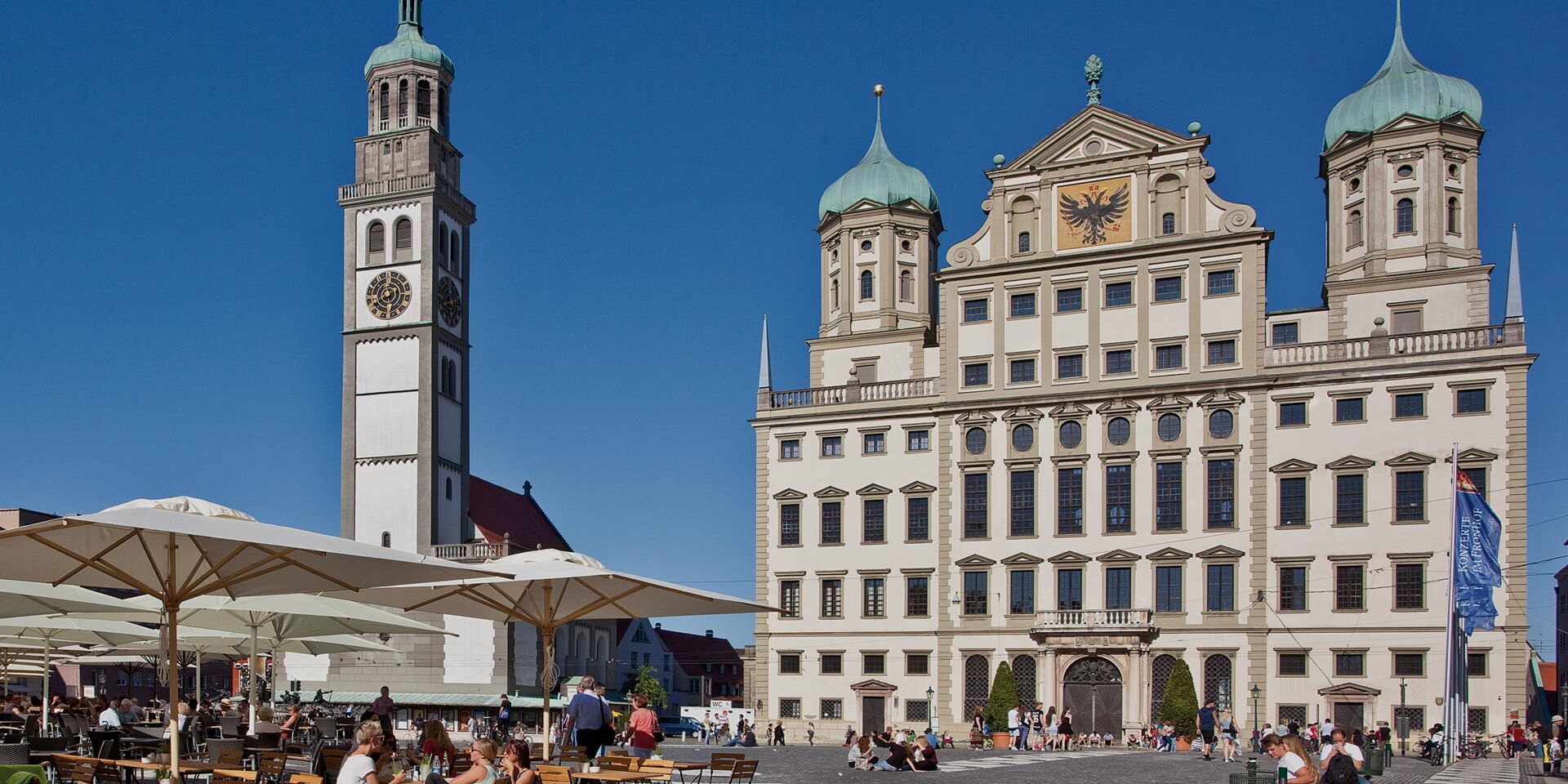
- Regio Augsburg Tourism
- Welcome to Augsburg
Welcome in Augsburg and the region
Third largest city in Bavaria with about 300,000 inhabitants. History: Founded by the Romans 15 BC., oldest city in Bavaria and second oldest German town. A Renaissance-city you must see. Famous Augsburg citizens: Jacob Fugger the Rich, Leopold Mozart (father of Wolfgang Amadé Mozart), Bert Brecht, Rudolf Diesel. Famous sights: The Fuggerei (oldest social settlement in the world), the Augsburg puppet theatre with adjacent museum, Brecht and Mozart museum, Renaissance-city hall and Maximilianstraße, three magnificent fountains from the Renaissance era, cathedral and Ulrich´s churches, St.-Anna-church. Idyllic ramparts with towers. Schaezler-Palace. Lovely old town with canals of the river Lech. Zoo, Botanical gardens, olympic canoe slalom track, State Museum of Textiles and Textile Industry (tim). Augsburg is located between the Swabian district of Augsburg (Augsburg Region) and the Old Bavarian district of Aichach-Friedberg (Wittelsbach Country).
Visit our YouTube Channel for films and clips.
General requests
Regio Augsburg Tourismus GmbH Schießgrabenstraße 14, D-86150 Augsburg Phone: +49 (0) 821 / 50207-0 Fax: +49 (0) 821 / 50207-45 tourismus@regio-augsburg.de
Guided Tours
Phone: +49 (0) 821 / 50207-33 Fax: +49 (0) 821 / 50207-45 stadtfuehrungen@regio-augsburg.de
Business hours Monday – Friday: 9:00 a.m. – 5:00 p.m.
Most Popular Topics
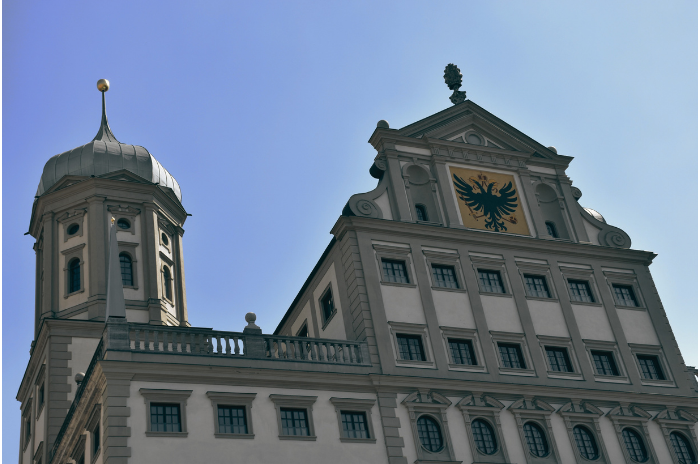
Accomodations
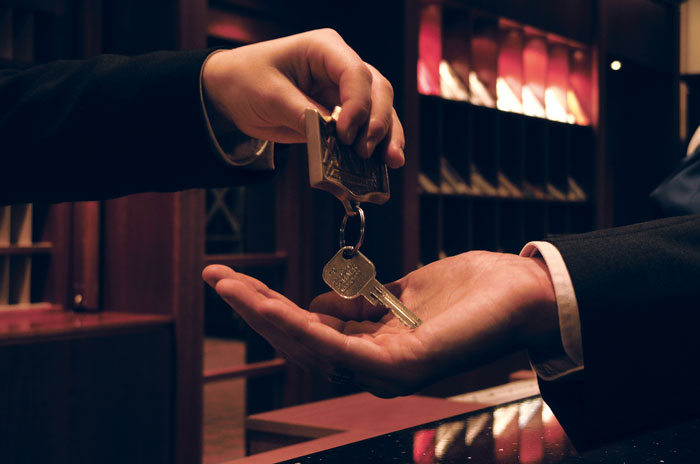
UNESCO World Heritage
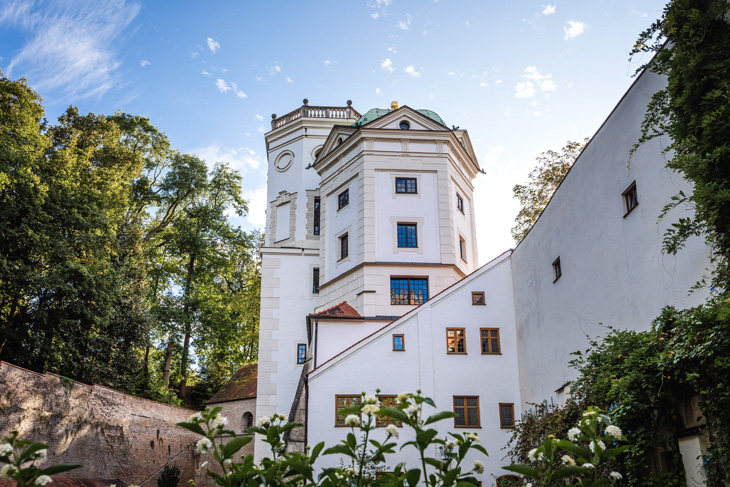
EVENT Highlight

Romantic Road
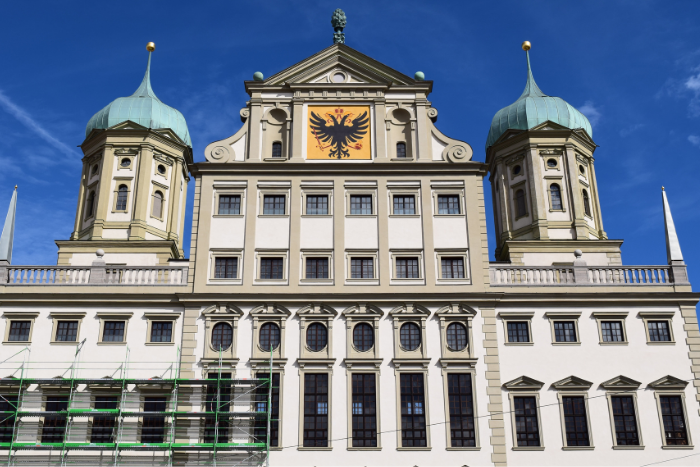
International brochures
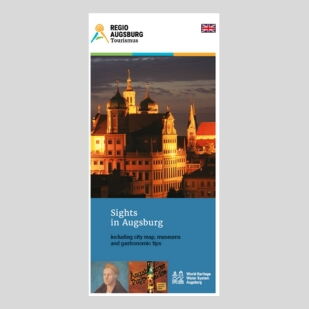
Sights including map
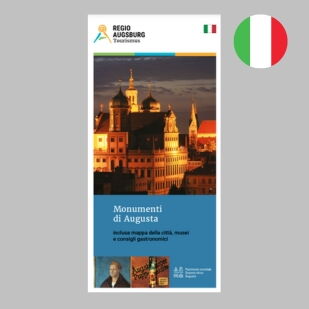
Monumenti con mappa delle città
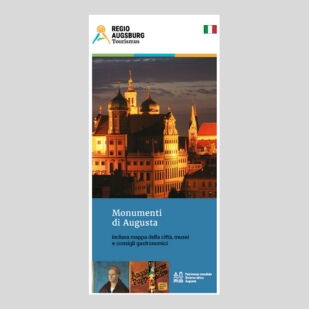
Les incontournables à Augsbourg
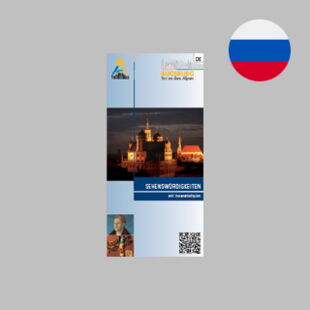
Atracciones turísticas con plano del centro de la ciudad
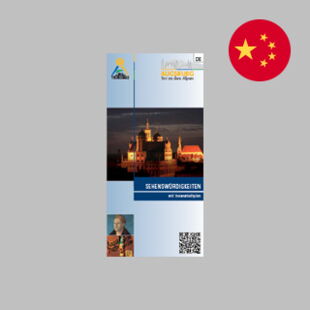
名胜古迹及游览地图 名胜古迹及游览地图
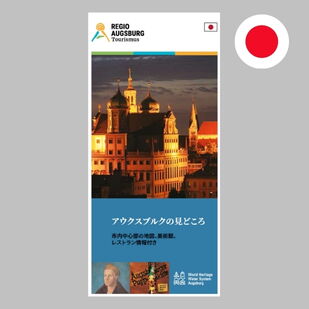
パンフレット Brochure
観光スポットと中心街 Sights including map
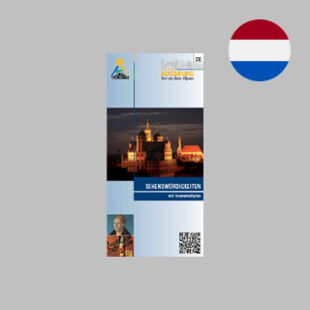
Bezienswaardigheden met plattegrond van de binnenstad
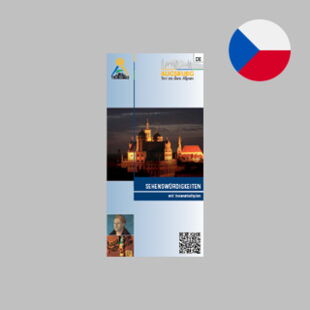
Pamětihodnosti s mapou centra města
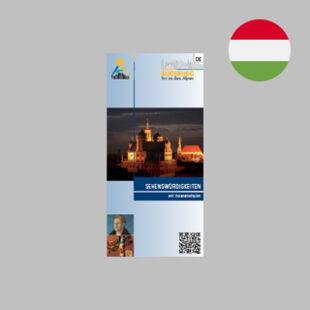
The city of reformation
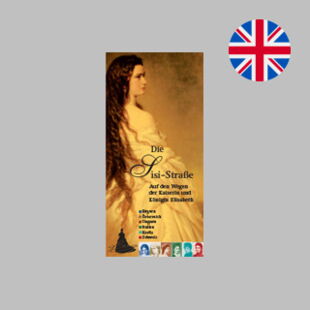

Sisi's Road
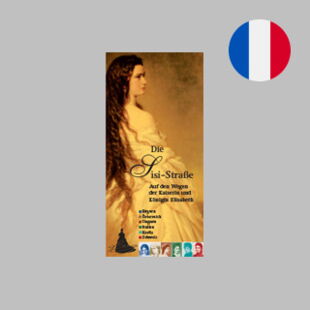
La Route de Sisi
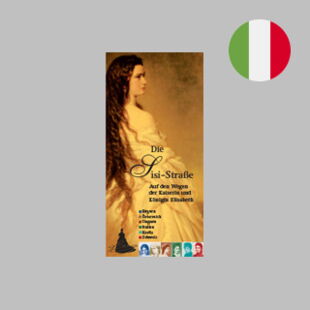
La Strada di Sisi
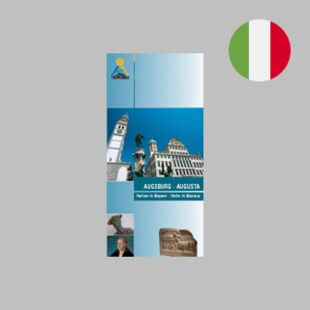
Augsburg · Augusta – Italien in Bayern · Italia in Baviera
Augsburg image clip.
Cookie and data protection information
This website uses cookies to enable certain functions and to improve the offer.
Schützt vor Cross-Site-Request-Forgery Angriffen.
Speichert die aktuelle PHP-Session.
Content from video platforms and social media platforms is blocked by default. If cookies from external media are accepted, access to this content no longer requires manual consent.

Germany Travel Guide
Augsburg Germany: 1-day Itinerary and Map
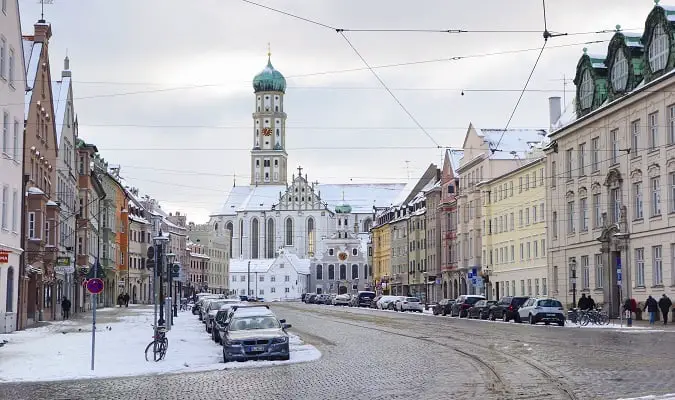
Augsburg is the third-largest city in Bavaria and is part of one of the most famous Tourist Routes in Germany , the Romantic Road .

How to spend 1 day in Augsburg Germany
Start the day by visiting the Augsburg Cathedral , one of the city’s main attractions founded in the 11th century.
Follow to the Rathausplatz , a square in the old center where the famous Rathaus ( City Hall ), one of the symbols of the city is located.
Next to the Rathaus is the Perlachturm , a 70-meter tower that offers panoramic views of the city. Walk to Maximilianstrasse , the city’s most elegant street full of shops and restaurants.
At Maximilianstrasse you will find the Herkulesbrunnen Fountain and also the Schaezlerpalais , an old Rococo-style mansion that now houses the Neue Galerie .
Located near the Schaezlerpalais is St. Ulrich and Afra .
Another important attraction of the city is the Fuggerei . The community consists of 67 buildings, 140 residences, and a church. It is the oldest social housing complex in the world that is still in use.
The Fuggerei museum displays the lifestyle of earlier times. And shortly after World War II , a bunker was erected in Fuggerei . Texts, photographs, films, and exhibitions document the bombing and reconstruction of Augsburg .
The Mozarthaus located 1.1 km (0.7 miles) from the Fuggerei , is a museum with exhibitions that offer a glimpse into the life of the Mozart family.
Things to see
- Augsburg Cathedral
- Perlachturm
- Maximilianstrasse
- Schaezlerpalais
- Basilica of St Ulrich and Afra
Itinerary Map
Sights in Augsburg
1. augsburg cathedral.
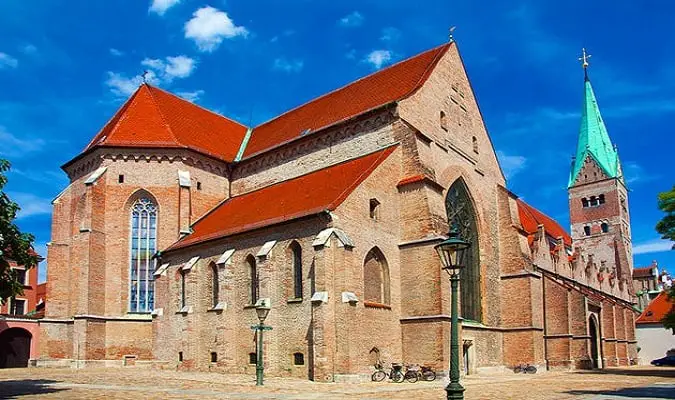
The Augsburg Cathedral is a Roman Catholic church. It intrigues visitors with impressive frescos.
It was founded in the 11th century.
Frauentorstraße 2, 86152
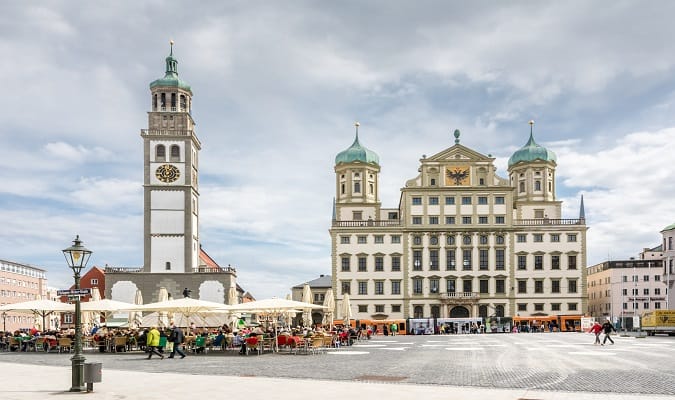
The Town Hall of Augsburg (Rathaus) is one of the most significant secular buildings of the Renaissance style north of the Alps.
It is the city´s landmark built by Elias Holl from 1616 to 1620.
Rathausplatz 2, 86150
3. Perlachturm
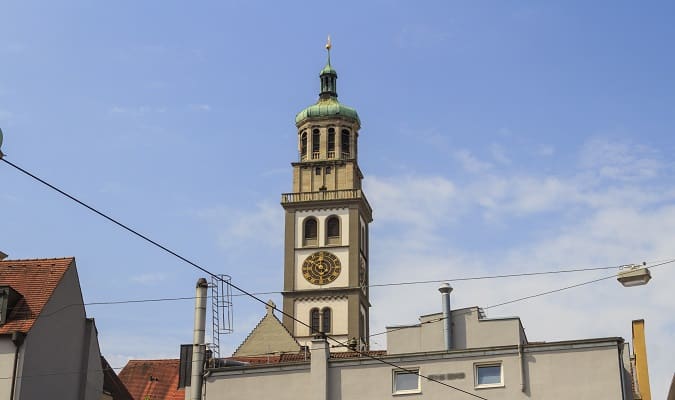
The Perlachturm next to the Town Hall offers a spectacular panoramic view of Augsburg .
Rathausplatz, 86159
4. Fuggerei

The Fuggerei was founded in 1521 by Jakob Fugger.
It is the world’s oldest social housing complex still in use. It encompasses 67 houses with 140 apartments.
Jakoberstraße 26, 86152
5. Maximilianstrasse

Maximilianstrasse is a street in the heart of Augsburg .
The magnificent fountains with precious bronze sculptures and the Schaezlerpalais are located on Maximilianstrasse street.
Maximilianstraße, 86150
6. Schaezlerpalais
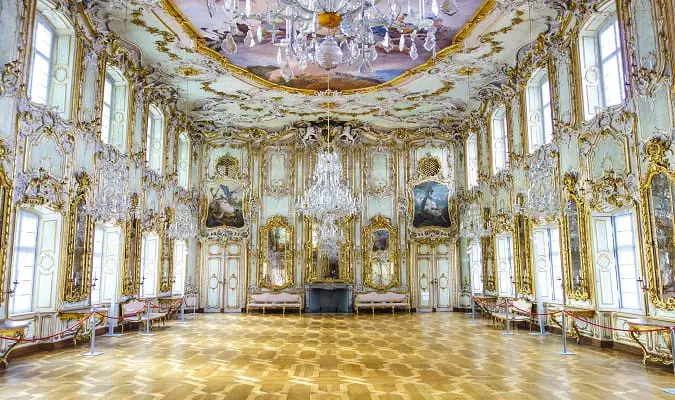
The Schaezlerpalais was built between 1765-1770.
It is a magnificent Baroque palace, today Germany ’s most significant Baroque gallery.
Maximilianstraße 46, 86150
7. Basilica of St. Ulrich and Afra
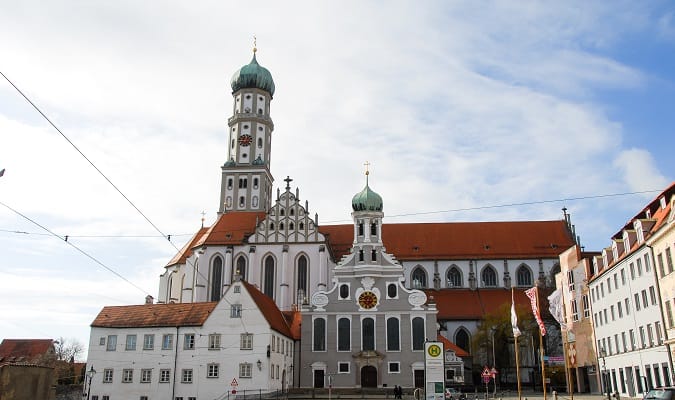
The Basilica of St Ulrich and Afra is a catholic parish built in the architectural styles of Renaissance and Baroque. Includes the tombs of diocesan saints Afra, Ulrich, and Simpert.
Ulrichspl. 19, 86150
8. Botanischer Garten Augsburg
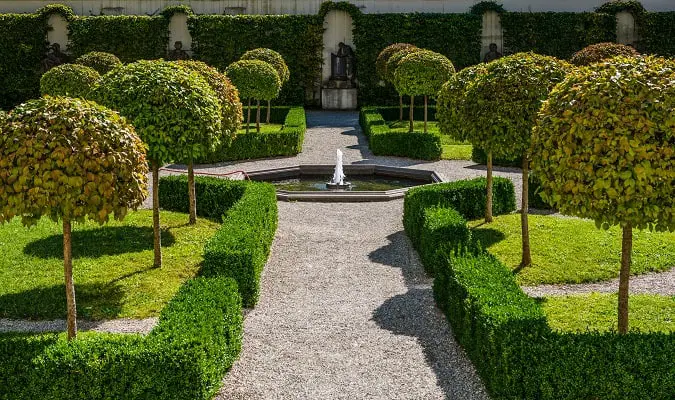
The Botanischer Garten Augsburg is a municipal botanical garden. The garden contains a Japanese garden.
Dr.-Ziegenspeck-Weg 10, 86161
9. Mozarthaus
The Mozarthaus is a museum that shows the life of the Mozart family.
The exhibits include books, letters, original musical scores, as well as a beautiful collection of historical musical instruments.
Frauentorstraße 30, 86152
Where to stay in Augsburg
1. steigenberger drei mohren.
The Steigenberger Drei Mohren is located on Maximilianstrasse close to the Schaezlerpalais .
Each room is equipped with a flat-screen TV and minibar.
The hotel has a sauna and fitness center.
Maximilianstraße 40, 86150
2. Dorint an der Kongresshalle Augsburg
The Dorint an der Kongresshalle Augsburg is located close to the University of Augsburg .
Imhofstraße 12, 86159
3. Ringhotel Alpenhof
The Ringhotel Alpenhof is located in the north area of Augsburg close to A8.
The hotel has a sauna and swimming pool.
Donauwörther Str. 233, 86154
4. IntercityHotel Augsburg
Located next to Augsburg train station , the Intercity Hotel Augsburg offers excellent value for money. The rooms have a flat-screen TV and a minibar.
Halderstraße 29, 86150 Augsburg, Germany
Shopping Streets in Augsburg
The Annastrasse and Bürgermeister-Fischer-Strasse shopping district is a pedestrian area full of shops and restaurants.
There are many department stores and small shops.
Maximilianstrasse has many charming boutiques and wine shops surrounded by architectural wonders of the Renaissance and Baroque styles.
Malls and Department Stores in Augsburg
1. karstadt.
Karstadt is a German department store chain with many stores in Germany .
The company features brands like Cacharel, Clarins, Coach, Desigual, Estée Lauder.
Bürgermeister-Fischer-Straße 6-10, 86150
2. City Galerie Mall
The City Galerie Mall is located on Willy-Brandt Square .
Brands: Zara, New Yorker, Only.
Willy-Brandt-Platz 1, 86153
Plan your Trip
Augsburg has easy train access from various cities in Germany . Famous cities nearby: Munich , Bamberg , Stuttgart , Rothenburg ob der Tauber .
Munich – 57 km (49.6 miles)
Bamberg – 204 km (127 miles)
Stuttgart – 164 km (102 miles)
Rothenburg ob der Tauber – 186 km (116 miles)
Book a Train Trip
Tourist Information Centre in Augsburg
Am Rathausplatz 1, Augsburg
Site: www.augsburg-tourismus.de
Augsburg Germany Map
Book your trip, book your accommodation.
Book your hotel with Booking.com as they consistently provide the cheapest and lowest rates.
Book Your Flight
Find cheap flights to Germany by using Momondo . Momondo is a flight search engine that searches a lot of different airlines, including many budget carriers.
Book a Train Ticket
Check the train routes and schedules with Omio . Omio is an authorized Deutsche Bahn ticket seller, which compares and combines transport options for complete flexibility.
Don’t Forget Travel Insurance
Travel insurance will protect you against illness, injury, and cancellations. It’s a protection in case anything goes wrong. You can book your travel insurance with Travelexinsurance.com .
10 Suggested Itineraries for Germany + Top Destinations
Outlets & Department Stores in Germany: Shopping Guide
40 Popular Train Routes in Germany
German States Map
German States and Regions
Travel and Lifestyle Blog

Watch The Design Tourist Airing on

6 Best Things To Do in Augsburg Germany
- April 25, 2024
- Categories: Destination Guide , Europe , Travel
- Author: Karen LeBlanc

Table of Contents
Augsburg sits in Southeast Germany, within the Swabian territory of Bavaria, and functions as Swabia’s capital. It is nicknamed “the German Renaissance City” and one of Germany’s most cosmopolitan cities with a storied past and well-preserved architectural jewels.
Augsburg may not be at the top of every Germany visitor’s list, but this charming Bavarian city seriously deserves more attention. As an influential Renaissance hub with ties to the mighty Fugger family and even a young Mozart, Augsburg is simply brimming with historical riches waiting to be uncovered. From ingenious water towers and Rococo palaces to quaint old streets and vibrant market squares, get ready to delight in this underrated gem. Here are the six best things to do in Augsburg Germany.
1. Stay at the Art-Filled Hotel Drei Mohren
Looking for a hotel dripping with history and character? It doesn’t get more atmospheric than Hotel Drei Mohren, also known as Hotel Maximilian’s , which occupies an iconic 16th-century Renaissance building in the heart of the old town. The famous composer Wolfgang Amadeus Mozart was born in Augsburg and used to always stay at Hotel Drei Mohren.

Everywhere you look, baroque and rococo details abound, from colorful frescoes and antique furnishings to art-adorned guest rooms and event spaces in former palace halls. Amenities like a spa, restaurants, and central Maximilianstrasse location only enhance the ultra-lavish, art-filled ambiance.
For a truly luxurious experience, the Michelin-starred Satory Restaurant impresses with exquisite tasting menus of innovative German cuisine like mushroom dumplings in truffle cream and hay-smoked char.
The casual vibe and open kitchen at Maximillion°s make it another hot spot for digging into creative, regionally-sourced fare like wild mushroom velouté
Don’t leave Hotel Maximilian without sampling the signature local beverage – Augsburger Herrentrunk, a botanical honey gin liqueur enjoyed here for centuries. Bars around town offer creative cocktail and tasting flight variations on the sweet, herbal concoction.

Try it mixed into craft beers at Augusta Haus Brauhaus, spiked into coffee drinks at Barman, or straight up in a cozy tasting room like Vinamera. It makes for a tasty liquid souvenir too!
2. Admire the Schaezlerpalais
For an elegant glimpse into Augsburg’s wealthy Rococo era, the exquisite 18th-century Schaezlerpalais is a must-see.
Once home to a prosperous merchant family, you can tour the frescoed halls, gilded parlors, and richly furnished rooms that epitomized lavish noble life. But the ornate palace interiors are just part of the allure – the pristinely manicured Baroque gardens out back are an oasis with fountains, flower beds, and a cafe amid shaded pavilions.
3. Visit St. Michael’s Catholic Church and St. Anne’s Lutheran Church
While wandering Maximilianstrasse, you can’t miss the imposing St. Michael’s Catholic Church and St. Anne’s Lutheran Church sitting side-by-side .

These two religious buildings represent the signing of the Peace of Augsburg in 1555 – a pivotal treaty that allowed the practice of both Catholicism and Lutheranism.
Whether taking in their impressive Renaissance architecture or catching a service, it’s a powerful reminder of the city’s pioneering role in religious tolerance.
4. Explore the UNESCO Augsburger Wassermanagement-System
No visit to Augsburg is complete without touring its iconic Renaissance water towers. This brilliant 16th-century hydraulic engineering system earned UNESCO World Heritage status for its innovative design that pumped water from local rivers into the city’s homes and textile mills.
You can still visit two of the best-preserved towers – the towering 70-meter Rotes Tor and the Hochablass , surrounded by scenic channels and footbridges. For tour times, you can book below:
5. Experience Augsburg Textile History at the State Museum
Augsburg’s former status as a textile manufacturing powerhouse comes alive at the engaging textile and Industry Museum .
Housed in a historic factory building, this innovative museum showcases centuries of weaving heritage with rows of clattering looms, hands-on exhibits to try your hand at production processes, and galleries of intricate textile art and fashions. With plenty of English labeling, it’s a fascinating deep dive into Augsburg’s industrial legacy.

6. Shop at Augsburg Christmas Market (Seasonal)

If visiting in late November or December, joining the festive Augsburg Christmas market is an absolute must-do tradition. Wooden stalls decked out in twinkling lights peddle unique handicrafts and gift items, while scents of hot spiced wine, roasted chestnuts and other treats fill the air.

Don’t miss the towering “Engelesspiel” angel figures and chance to indulge in gingerbread, candied nuts, and mulled wine called Glühwein .
From iconic Renaissance architecture and stirring historical sights to cozy taverns pouring the signature honey gin, it’s easy to lose your heart to Augsburg’s endless charms. While it may not boast Germany’s biggest attractions, this underrated gem is simply brimming with remarkable treasures well worth taking the time to really experience.
FAQ’s About Things To Do In Augsburg Germany
Is it worth visiting augsburg.
Absolutely! Augsburg offers a unique blend of history, architecture, and culture. Renaissance enthusiasts, textile buffs, and those seeking a less-crowded German experience will find it especially rewarding. Plus, its proximity to Munich makes it a great day trip or addition to a larger Bavarian itinerary.
What is special in Augsburg, Germany?
Rich Renaissance heritage and stunning architecture. UNESCO-listed water management system showcasing centuries of engineering ingenuity. Deep connection to the influential Fugger family, powerful merchants, and bankers. Birthplace of Leopold Mozart, father of Wolfgang Amadeus Mozart. Vibrant textile industry past, showcased in a dedicated museum.
Why is Augsburg Germany important?
Augsburg played a significant role in European history:Major center of Renaissance culture and trade. Home of the wealthy Fugger family who shaped finance and politics. A key location in religious conflicts, leading to the Peace of Augsburg, a landmark for religious tolerance.
Is Augsburg the oldest city in Germany?
No, Augsburg is not the oldest city in Germany. That title likely belongs to either Trier or Worms, with both cities claiming ancient Roman origins.
What food is Augsburg known for?
Local specialties not to miss include the sweet Augsburger mustard (which originated here), knoblauchsemmeln (garlic bread rolls), lebkuchen (gingerbread cookies), and the signature Augsburger Herrentrunk herbal honey gin liqueur.
What are some top attractions in Augsburg?
Major attractions include the Renaissance water towers, Rathaus, Schaezlerpalais, tim textile museum, Maximilianstrasse, the Augsburg Christmas markets, Fuggerei housing district, and churches like St. Michael’s and St. Anne’s.
Visit More Augsburg Attractions With These Guided Tours
More Germany Travel Guide and Tips
Germany Bucket List—10 Best Cities for Design Lovers
Regensburg Germany Attractions: 7 Best Things To See and Do
Weimar Germany: Cradle of Bauhaus Innovation & Design
Discovering Lauscha Germany: The Cradle of Christmas Ornaments
Freiburg Travel Guide: 9 Best Things To Do and See
Frankfurt’s Hidden Gems: Journey Through History & Modernity
Related posts:

Karen LeBlanc
Share the post on social media, leave a reply cancel reply.
Your email address will not be published. Required fields are marked *
Sign me up for the newsletter!
Sign up for the latest travel news and insider tips
Email address:
Latest blog posts

Choosing the Right Flat Roofing System for Your Home or Business

Taking a Super Economy Roadtrip to Phuket – But With a Luxury Ending!

Heaven on Earth – Hurry to Help the Maldives In Case it Disappears for Good!

Karen LeBlanc is a travel host and writer with a popular travel show, The Design Tourist, and a companion lifestyle blog. As a widely published travel journalist and content creator, Karen is a member of the North American Travel Journalists Association. She also serves as the Design and Travel editor of the national lifestyle magazine, LaPalme. Karen believes that every destination has a story to tell through its local art, architecture, culture, and craft. This immersive creative exploration begins with authentic accommodations where the narrative of place unfolds through art, accessories, accouterments, furnishings, fixtures, and food.

NATJA Gold Award

NATJA Bronze Award

Copyright 2024 © The Design Tourist | All rights reserved.
Design and Developed By
Walking Tour of Augsburg (with Maps)

This website uses affiliate links which earn a small commission at no additional cost to you.
Augsburg is a city that seamlessly blends history, culture, and architectural splendour. As we traverse the charming streets and explore the hidden corners of this Bavarian gem, you’ll be transported through time, uncovering centuries of stories and marvelling at the impressive landmarks that adorn the cityscape.
Augsburg, often referred to as the “City of Fountains,” holds a rich tapestry of history, dating back over 2,000 years. From its origins as a Roman settlement to its prominence as a thriving medieval trade hub, Augsburg has witnessed the rise and fall of empires, making it a captivating destination for history enthusiasts and curious travellers alike.
Our walking tour will take you through the heart of Augsburg’s Old Town, where every corner reveals a new chapter in the city’s narrative. Prepare to be enchanted by the meticulously preserved Renaissance and Baroque buildings, adorned with ornate facades that tell tales of a bygone era. As we wind our way through narrow alleys and vibrant squares, you’ll discover hidden gems, such as picturesque courtyards, tranquil gardens, and bustling markets that have remained integral to the city’s identity for centuries.
Augsburg is also renowned for its cultural contributions, having birthed influential figures like the Fugger and Welser families, who played a pivotal role in shaping European history. As we delve into the cultural heritage of the city, we’ll encounter magnificent museums, splendid churches, and captivating art galleries that showcase Augsburg’s artistic prowess and its enduring legacy as a centre of creativity.
St Anna Kirche (St Anne’s Church)

St. Anna Kirche, nestled in the heart of Augsburg, is a captivating church that exudes charm and boasts an intricately adorned interior. Step inside, and you’ll be greeted by the enchanting Fuggerkapelle, an ancient section of the church crafted from stone and adorned with mesmerizing frescoes. This evocative space served as the final resting place for members of the illustrious Fugger banking family, a testament to their opulent legacy.
As you ascend to the upper level, a hidden gem awaits: the Lutherstiege, a small museum dedicated to the Reformation movement spearheaded by Martin Luther. This fascinating exhibit sheds light on Luther’s profound impact and features an intriguing twist—a portion of it is located on the balcony inside the church. From this vantage point, you’ll gain a unique perspective of the church’s ornate interior, adding a layer of depth to your exploration.
St. Anna Kirche is not only a place of worship but also a window into Augsburg’s captivating history and cultural heritage. Immerse yourself in the rich tapestry of stories that have unfolded within its hallowed walls, and marvel at the artistic and architectural treasures that grace its sacred space. Whether you’re drawn by the allure of history, the splendor of art, or simply seek a moment of tranquility, St. Anna Kirche promises to leave an indelible impression and transport you to a bygone era of elegance and devotion.
Maximilian Museum

Located on Fuggerplatz, the Maximilian Museum is housed in a beautifully converted old house in Augsburg. This museum is a treasure trove of objects that showcase the rich history of the city. As you explore its galleries, you’ll encounter a diverse collection of architectural models, ancient coins, and exquisite artworks that provide a fascinating glimpse into Augsburg’s past.
Nestled in the museum’s courtyard is a stylish café, where you can relax and indulge in refreshments. The courtyard itself is adorned with several impressive bronze sculptures, adding an artistic touch to the ambience.
Returning to Fuggerplatz, you’ll come across a statue of Mr. Fugger, a prominent figure in Augsburg’s history. Erected by King Ludwig I of Bavaria, the statue pays tribute to the influential Fugger family. Take a moment to admire this striking monument and soak in the surrounding stately buildings that exude a sense of grandeur and heritage.
Augsburger Rathaus

The Rathausplatz stands proudly as the central square of Augsburg, captivating visitors with its grandeur and charm. This vibrant square serves as the heart of the Altstadt (Old Town) and holds a special allure during the enchanting Christmas Market held in December. At its centre, the magnificent Augustusbrunnen fountain takes the spotlight, featuring a striking statue of Augustus Caesar. Surrounding the fountain’s outer ring, four statues represent the local rivers that play a vital role in Augsburg’s water management system, underscoring the city’s rich history and connection to nature.
Dominating the square is the Rathaus, or Augsburg Town Hall, a remarkable architectural gem that dates back to 1615. Despite experiencing damage during the Second World War, the Rathaus has been meticulously restored, maintaining its historic charm and allure. Step inside to explore the captivating Goldener Saal, or Golden Hall, a lavishly adorned former town meeting and banqueting hall. With a helpful guide available in English, you can fully appreciate the intricate details of the hall while enjoying splendid views over the town square and the surrounding buildings.
Adjacent to the Rathaus stands the Perlachturm , a tower beckoning visitors to embark on a climb for breath-taking panoramic views. Ascending its heights rewards you with a captivating vista of the city, allowing you to admire the architectural splendour that adorns the town square and beyond.
Located conveniently on one side of Rathausplatz, the Tourist Information Center beckons visitors with a wealth of intriguing leaflets and valuable information about the myriad events happening in Augsburg. Whether you’re seeking guidance on local attractions, cultural festivities, or hidden gems, this information hub is your gateway to an enriching experience in the city. Knowledgeable staff members are readily available to provide assistance in English, ensuring you have all the information you need to make the most of your visit.
Augsburg Cathedral

Perched atop a serene hillside, amidst a tranquil enclave adorned with charming parks, stands Augsburg Cathedral (Dom Mariä Heimsuchung). With its roots tracing back to the 10th century, this architectural gem captivates visitors with its historic significance and serene surroundings. As you approach the cathedral, its eclectic blend of styles, primarily Gothic, gives it a unique and somewhat whimsical appearance.
Step inside Augsburg Cathedral, and you’ll be greeted by a tapestry of artistic marvels. Marvel at the exquisite frescoes that adorn the walls, each depicting a captivating narrative. Descend into the crypt, where the echoes of centuries past reverberate, offering a glimpse into the cathedral’s profound history. The pièce de résistance lies in the resplendent stained-glass windows, crafted in the 12th century, their vibrant hues casting ethereal light that dances upon the sacred space.
As you venture outside the cathedral, you’ll encounter remnants of a former church, bearing witness to Augsburg’s enduring heritage. Marvel at the array of Roman artefacts thoughtfully displayed, providing a captivating glimpse into the city’s rich past.

Ranked among the top attractions in Augsburg, the Fuggerei stands as a testament to compassion and community. This historic enclave, originally established by Jakob Fugger, a renowned banker of the early 16th century, continues to provide affordable housing for impoverished Catholics. Steeped in over 500 years of history, the Fuggerei remains the oldest functioning social housing complex in existence, offering a glimpse into a bygone era of philanthropy.
Once you step foot inside the Fuggerei, you’ll be transported to a charming world of cobbled lanes, free from the clamor of cars. Take a leisurely stroll along these picturesque pathways, marveling at the quaint cottages that line the streets. As you explore, remember to be considerate of the current residents, embracing the peaceful ambiance that envelops this unique community. The residents, who work part-time within the community, contribute to the harmonious atmosphere that pervades the Fuggerei.
While some houses remain private, a few open their doors to welcome visitors. Step inside and be immersed in history as you discover a small museum dedicated to the Fuggerei’s storied past. Descend into an underground war bunker, where poignant narratives of Augsburg’s experiences during the Second World War await. Most intriguingly, you’ll have the opportunity to visit a house that reflects its bygone era, showcasing life as it would have been centuries ago. Additionally, you can explore a modern apartment, offering insight into the contemporary living arrangements within the Fuggerei.
Schaezlerpalais

The Schaezlerpalais, an exquisite 18th-century building, stands as a testament to the grandeur of a bygone era. Once the residence of a wealthy citizen, this opulent palace remains impeccably preserved to this day. As you step inside, prepare to be mesmerized by the resplendent rooms adorned with intricate details and adorned with priceless artworks.
One of the highlights of the Schaezlerpalais is its Rococo ballroom, a marvel of design and craftsmanship. The lavish decorations transport visitors to a time of extravagant celebrations and elegant dances. Marvel at the intricate stucco work, the shimmering chandeliers, and the ornate furnishings that grace this enchanting space.
Within the palace’s walls, a wealth of paintings awaits your discovery. The collection showcases artistic masterpieces that span various periods and styles, offering a visual feast for art enthusiasts. To enhance your understanding of the rooms and exhibits, an audio guide is available. Although it may be a bit lengthy, it serves as a valuable companion, ensuring that you fully immerse yourself in the rich history and captivating displays within the palace. It acts as a guiding light, preventing you from feeling disoriented or missing out on the fascinating details that abound.
St. Ulrich’s and St. Afra’s Church

The Church of St. Ulrich stands proudly as a symbol of Protestant faith, while its neighboring counterpart, the Basilica of St. Ulrich and St. Afra, represents the Catholic community. As you approach the area, you’ll be struck by the stark contrast between the two churches. The Catholic basilica, with its magnificent size and distinctive turquoise onion domes, commands attention and captures the imagination.
Interestingly, both churches were constructed simultaneously, deliberately positioned side by side. This intentional proximity was a powerful statement of solidarity and mutual respect between the two religious traditions. It served as a poignant reminder of the need for understanding and harmony during a tumultuous era characterized by religious conflicts that ravaged various parts of Europe. In this context, the decision to build these churches in such close proximity was undoubtedly a wise and progressive one.

The Waterworks at the Rotes Tor is a remarkable ensemble of historic buildings that served as the epicentre of Augsburg’s water management for more than four centuries, beginning in 1416. This exceptional site played a pivotal role in shaping the city’s renowned water management system, which has recently earned UNESCO recognition for its significance.
The origins of this system can be traced back to the Medieval Period, and its remarkable preservation allows visitors to witness first-hand the ingenuity and engineering prowess of that era. The Waterworks at the Rotes Tor stands as a testament to Augsburg’s commitment to efficient water management, a practice that has contributed to the city’s prosperity and resilience throughout its history.
Augsburg Arsenal & Roman Camp

The Roman Museum and the city archaeology take care of the oldest and longest period of Augsburg’s history. With finds and excavation results from the Stone Age to Roman times, the Middle Ages to the present day, these institutions are the decisive archive for historical research in the city. Many pieces are of outstanding scientific importance and are regularly loaned to nationally and internationally renowned museums and exhibitions. A selection of essential exhibits are currently being presented in the armoury in the exhibition “Roman Camp – The Roman Augsburg in Boxes”.
Similar Blogs
Augsburg is a city that seamlessly blends history, culture, and architectural splendour. As we traverse the charming streets and explore the hidden corners of this Bavarian gem, you’ll be transported through time, uncovering centuries of stories and marvelling at the impressive landmarks that adorn the cityscape. Augsburg, often referred to as the “City of Fountains,” […]

Walking Tour of Würzburg
Located in the beautiful region of Bavaria, Germany, Würzburg is a captivating city renowned for its captivating baroque architecture, world-class wine, and vibrant cultural scene. To truly experience the essence of this enchanting city, embarking on a walking tour is an ideal choice. This allows you to uncover Würzburg’s hidden treasures, delve into its storied […]
Tourist’s guide to Augsburg in Germany
Augsburg, Germany – An ancient city in Bavaria. There are not very many tourists here, so you can get a good rest: you can enjoy the deserted streets of the Middle Ages, take a walk in the oldest social quarter of the world or visit the botanical garden.
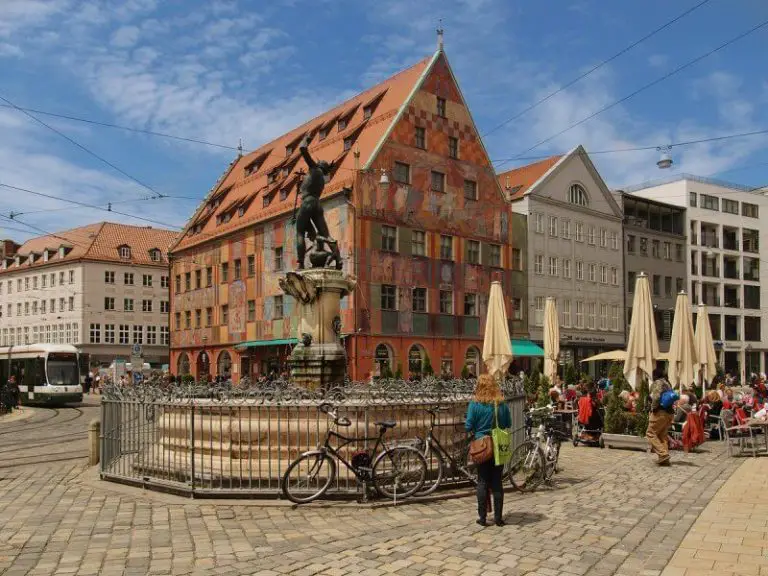
General information
Augsburg is a Bavarian city in southern Germany. The population is 290 thousand people. Area – 146.87 km². The nearest large settlements are Munich (55 km), Nuremberg (120 km), Stuttgart (133 km), Zurich (203 km).
Augsburg is the third largest city in Bavaria, the administrative center of Swabia and the largest industrial center of the country.
Related entries:
- Tourist’s guide to Magdeburg – the greenest city of Germany
- Tourist’s guide to Erfurt, an ancient city in the heart of Germany
- Tourist’s guide to Bonn, the city in which Beethoven was born
- 5 best attractions of the city of Magdeburg in Germany
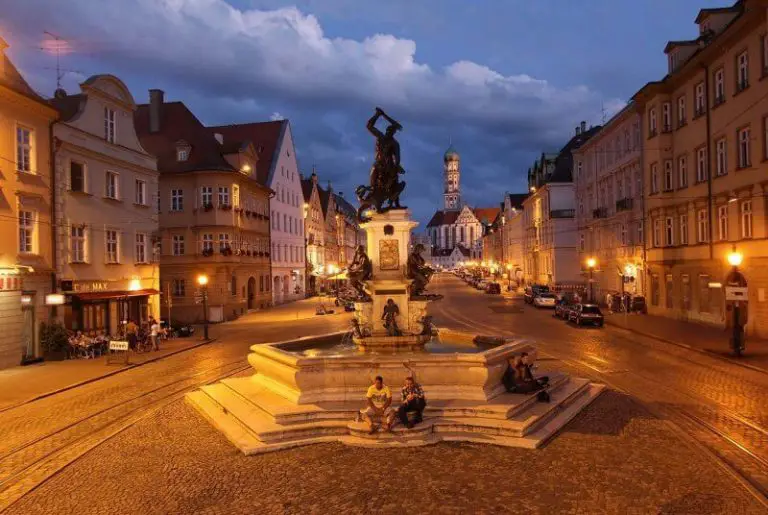
This is one of the oldest cities in modern Germany, founded in the 15th century BC. The heyday of the city came in the Middle Ages. Until the 16th century, it was the largest shopping center, and from the 17th to the 19th century it was the industrial capital of Bavaria.
Augsburg was lucky, because during the Second World War he was not badly injured, and, unlike other German cities, the historical building was preserved here.
Compared to other cities in Bavaria, the capital of Swabia is not very rich in attractions, but there are no problems with what to see in Augsburg.
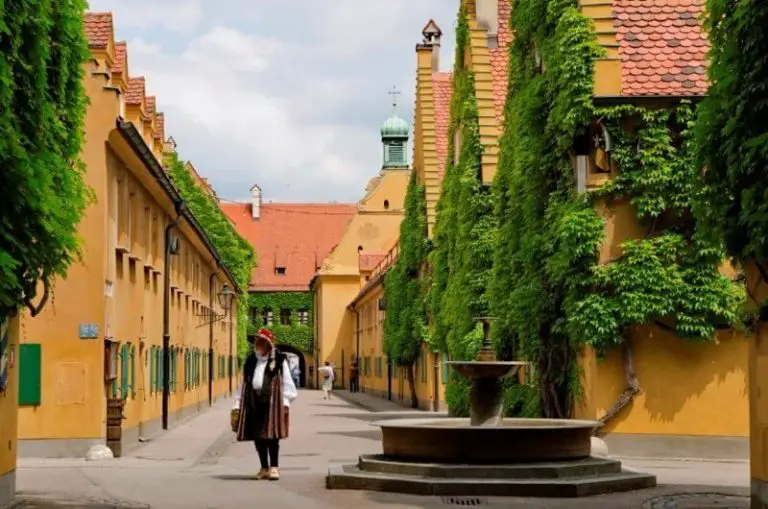
Fuggerei is perhaps the most atmospheric historical part of the city. This is the oldest social settlement in the world, the construction of which was begun under Jacob II Fugerre the Younger in 1514-1523.
The old quarter consisted of 8 gates, 7 streets and 53 two-story houses. In the center of the town was a temple. It is interesting that only very poor people who could not afford to buy their own housing could live in this area. In fact, this is a prototype of modern apartment buildings.
Today in this part of Augsburg there are still people who do not have the opportunity to rent expensive housing. When selecting guests, a special commission also draws attention to religion (necessarily Catholic) and to the number of years lived in Augsburg (at least 2). The gate to the quarter, as before, closes at 10 pm, and residents who do not have time to return to this time need to pay the guard 1 euro for entry.
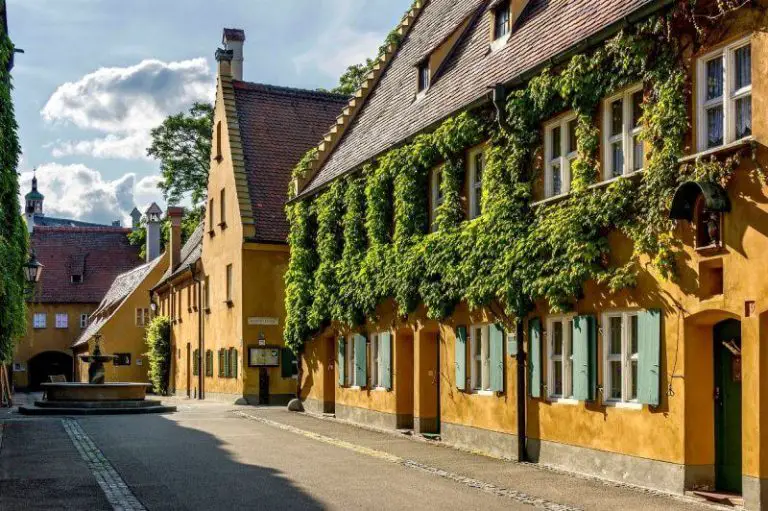
But still today it is rather a tourist area, which travelers love very much. Here you can:
- Take a walk.
- Enter the Fuggerei Museum, which consists of two rooms. The first demonstrates the dwelling of people in the 15th century, and the second – the room of modern residents.
- Look at the small Fuggerei church, which is still hosting services.
- To see the fountain and the monument to Jacob Fugger – the famous patron of Augsburg, who financed this area.
- Look into the beer garden.
During the walk, pay attention to the door handles: according to legend, they were specially made in different shapes and sizes so that people who returned home late in the evening (and there was no electricity then) could find their door.
If you want a break from the bustling central streets of Augsburg, be sure to visit this area.
- Address: Jakoberstr. 26 | At the end of Vorderer Lech, 86152 Augsburg, Germany.
- Opening hours: 8.00 – 20.00
- Cost: 5 euros.
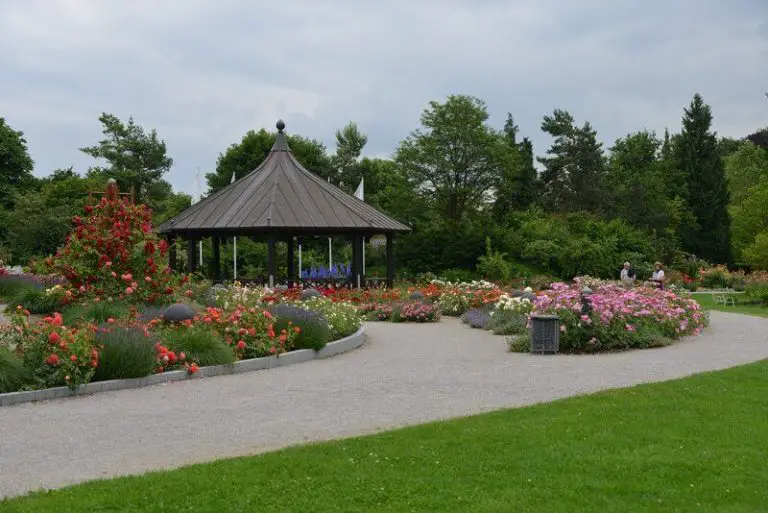
The only botanical garden in the city of Augsburg, covering an area of 10 square kilometers, consists of:
- Japanese garden. The largest part of the botanical garden. Here you can admire the minimalist flower beds, succulents, small fountains and picturesque bridges across the river.
- Gardens of medicinal plants. Here herbs and flowers are planted, which are used to combat a number of diseases. The collection contains about 1200 species of plants.
- Garden of roses. More than 280 varieties of roses grow in this part of the park. They are planted both in flowerbeds and in special beds. Each rose blooms at certain times of the year, so whenever you come, be sure to see a couple of opened buds.
- Park of wild grasses and ferns. Perhaps one of the most interesting parts of the botanical garden. Plants are planted right in the grass, but this does not stop you from enjoying their beauty.
- Collections of cacti, succulents and milkweed. This is one of the most famous gatherings that are located on the territory of the botanical garden. About 300 species of succulents and more than 400 species of cacti are represented.
- A tropical garden in which butterflies fly all year and orchids grow.
Tourists note that the botanical garden is very well-groomed: there is no thicket and garbage.
- Address: Dr.-Ziegenspeck-Weg 10, 86161 Augsburg, Germany.
- Opening hours: 9.00 – 19.00
- Cost: 9 euros.
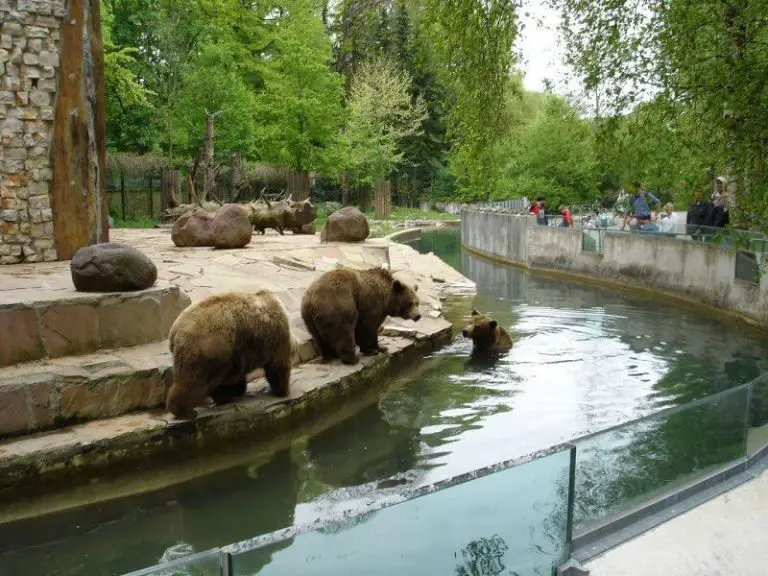
In the zoo, located near the city center, you can see about 2500 animals from five continents, 350 species of birds. Augsburg Zoo covers an area of 22 hectares and is divided into the following parts:
- Sea pool. Fur seals, seals and dolphins live here.
- Pavilion with an aquarium. More than 200 species of fish and 10 species of sea urchins live here.
- Aviaries with animals. In spacious enclosures live lions, zebras, giraffes, tigers, llamas and other animals.
- Outdoor area. In this place go ponies and kids.
The zoo often hosts performances and festive events. Also at 13.00 you can watch how the staff of the zoo feed fur seals.
- Address: Brehmplatz 1, 86161 Augsburg, Bavaria
- Schedule: 9.00-16.30 (November – February), 9.00-17.00 (March, October), 9.00-18.00 (April, May, September), 9.00-18.30 (all summer).
Cost in Euro:
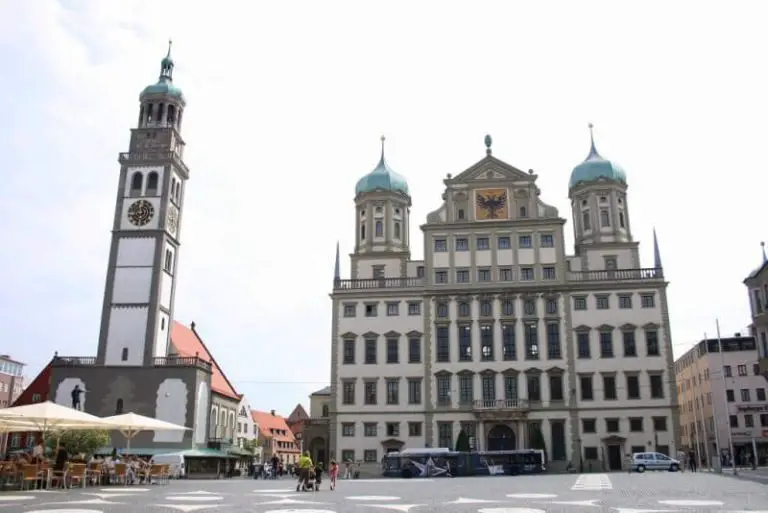
The central square of Augsburg is the heart of the Old Town. Here are the main historical buildings, and on weekdays there is a farmer’s market. In December, before Christmas, the Christmas market opens, where residents and visitors of Augsburg, Germany can buy traditional German sweets, Christmas decorations, decorations, wool products and souvenirs.
The most important building on the square is the Augsburg Town Hall, which for centuries has remained the highest in Europe (and even today its size is impressive). On the facade of the main building is an image of a black double-headed eagle – a symbol of the Free Imperial city.
The main premises of the Town Hall are the golden hall, where ceremonial events are held to this day. On the gilded ceiling – images of saints and emperors, on the walls – ancient frescoes.
Many tourists say that this is the most beautiful Town Hall in modern Germany. And this is exactly the attraction that you can see more often than others in the photo of the city of Augsburg in Germany.
- Where to find: Rathausplatz 2, 86150 Augsburg, Bavaria.
- Opening hours of the Town Hall: 7.30 – 12.00.
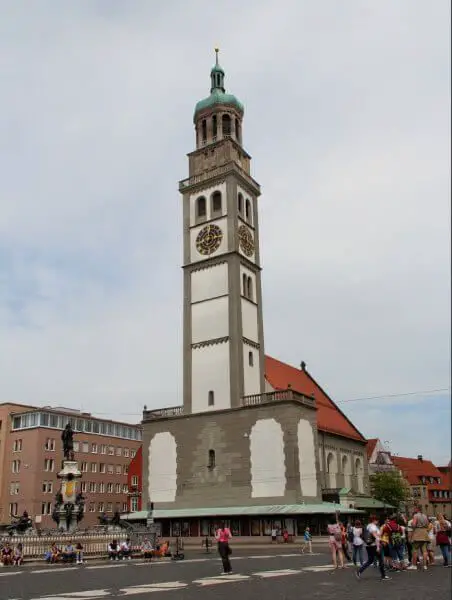
Perlahturm Tower is the main watchtower of the city. Its height reaches 70 meters, and it was built back in 890. At the top of the sights are the clocks.
If you rise to the top of the sights, you can be on the observation deck: from here you can see the city, which is visible at a glance, as well as take beautiful photos of Augsburg. But for this, you first need to overcome the 261 steps.
More than 300 people visit this landmark of Augsburg daily, and during the holidays the figure reaches 700.
- Address: St. Peter am Perlach, 86150 Augsburg, Bavaria
- Opening hours: May – October (from 10.00 – 18.00)
- Cost: 1.5 euros (charge at the observation deck).
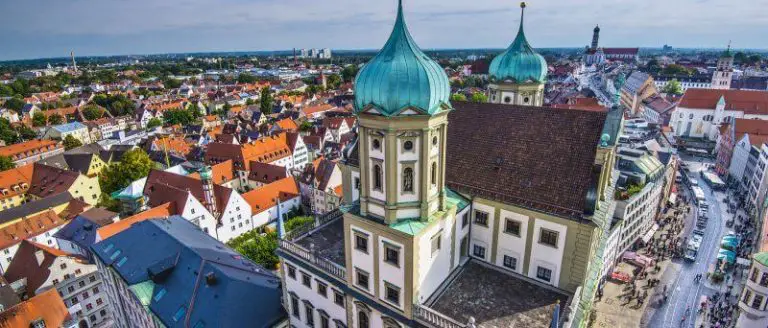
During the years of World War II, the German family of Ochmićen opened its own puppet theater. They made their own characters for performances and sets, and the first performances took place in their small house.
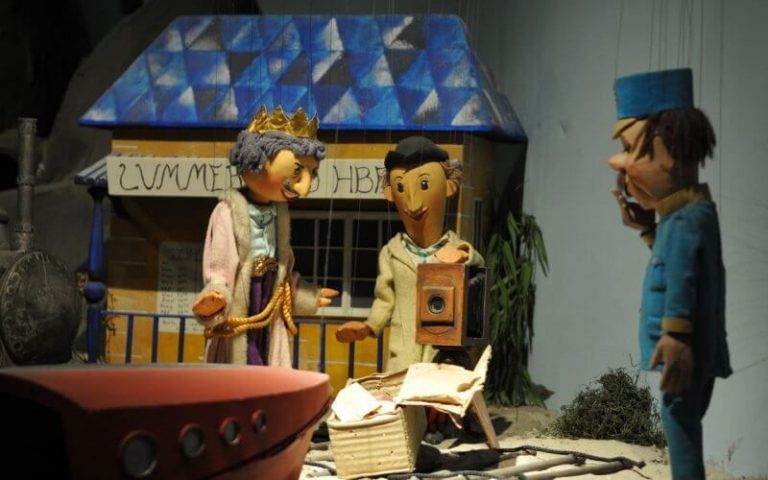
Now the puppet theater is a separate building, and the grandchildren of the founders direct it. There is a museum at the theater. Here you can see both modern and old models of dolls, look at the process of making the scenery and find out how the script is written. The museum periodically hosts workshops on making dolls.
- Address: Spitalgasse 15, 86150 Augsburg, Germany.
- Opening hours: 10.00 – 17.00.
- Cost: 6 euros.
Like most churches in the city, the basilica of Saints Urlich and Afra was built in the Baroque style: white walls and ceilings, gilded partitions and a lush altar. However, there are a number of Gothic elements. This is, first of all, a wooden organ, and, secondly, lancet windows.
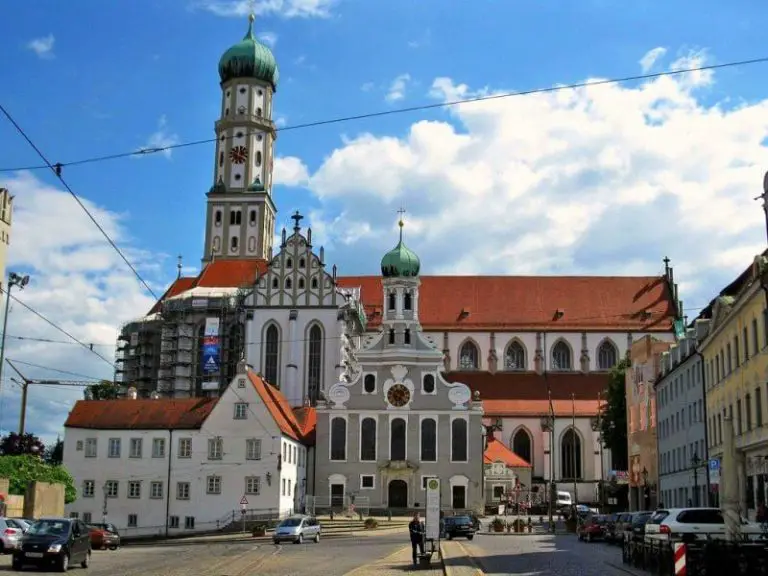
In the temple you can see a rich collection of Orthodox icons from Russia and ancient salaries. Also, the Basilica of Saints Urlich and Afra is known due to the fact that under the altar there is the tomb of St. Afra.
Services are still being held in the cathedral, so there will be no problems getting into the building.
- Address: Ulrichplatz 19, 86150 Augsburg, Bavaria.
- Open: 9.00 – 12.00.
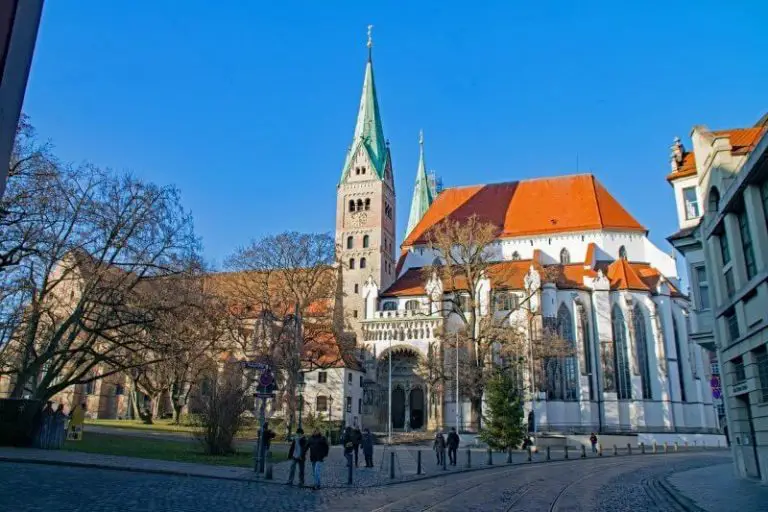
The Cathedral of St. Mary (Dom St. Maria) or the Augsburg Cathedral is the oldest Roman Catholic church in the city of Augsburg. It was built in the 15th century, and the last restoration was completed in 1997.
The interiors of the Augsburg Cathedral in Augsburg are decorated in the Baroque style: white ceilings, frescoes on the walls and a golden altar. There are also a number of elements characteristic of the Gothic style. These are window stained-glass windows and lancet arches.
Unfortunately, it is no longer possible to get into the church for free, since services are not provided here, and it works exclusively for tourists. To enter the cathedral at any time also does not work: you must come to the time of the excursion, which starts daily at 14.30.
- Address: Hoher Weg, Augsburg, Germany.
- Cost: 2 euros.
Where to stay
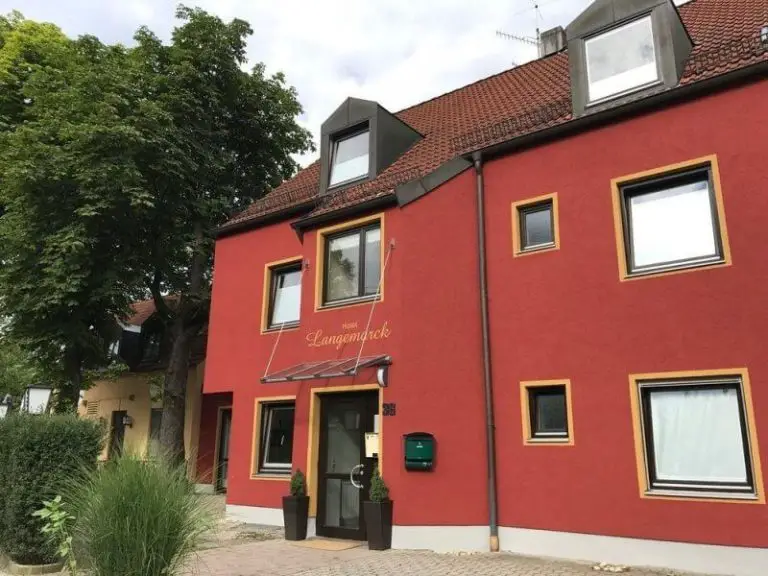
In the city of Augsburg there are about 45 hotels and hotels (most of all hotels without stars). Bavaria is a very popular region for tourists, so hotel rooms must be booked at least 2 months before the trip.
A double room in the high season at the 3 * hotel will cost 80-100 euros, which is somewhat cheaper than in neighboring cities. As a rule, this price includes: free Wi-Fi in the hotel, breakfast (European or American), all the necessary equipment in the room and amenities for people with disabilities.
Apartment for two with European renovation in the center of Augsburg will cost 40-45 euros. All apartments have all the necessary household appliances and basic necessities.
The city is small, so wherever you stay, you can quickly get to the sights of Augsburg, Germany.
Transport connection
Augsburg is located in a very good location, so there will be no problems with how to get to the city. Nearest airports:
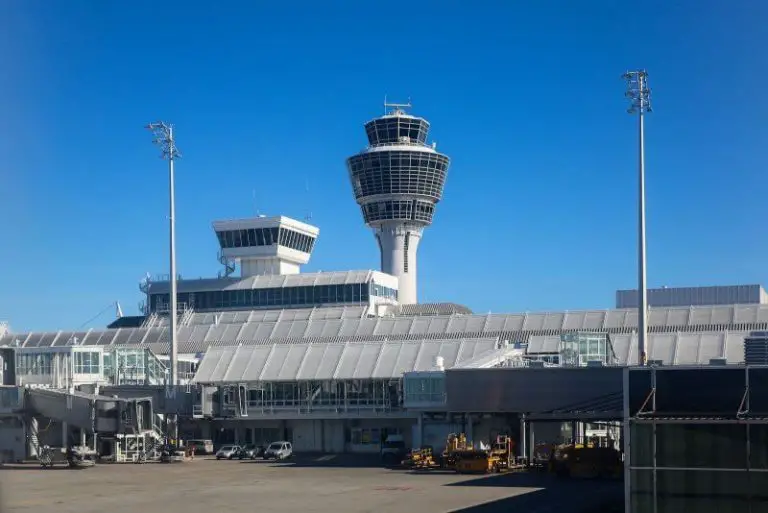
- Airport Augsburg – Augsburg, Germany (9 km);
- Memmingen-Allgäu Airport – Memmingen, Germany (76 km);
- Airport Franz Josef Strauss – Munich, Germany (80 km).
Nearest major cities:
- Munich – 55 km;
- Nuremberg – 120 km;
- Stuttgart – 133 km.
The main flow of tourists travels to Augsburg from Munich, and it is most convenient to get from one city to another by train. You need to take the Re train at the München Hbf station and get off at Augsburg Hbf. Travel time is 40 minutes. The cost is 15-25 euros. Tickets can be purchased at the central railway station of the city. Trains run every 3-4 hours.
All prices on the page are for May 2019.
Interesting Facts
- Wolfgang Mozart’s grandfather lived in one of the houses of the Fuggerei quarter. After 30 years, his girlfriend settled in the house next door.
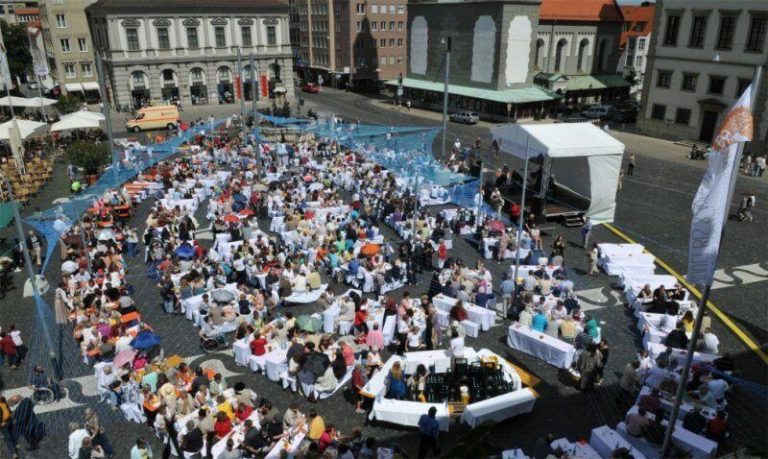
- On August 8, the Peace Festival is celebrated in Augsburg. This is the only official public holiday that exists in only one city.
- On public holidays, races take place in the Perlachturm tower: you need to climb to the top of the attraction in less than a minute. A pleasant surprise awaits the winner.
- Augsburg is one of the greenest cities in Germany.
Augsburg, Germany is a city with well-preserved historical sights, which is not inferior in beauty to Nuremberg and Munich.
Video: A trip to Augsburg.
Leave a Comment
Save my name, email, and website in this browser for the next time I comment.
Winter is here! Check out the winter wonderlands at these 5 amazing winter destinations in Montana
- Travel Destinations
67 Hidden Gems: Germany’s Most Beautiful Towns
Published: August 17, 2024
by Mariam Trice
Germany is famous for its bustling cities like Berlin and Munich, but have you ever thought about the hidden gems tucked away in its countryside? These beautiful towns offer a glimpse into the country's rich history, stunning architecture, and charming local culture. Imagine strolling through cobblestone streets, admiring half-timbered houses, and enjoying a peaceful moment by a serene river. From the fairy-tale charm of Rothenburg ob der Tauber to the picturesque beauty of Quedlinburg, each town has its unique story and allure. Ready to uncover some of Germany's most enchanting spots? Let's dive into the 67 most beautiful towns you must visit.
Discover Germany's Hidden Gems
Germany, known for its bustling cities and rich history, also hides quaint towns that offer a unique charm. These lesser-known spots provide a glimpse into the country's diverse culture and stunning landscapes. Let's explore some of Germany's most beautiful towns.
Enchanting Medieval Towns
Step back in time with these medieval towns that have preserved their historical charm.
Rothenburg ob der Tauber : Famous for its well-preserved medieval architecture, this town looks like a fairy tale come to life. Wander through cobblestone streets and admire half-timbered houses.
Quedlinburg : A UNESCO World Heritage site, Quedlinburg boasts over 1,300 half-timbered houses. Its winding streets and ancient buildings make it a must-visit.
Goslar : Nestled in the Harz Mountains, Goslar offers a blend of medieval and Renaissance architecture. The Imperial Palace and charming old town are highlights.
Picturesque River Towns
These towns along Germany's rivers offer stunning views and serene atmospheres.
Bacharach : Located on the Rhine River, Bacharach is known for its vineyards and medieval walls. The town's picturesque setting makes it perfect for a relaxing getaway.
Cochem : Overlooking the Moselle River, Cochem features a stunning castle and scenic river views. It's a great spot for wine lovers and history buffs alike.
Miltenberg : Situated on the Main River, Miltenberg is famous for its half-timbered houses and historic market square. Enjoy a leisurely stroll along the riverbank.
Charming Alpine Villages
Experience the beauty of the Alps with these charming villages.
Oberammergau : Known for its Passion Play and beautifully painted houses, Oberammergau offers a unique blend of culture and natural beauty. The surrounding mountains provide excellent hiking opportunities.
Mittenwald : Famous for its violin-making tradition, Mittenwald is a picturesque village with colorful frescoes and stunning alpine views. The nearby Karwendel Mountains are perfect for outdoor activities.
Garmisch-Partenkirchen : This twin town offers a mix of Bavarian charm and alpine adventure. Visit the Zugspitze, Germany's highest peak, or explore the historic Ludwigstrasse.
Coastal Treasures
Discover the beauty of Germany's northern coast with these charming seaside towns.
Wismar : A UNESCO World Heritage site, Wismar features well-preserved medieval architecture and a bustling harbor. The town's maritime history is evident in its charming old town.
Husum : Known as the "Grey Town by the Sea," Husum offers a unique blend of coastal charm and cultural attractions. Explore the harbor, historic buildings, and nearby Wadden Sea National Park.
Warnemünde : This seaside resort town boasts a beautiful beach, historic lighthouse, and vibrant promenade. It's a perfect spot for a relaxing coastal escape.
Hidden Gems in the Countryside
These lesser-known towns in the German countryside offer peace and tranquility.
Monschau : Nestled in the Eifel region, Monschau is famous for its half-timbered houses and scenic river views. The town's narrow streets and historic buildings create a charming atmosphere.
Schwäbisch Hall : Located in the Swabian region, Schwäbisch Hall features a picturesque old town and beautiful riverside setting. The town's rich history and cultural attractions make it worth a visit.
Freudenberg : Known for its unique half-timbered houses, Freudenberg offers a quaint and peaceful setting. The town's historic center is a delight to explore.
Fairytale Castles and Palaces
These towns are home to some of Germany's most enchanting castles and palaces.
Schwangau : Famous for Neuschwanstein Castle, Schwangau offers stunning views of the Bavarian Alps. The nearby Hohenschwangau Castle adds to the town's fairytale charm.
Heidelberg : Home to the iconic Heidelberg Castle, this town boasts a beautiful old town and scenic river views. The castle's romantic ruins are a highlight.
Eltville am Rhein : Known for its wine and historic buildings, Eltville am Rhein features the beautiful Eltville Castle. The town's riverside setting and charming streets make it a perfect destination.
Vibrant Cultural Hubs
These towns offer a rich cultural experience with their festivals, museums, and historic sites.
Weimar : Known as the birthplace of German classicism, Weimar is home to numerous cultural attractions, including the Goethe and Schiller Archives. The town's rich history and vibrant arts scene make it a cultural hub.
Bamberg : A UNESCO World Heritage site, Bamberg boasts a stunning old town and numerous historic buildings. The town's unique blend of medieval and baroque architecture is a visual treat.
Lübeck : Famous for its medieval old town and marzipan, Lübeck offers a rich cultural experience. The town's historic buildings and vibrant arts scene make it a must-visit.
Serene Lakeside Retreats
These towns by the lakes offer tranquility and natural beauty.
Meersburg : Located on Lake Constance, Meersburg features a charming old town and stunning lake views. The town's historic buildings and vineyards add to its appeal.
Tegernsee : Nestled by Lake Tegernsee, this town offers a serene setting and beautiful alpine views. The town's spa facilities and outdoor activities make it a perfect retreat.
Chiemsee : Known as the "Bavarian Sea," Chiemsee is home to charming towns like Prien and Gstadt. The lake's stunning scenery and historic sites, including Herrenchiemsee Palace, make it a popular destination.
Unique Architectural Wonders
These towns boast unique architectural styles and historic buildings.
Wernigerode : Known for its colorful half-timbered houses, Wernigerode offers a unique architectural experience. The town's stunning castle and historic buildings are highlights.
Füssen : Located near the Austrian border , Füssen features a beautiful old town and stunning alpine views. The town's historic buildings and proximity to Neuschwanstein Castle make it a must-visit.
Tübingen : Famous for its well-preserved medieval old town, Tübingen offers a unique blend of history and culture. The town's picturesque setting along the Neckar River adds to its charm.
Off-the-Beaten-Path Villages
These lesser-known villages offer a peaceful escape from the hustle and bustle.
Bad Wimpfen : Known for its historic buildings and beautiful setting along the Neckar River, Bad Wimpfen offers a peaceful retreat. The town's charming streets and historic sites are worth exploring.
Schiltach : Nestled in the Black Forest, Schiltach features picturesque half-timbered houses and scenic river views. The town's tranquil setting and historic buildings make it a perfect escape.
Dinkelsbühl : This medieval town offers a well-preserved old town and charming streets. The town's historic buildings and peaceful atmosphere make it a hidden gem.
Vibrant Market Towns
These towns are known for their bustling markets and vibrant atmospheres.
Freiburg im Breisgau : Located in the Black Forest, Freiburg features a vibrant market square and beautiful old town. The town's lively atmosphere and historic buildings make it a must-visit.
Lindau : Situated on Lake Constance, Lindau offers a charming old town and bustling market square. The town's stunning lake views and historic buildings add to its appeal.
Bad Tölz : Known for its vibrant market and beautiful setting along the Isar River, Bad Tölz offers a unique blend of history and culture. The town's charming streets and lively atmosphere make it a perfect destination.
Historic Spa Towns
These towns are famous for their historic spa facilities and beautiful settings.
Baden-Baden : Known for its luxurious spas and beautiful setting in the Black Forest, Baden-Baden offers a relaxing retreat. The town's historic buildings and cultural attractions add to its appeal.
Bad Kissingen : Famous for its healing waters and beautiful parks, Bad Kissingen offers a serene setting and historic spa facilities. The town's charming streets and tranquil atmosphere make it a perfect escape.
Bad Reichenhall : Nestled in the Bavarian Alps, Bad Reichenhall features historic spa facilities and stunning mountain views. The town's beautiful setting and relaxing atmosphere make it a must-visit.
Quaint Wine Villages
These villages are known for their vineyards and charming atmospheres.
Rüdesheim am Rhein : Located in the heart of the Rhine wine region, Rüdesheim offers a charming old town and beautiful vineyards. The town's wine culture and scenic setting make it a perfect destination.
Bernkastel-Kues : Situated on the Moselle River, Bernkastel-Kues features picturesque half-timbered houses and beautiful vineyards. The town's wine culture and historic buildings add to its appeal.
Deidesheim : Known for its wine and charming streets, Deidesheim offers a unique blend of history and culture. The town's vineyards and beautiful setting make it a must-visit.
Artistic Havens
These towns are known for their vibrant arts scenes and cultural attractions.
Dresden : Famous for its stunning architecture and vibrant arts scene, Dresden offers a unique cultural experience. The town's historic buildings and numerous museums make it a must-visit.
Leipzig : Known for its rich musical heritage and vibrant arts scene, Leipzig offers a unique blend of history and culture. The town's historic buildings and lively atmosphere make it a perfect destination.
Kassel : Famous for its art exhibitions and beautiful parks, Kassel offers a unique cultural experience. The town's historic buildings and vibrant arts scene make it a must-visit.
Serene Forest Retreats
These towns nestled in forests offer peace and natural beauty.
Triberg : Located in the Black Forest, Triberg is famous for its stunning waterfalls and beautiful setting. The town's charming streets and natural attractions make it a perfect retreat.
Bad Wildbad : Known for its historic spa facilities and beautiful setting in the Black Forest, Bad Wildbad offers a relaxing retreat. The town's tranquil atmosphere and natural beauty make it a must-visit.
Freudenstadt : Nestled in the Black Forest, Freudenstadt features a beautiful market square and stunning natural surroundings. The town's charming streets and peaceful atmosphere make it a perfect escape.
Historic University Towns
These towns are known for their prestigious universities and rich histories.
Heidelberg : Home to Germany's oldest university, Heidelberg boasts a beautiful old town and stunning river views. The town's historic buildings and vibrant student life make it a must-visit.
Tübingen : Famous for its well-preserved medieval old town and prestigious university, Tübingen offers a unique blend of history and culture. The town's picturesque setting along the Neckar River adds to its charm.
Marburg : Known for its historic university and beautiful old town, Marburg offers a unique blend of history and culture. The town's charming streets and vibrant student life make it a perfect destination.
Scenic Mountain Towns
These towns nestled in the mountains offer stunning views and outdoor activities.
Berchtesgaden : Located in the Bavarian Alps, Berchtesgaden features stunning mountain views and outdoor activities. The town's beautiful setting and historic buildings make it a must-visit.
Oberstdorf : Known for its beautiful alpine setting and outdoor activities, Oberstdorf offers a unique blend of natural beauty and adventure. The town's charming streets and stunning views make it a perfect retreat.
Peaceful Monastic Towns
These towns are known for their historic monasteries and tranquil atmospheres.
Maulbronn : Home to the Maulbronn Monastery, a UNESCO World Heritage site, this town offers a unique blend of history and tranquility. The town's historic buildings and peaceful setting make it a must-visit.
Ettal : Known for its beautiful monastery and stunning alpine views, Ettal offers a unique blend of history and natural beauty. The town's tranquil atmosphere and historic buildings make it a perfect retreat.
Bebenhausen : Nestled in the Schönbuch Forest, Bebenhausen features a beautiful monastery and picturesque setting. The town's historic buildings and peaceful atmosphere make it a must-visit.
Vibrant Festival Towns
These towns are known for their lively festivals and vibrant atmospheres.
Bayreuth : Famous for its annual Wagner Festival, Bayreuth offers a unique cultural experience. The town's historic buildings and vibrant arts scene make it a must-visit.
Augsburg : Known for its rich history and vibrant festivals, Augsburg offers a unique blend of culture and tradition. The town's historic buildings and lively atmosphere make it a perfect destination.
Nuremberg : Famous for its Christmas market and historic old town, Nuremberg offers a unique cultural experience. The town's vibrant festivals and historic buildings make it a must-visit.
Quaint Fishing Villages
These coastal villages offer a unique blend of maritime charm and natural beauty.
Greetsiel : Known for its picturesque harbor and charming streets, Greetsiel offers a unique blend of maritime charm and natural beauty. The town's historic buildings and tranquil atmosphere make it a perfect retreat.
Neuharlingersiel : Located on the North Sea coast, Neuharlingersiel features a charming harbor and beautiful beaches. The town's maritime charm and scenic setting make it a must-visit.
Wremen : Known for its historic lighthouse and beautiful setting along the North Sea coast, Wremen offers a unique blend of maritime charm and natural beauty. The town's tranquil atmosphere and scenic views make it a perfect escape.
Historic Trade Towns
These towns are known for their rich trading histories and beautiful settings.
Hamelin : Famous for the Pied Piper legend, Hamelin offers a unique blend of history and charm. The town's beautiful old town and historic buildings make it a must-visit.
Lüneburg : Known for its rich trading history and beautiful old town, Lüneburg offers a unique blend of history and culture. The town's charming streets and historic buildings make it a perfect destination.
Görlitz : Located on the border with Poland , Görlitz features a stunning old town and rich trading history. The town's beautiful buildings and unique blend of cultures make it a must-visit.
Serene River Islands
These towns located on river islands offer unique settings and tranquil atmospheres.
Werder (Havel) : Located on an island in the Havel River, Werder offers a unique blend of natural beauty and historic charm. The town's beautiful setting and tranquil atmosphere make it a perfect retreat.
Ratzeburg : Situated on an island in Lake Ratzeburg, this town offers stunning views and a peaceful setting. The town's historic buildings and beautiful surroundings make it a must-visit.
Lindau : Located on an island in Lake Constance, Lindau features a charming old town and stunning lake views. The town's unique setting and beautiful buildings make it a perfect destination.
Unique Cultural Experiences
These towns offer unique cultural experiences and rich histories.
- Bautzen : Known for its rich Sorbian culture and beautiful old town, Bautzen offers a unique blend of history and tradition. The town's charming streets and vibrant cultural scene make it a must-visit.
Discover Germany's Hidden Treasures
Germany offers more than just bustling cities. Its hidden gems are scattered across the country, waiting to be explored. From the charming streets of Rothenburg ob der Tauber to the picturesque landscapes of Monschau, each town has its own unique story. These places provide a glimpse into Germany's rich history, culture, and natural beauty.
Traveling to these beautiful towns can be a refreshing change from the usual tourist spots. You’ll find quaint cafes , historic buildings, and stunning views that are perfect for a relaxing getaway. Whether you’re a history buff, nature lover, or just looking for a new adventure, Germany’s hidden gems have something for everyone.
So next time you plan a trip , consider venturing off the beaten path. You might just find your new favorite destination among Germany’s most beautiful towns.

- Privacy Overview
- Strictly Necessary Cookies
This website uses cookies so that we can provide you with the best user experience possible. Cookie information is stored in your browser and performs functions such as recognising you when you return to our website and helping our team to understand which sections of the website you find most interesting and useful.
Strictly Necessary Cookie should be enabled at all times so that we can save your preferences for cookie settings.
If you disable this cookie, we will not be able to save your preferences. This means that every time you visit this website you will need to enable or disable cookies again.

IMAGES
COMMENTS
Let's explore the best things to do in Augsburg: 1. Fuggerei. The world's oldest social housing project was started in 1516 by Jakob Fugger, the powerful merchant banker. Within a decade 52 houses had been constructed, and the sequence of streets and squares, served by a church, became a kind of town of its own.
2024. 4. Augsburg Town Hall. 839. Architectural Buildings. Augsburg's 17th-century city hall, recently restored following severe damage in World War II, is the architectural masterpiece of this ancient Roman city. See ways to experience (6) 5. Schaezlerpalais.
4. Take a Stroll through Augsburg's "Little Town": The Fuggerei. The Fuggerei. The Fuggerei, a little "town within the town" in Augsburg, is a wonderful area to explore on foot. You can enter through one of the community's four gates to see picturesque old homes, originally built to house the town's poorer Catholics.
The university town of Augsburg, Bavaria, was founded by the Romans in 15 BC, making it the oldest city in Bavaria and the second oldest in Germany. This city boasts a beautiful silhouette of historic architecture and is steeped in culture. Read on to find out how to get the most out of a stopover in Augsburg.
2024. 4. Augsburg Town Hall. 839. Architectural Buildings. Augsburg's 17th-century city hall, recently restored following severe damage in World War II, is the architectural masterpiece of this ancient Roman city. See ways to experience (6) 5. Botanischer Garten Augsburg.
Discover the best attractions in Augsburg including Fuggerei, St Anna Kirche, and Dom Mariä Heimsuchung. Lonely Planet. Destinations. Planning. Inspiration. Shop. Search. Saves. Open main menu. Europe. ... Often regarded as the first Renaissance church in Germany, the rather plain-looking (and well-hidden) St Anna Kirche is accessed via a set ...
Tourist information. Rathausplatz 1, Augsburg Phone: +49 (0) 821 50207-0 [email protected]. April to October Mo-Fr: 8:30am to 5:30pm Sat: 10am to 5pm Sun., holidays: 10am to 3pm. November to March Mo-Fr: 9am to 5pm Sat: 10am to 5pm. During the Christmas market the opening hours are the same as April to October
831. Architectural Buildings. Augsburg's 17th-century city hall, recently restored following severe damage in World War II, is the architectural masterpiece of this ancient Roman city. See full details. See ways to experience (6) 4. Augsburger Puppenkiste Die Kiste Museum. 315. Speciality Museums.
Things to Do in Augsburg, Germany: See Tripadvisor's 34,582 traveller reviews and photos of Augsburg tourist attractions. Find what to do today, this weekend, or in July. We have reviews of the best places to see in Augsburg. ... The Puppenkiste was top of our list of attractions to visit in Augsburg, mainly because we had seen the puppets on ...
1. Augsburg Town Hall. The majestic town hall of Augsburg. The most famous tourist attraction in Augsburg is probably the Augsburger Rathaus (town hall). It's widely acclaimed as the most important Renaissance-style building north of the Alps and was build between 1615 and 1625.
Germany, Europe. The largest city on the Romantic Road (and Bavaria's third largest), Augsburg is also one of Germany's oldest, founded by the stepchildren of Roman emperor Augustus over 2000 years ago. As an independent city state from the 13th century, it was also one of its wealthiest, free to raise its own taxes, with public coffers ...
Unique: the Hohe Friedensfest is a special celebration only marked within the Augsburg metropolitan area. It dates back to the Treaty of Westphalia of 1648 and is celebrated on 8 August each year. The focus is on the tolerant and peaceful coexistence of cultures and religions.
2024. 4. Augsburg Town Hall. 839. Architectural Buildings. Augsburg's 17th-century city hall, recently restored following severe damage in World War II, is the architectural masterpiece of this ancient Roman city. See ways to experience (6) 5. Schaezlerpalais.
Classic city tour in the World Heritage City of Augsburg. 25. from $16 per adult. Enigmatic Waters Quest Experience in Augsburg. 1. from $11 per adult. The Story of Jakob Fugger: A Self-Guided Audio Tour through Medieval Augsburg. 2. from $5 per adult.
2024. 4. Augsburg Town Hall. 839. Architectural Buildings. Augsburg's 17th-century city hall, recently restored following severe damage in World War II, is the architectural masterpiece of this ancient Roman city. See ways to experience (6) 5. Schaezlerpalais.
Tourist information. Rathausplatz 1, Augsburg Phone: +49 (0) 821 50207-0 [email protected]. April to October Mo-Fr: 8:30am to 5:30pm Sat: 10am to 5pm Sun., holidays: 10am to 3pm. November to March Mo-Fr: 9am to 5pm Sat: 10am to 5pm. During the Christmas market the opening hours are the same as April to October.
The top tourist attractions in Augsburg - one of the oldest cities in Germany.Read more here: https://www.annees-de-pelerinage.com/best-things-to-do-in-augsb...
How to spend 1 day in Augsburg Germany. Start the day by visiting the Augsburg Cathedral, one of the city's main attractions founded in the 11th century.. Follow to the Rathausplatz, a square in the old center where the famous Rathaus (City Hall), one of the symbols of the city is located.. Next to the Rathaus is the Perlachturm, a 70-meter tower that offers panoramic views of the city.
The Atlas Obscura Guide To Augsburg 9 Cool, Hidden, and Unusual Things to Do in Augsburg, Germany Updated October 11, 2021
Plan a two-day getaway filled with unique things to do in Augsburg Germany. Explore museums, renaissance architecture, and Christmas market. ... it's easy to lose your heart to Augsburg's endless charms. While it may not boast Germany's biggest attractions, this underrated gem is simply brimming with remarkable treasures well worth taking ...
Location: Augsburg Arsenal, Zeugplatz, Augsburg, Germany | Hours: Tue-Sun 10 a.m.-5 p.m. Mon closed | Price: Adult €7 | Website. Read more about Augsburg Arsenal & Roman Camp. Discover the historic beauty of Augsburg on foot with our walking tour. See medieval architecture, Renaissance art, and picturesque streets in one of Germany's ...
Augsburg is a Bavarian city in southern Germany. The population is 290 thousand people. Area - 146.87 km². The nearest large settlements are Munich (55 km), Nuremberg (120 km), Stuttgart (133 km), Zurich (203 km). Augsburg is the third largest city in Bavaria, the administrative center of Swabia and the largest industrial center of the country.
Germany is famous for its bustling cities like Berlin and Munich, but have you ever thought about the hidden gems tucked away in its countryside? These beautiful towns offer a glimpse into the country's rich history, stunning architecture, and charming local culture. Imagine strolling through cobblestone streets, admiring half-timbered houses, and enjoying a peaceful moment by a serene river.
As the route is dotted with places like Rothenburg ob der Tauber, Nordlingen, Augsburg, Dinkelsbuhl, and Wieskirche, you can be sure there's plenty to see and do along this road. The journey ends in Fussen (north to south), where you will also find Neuschwanstein and Hohenschwangau.